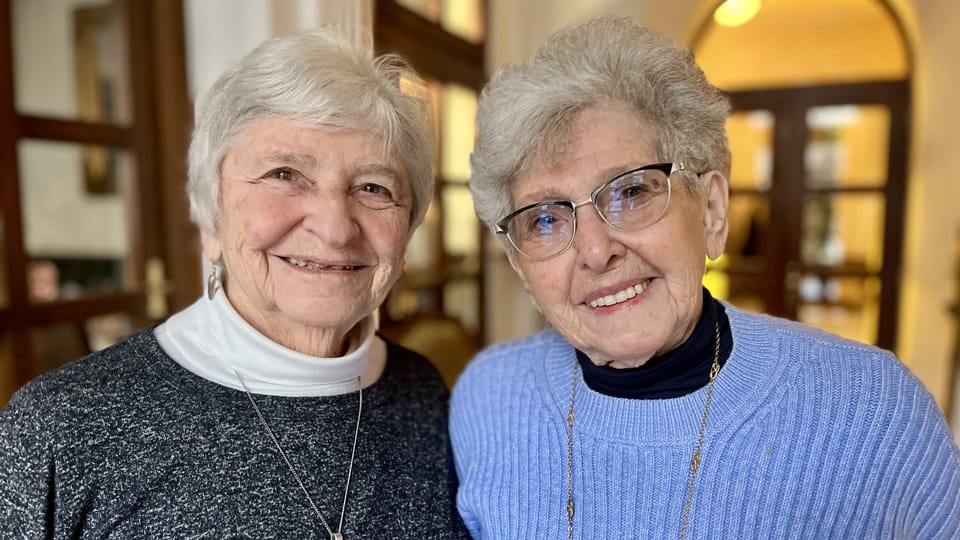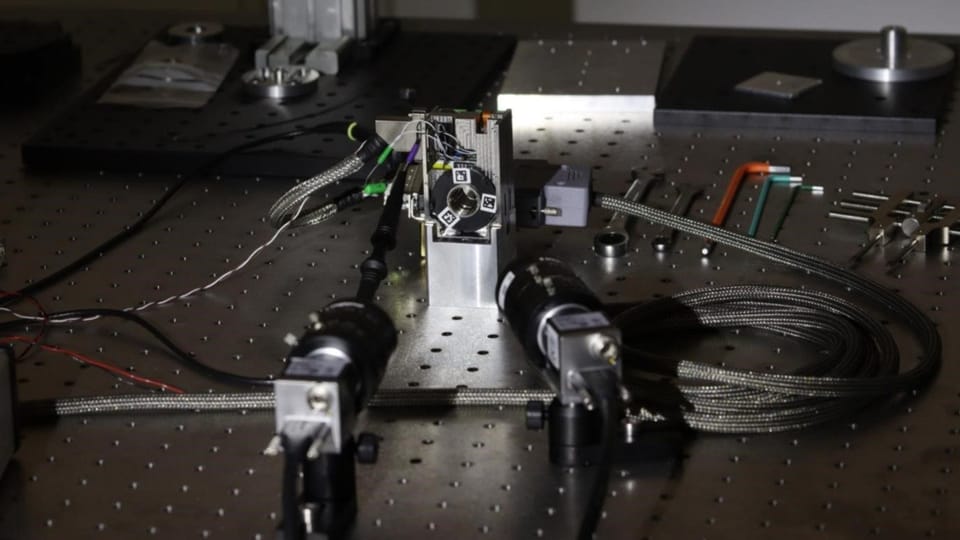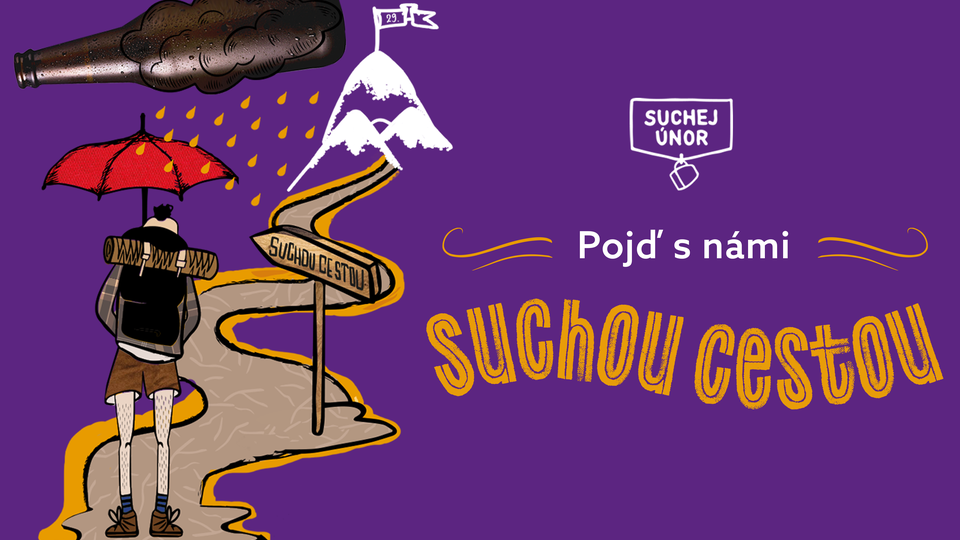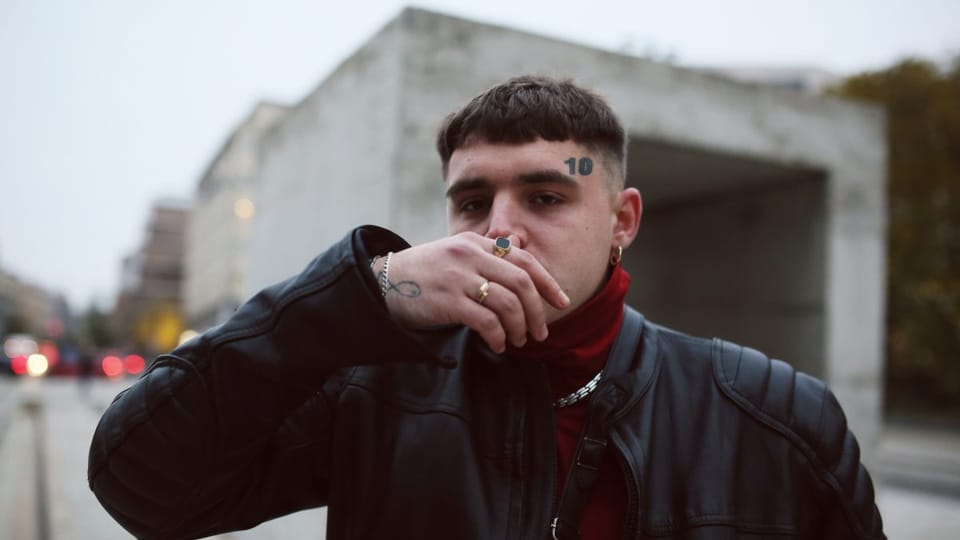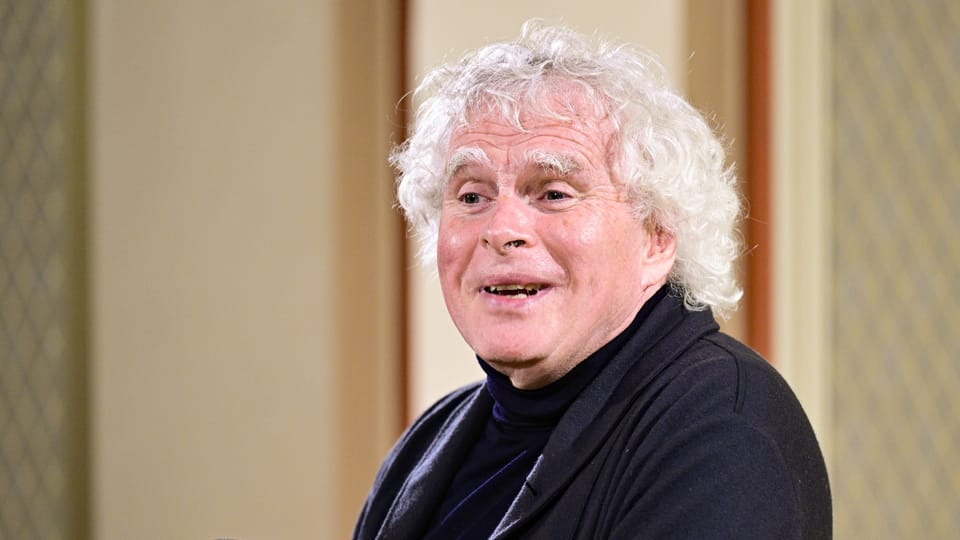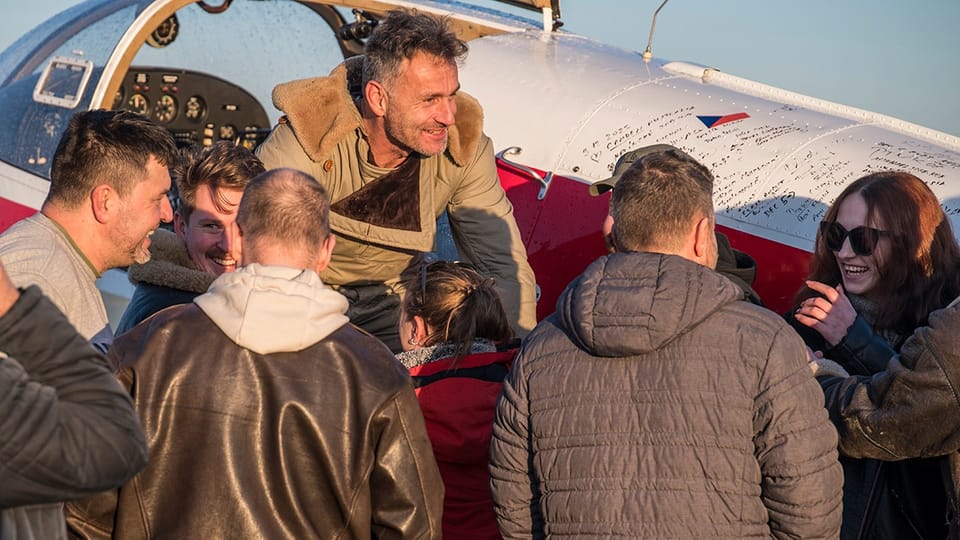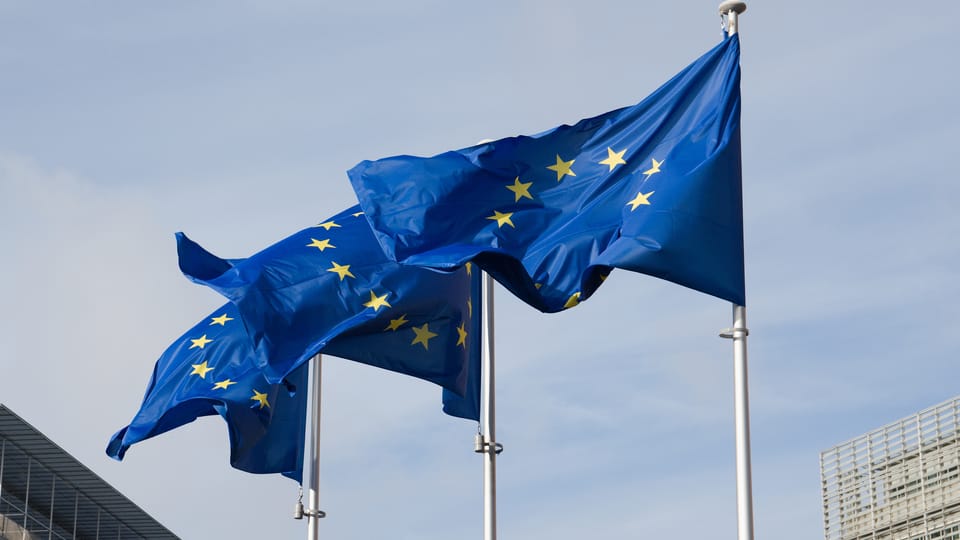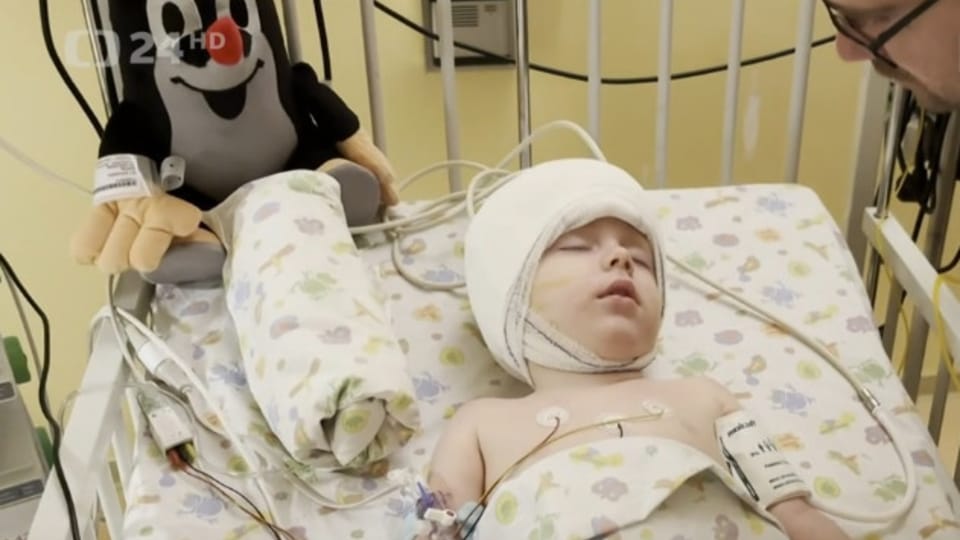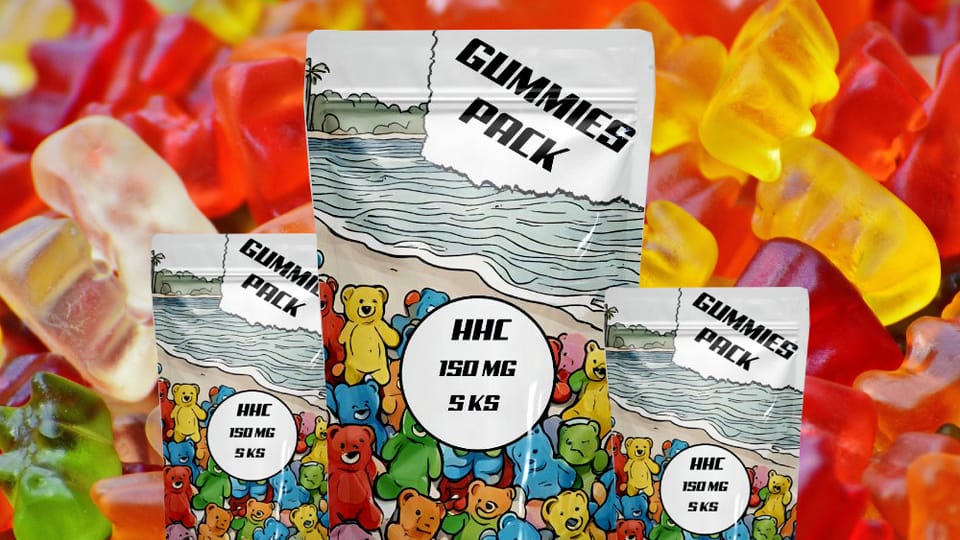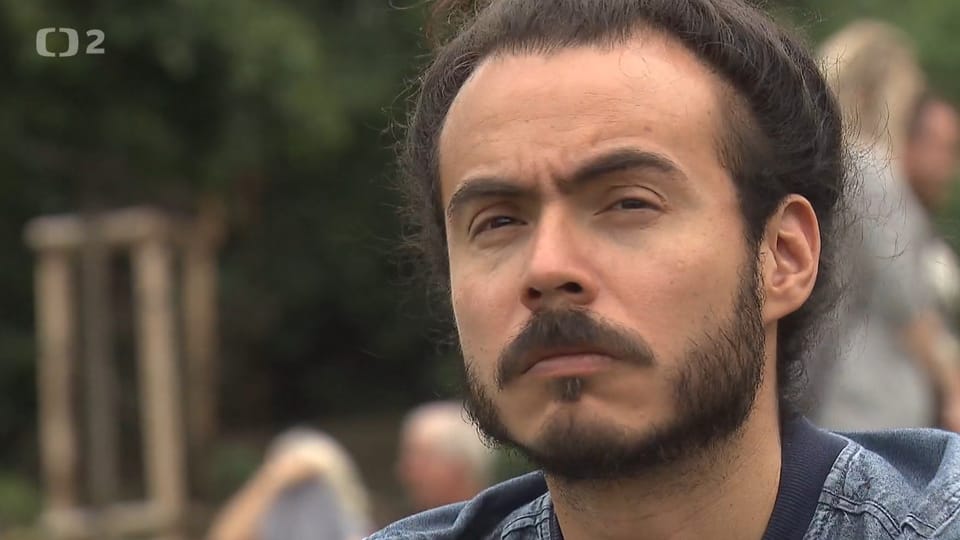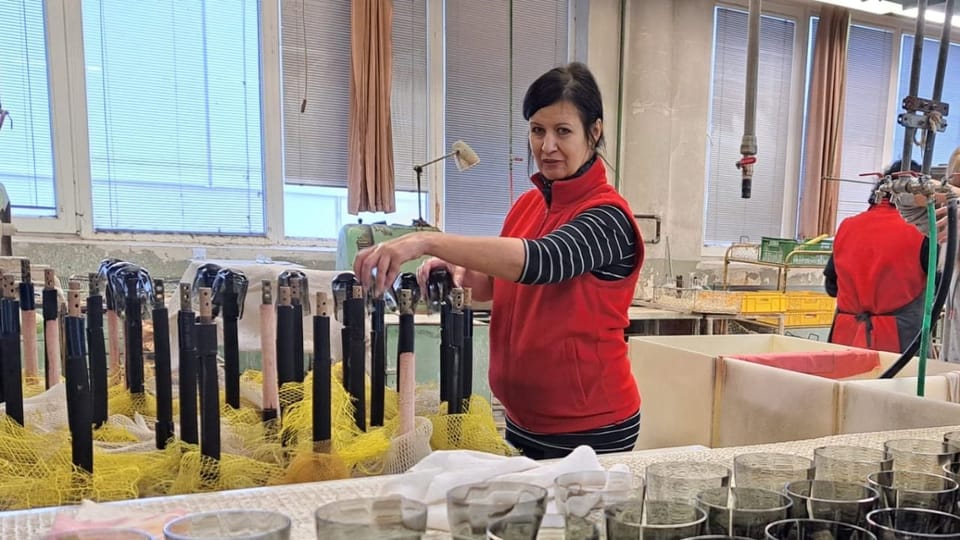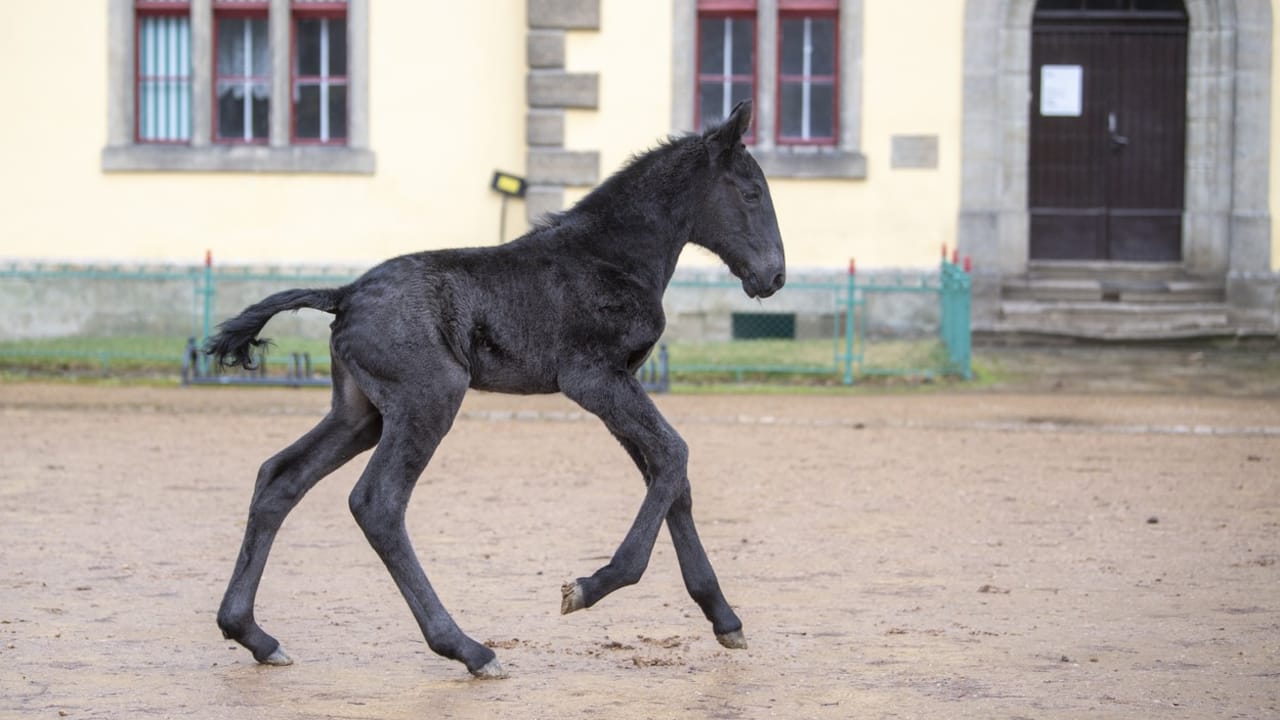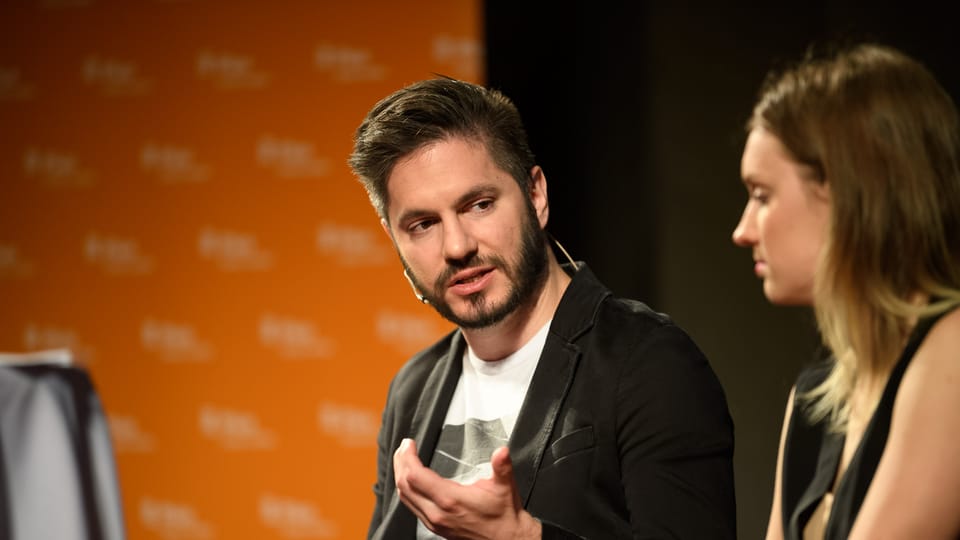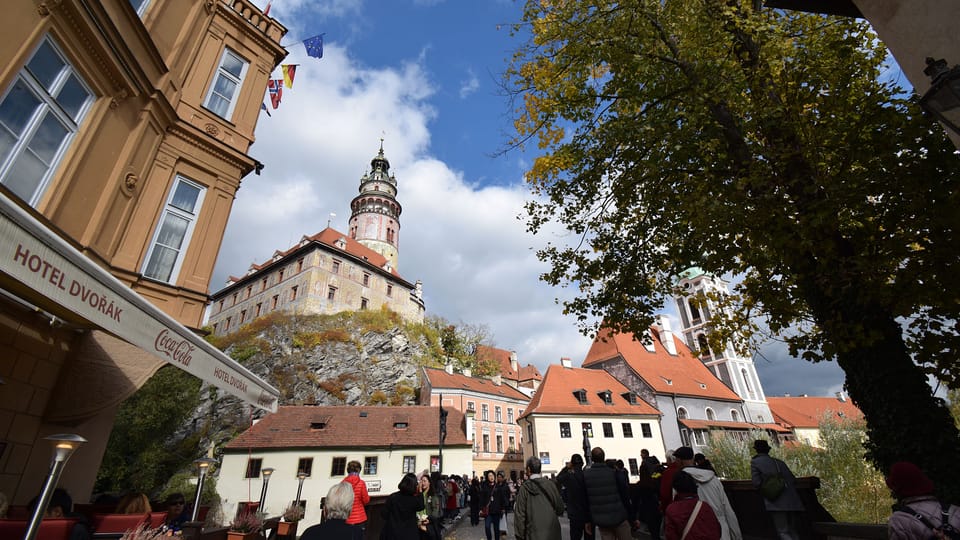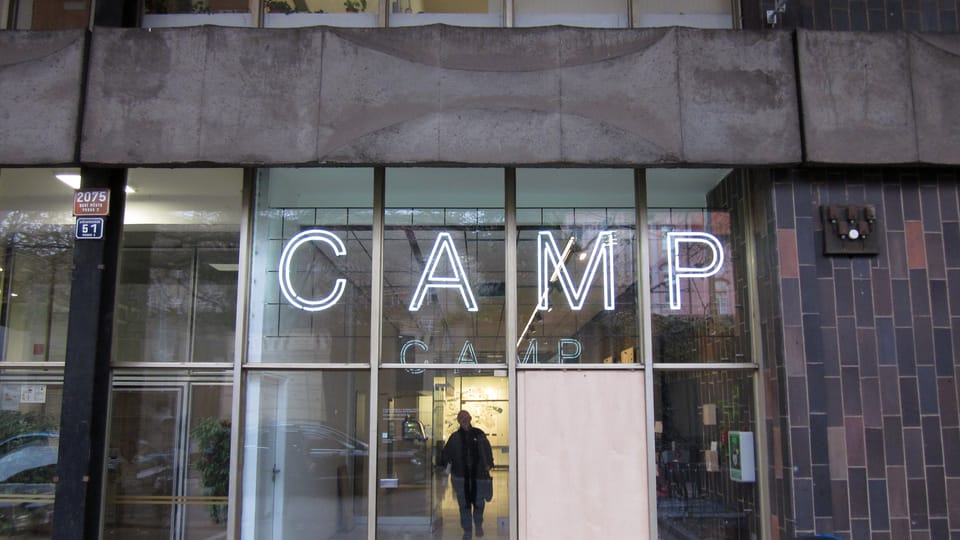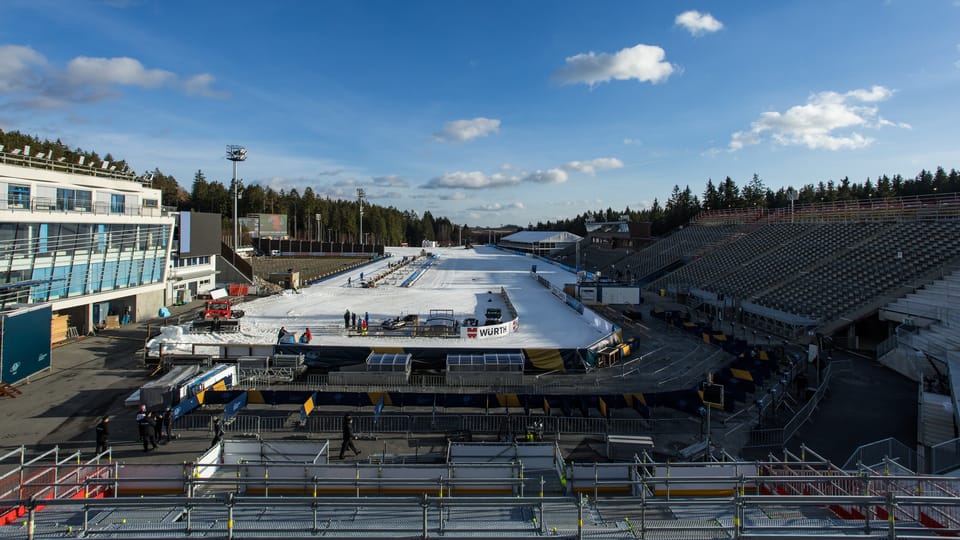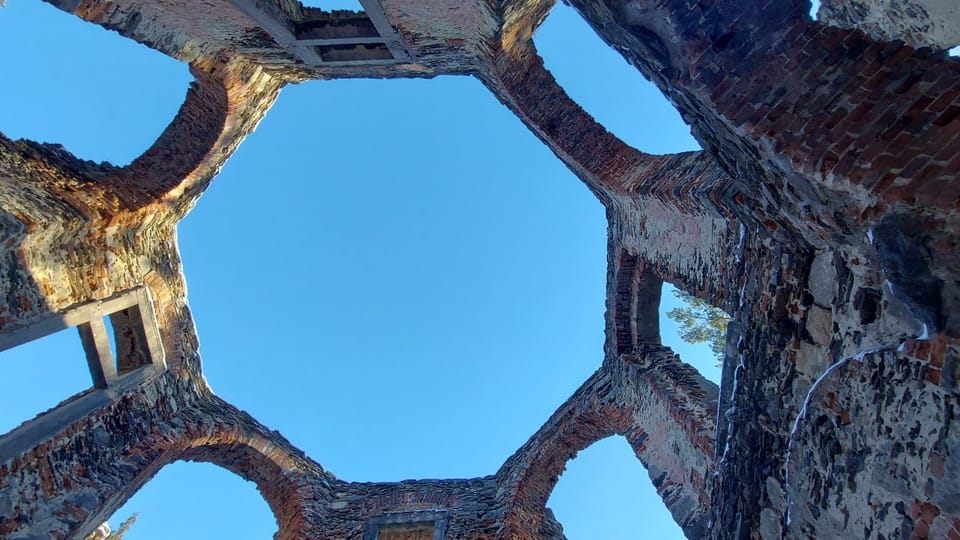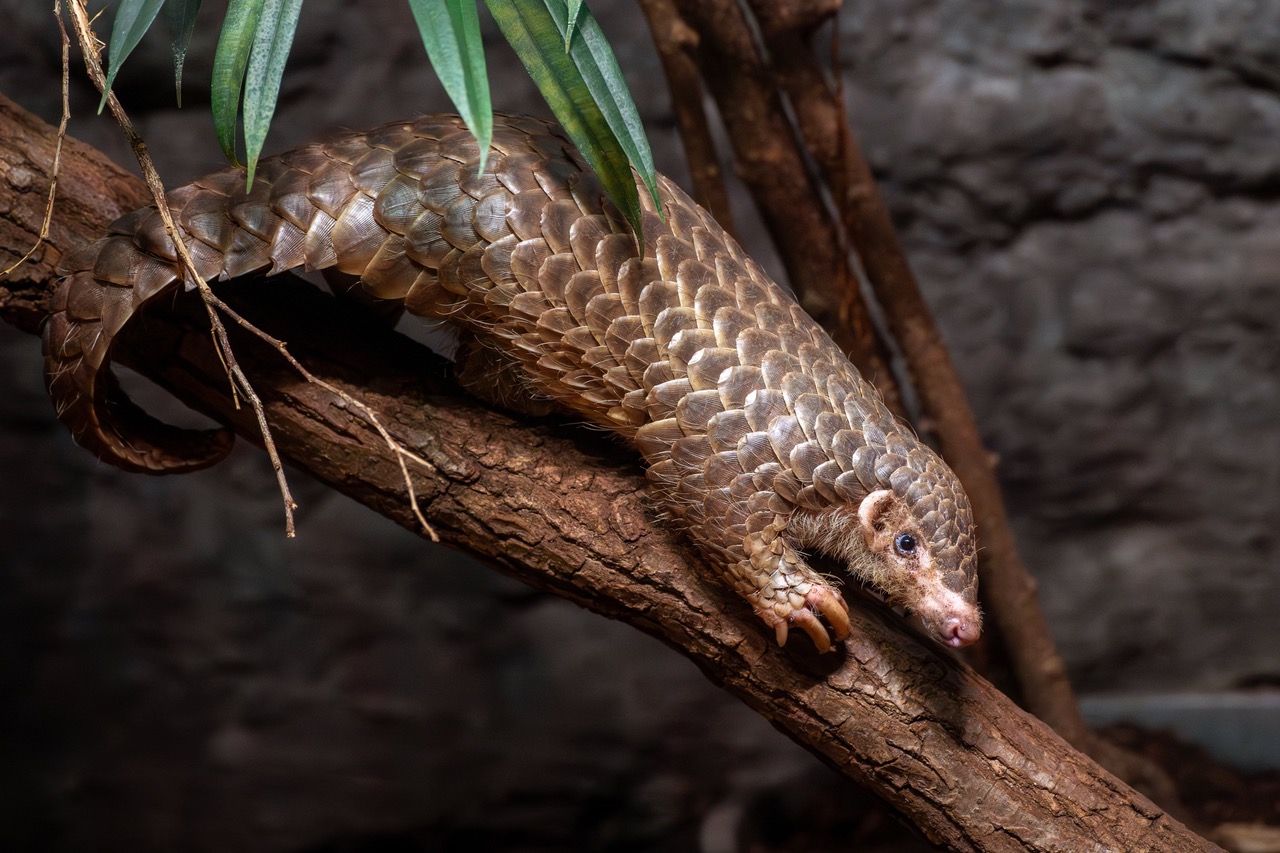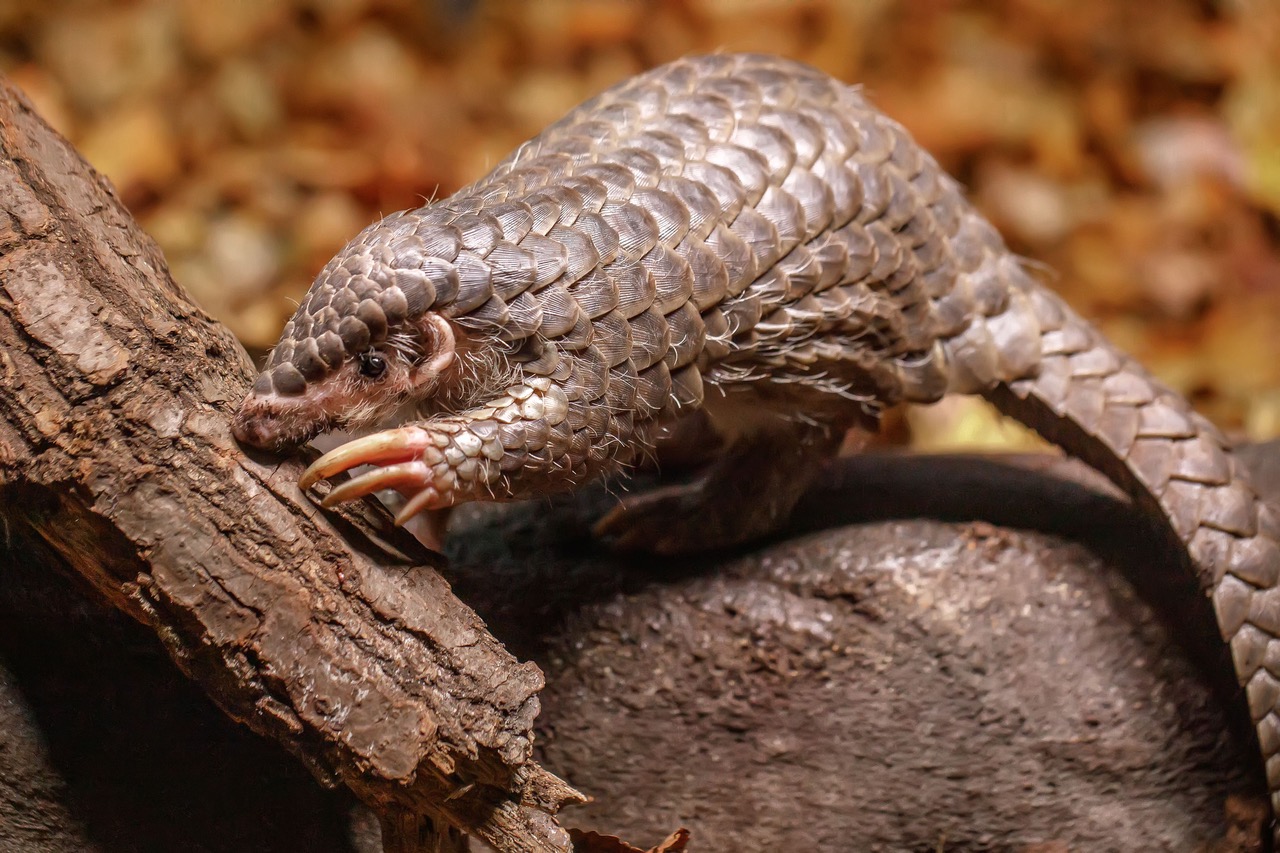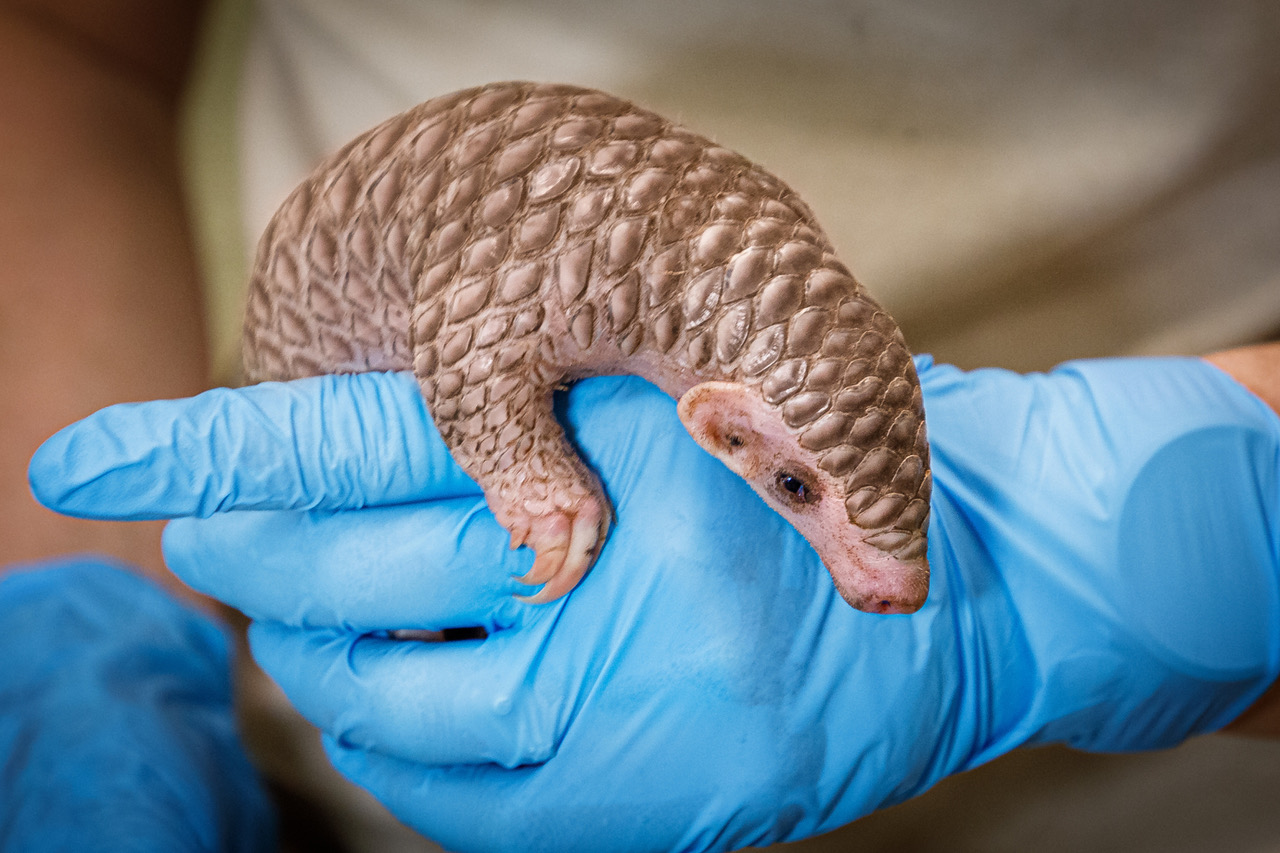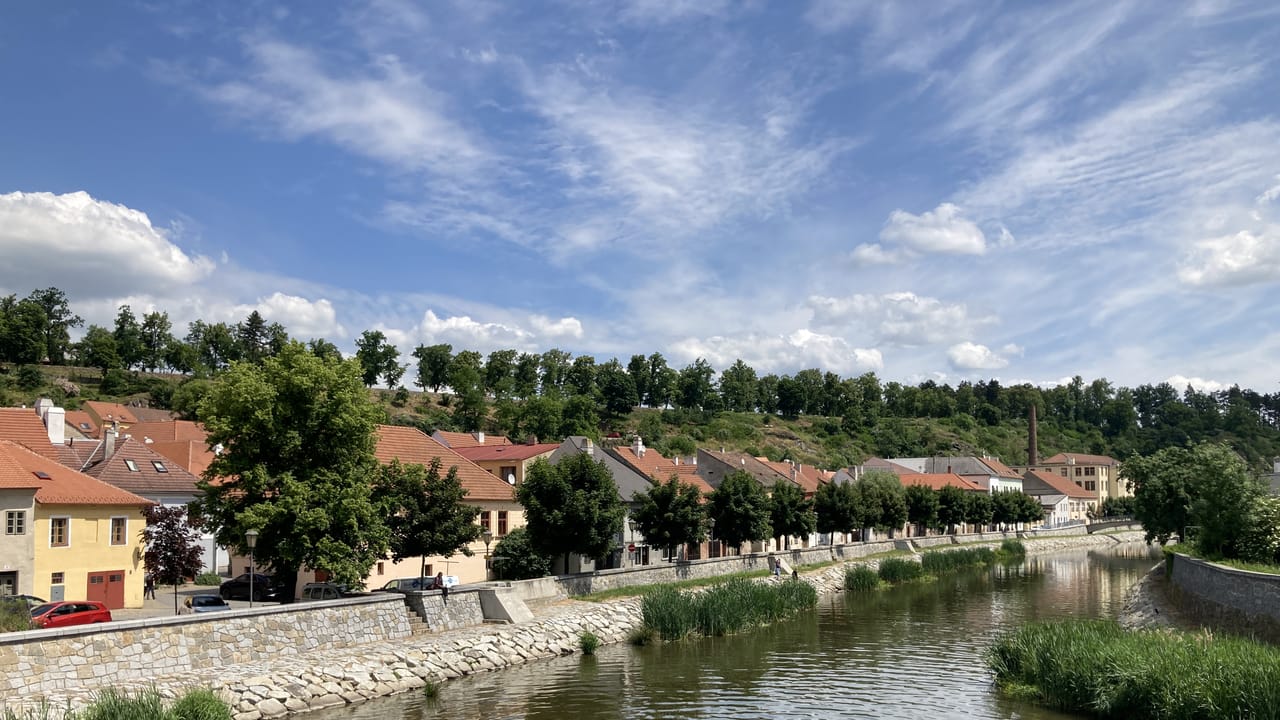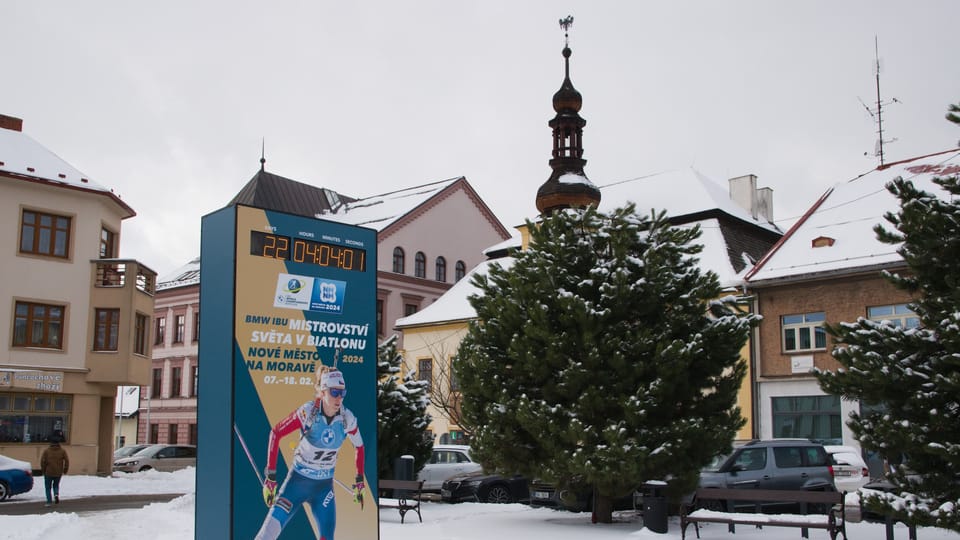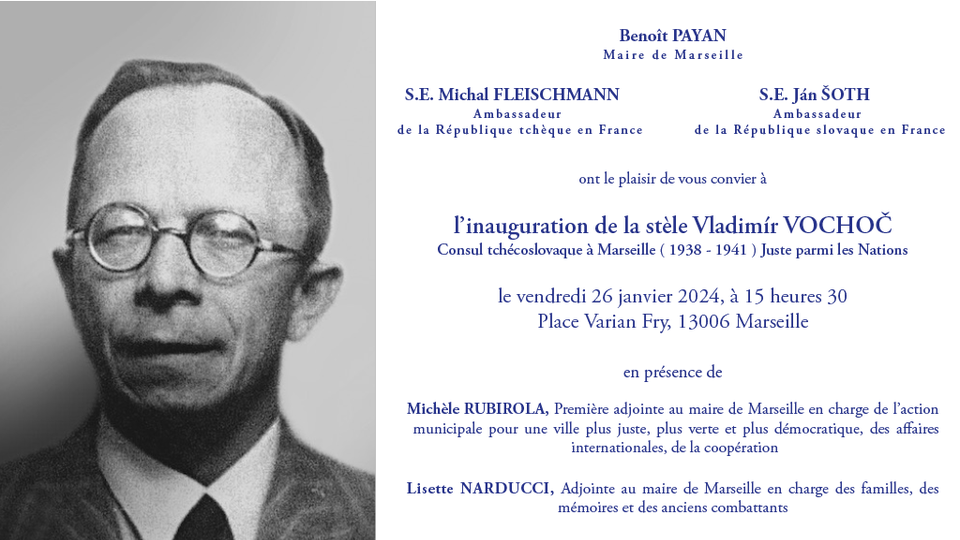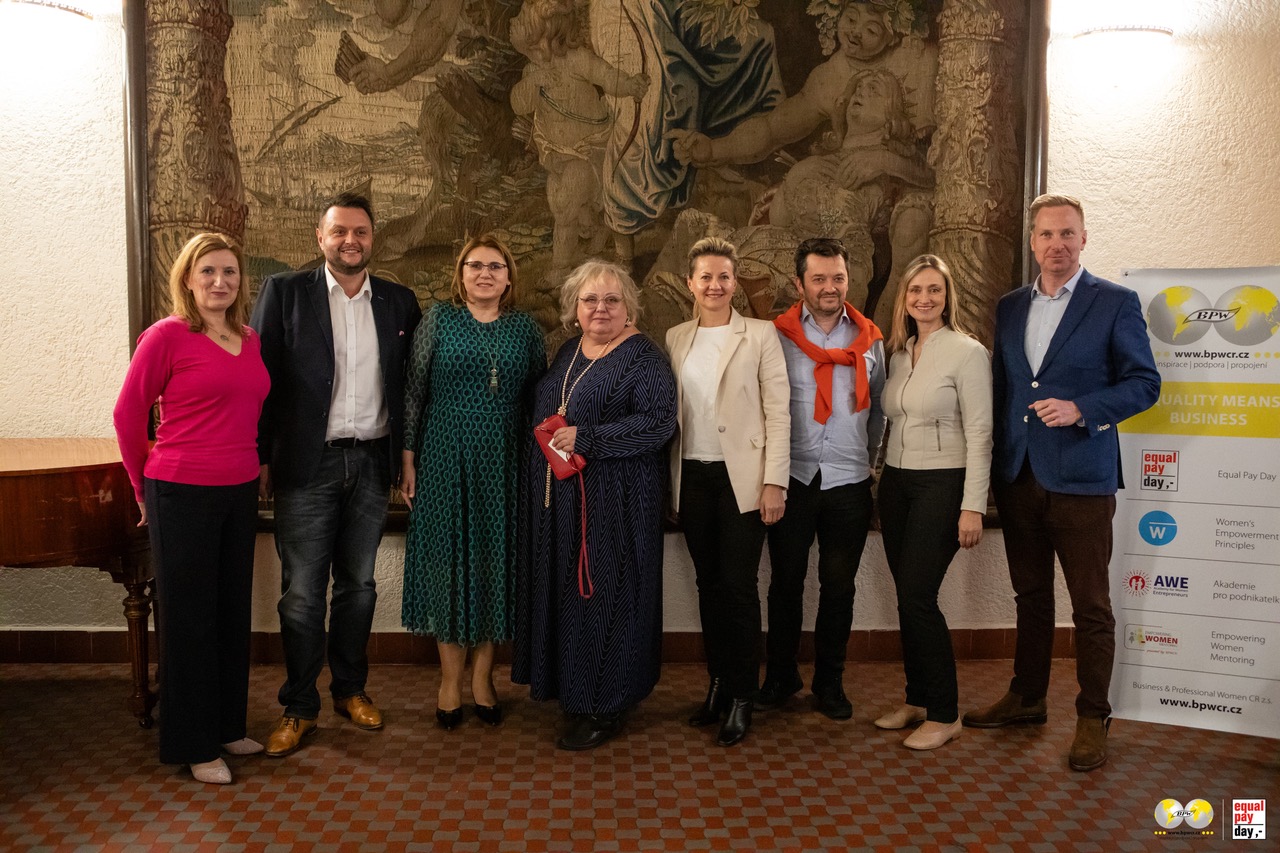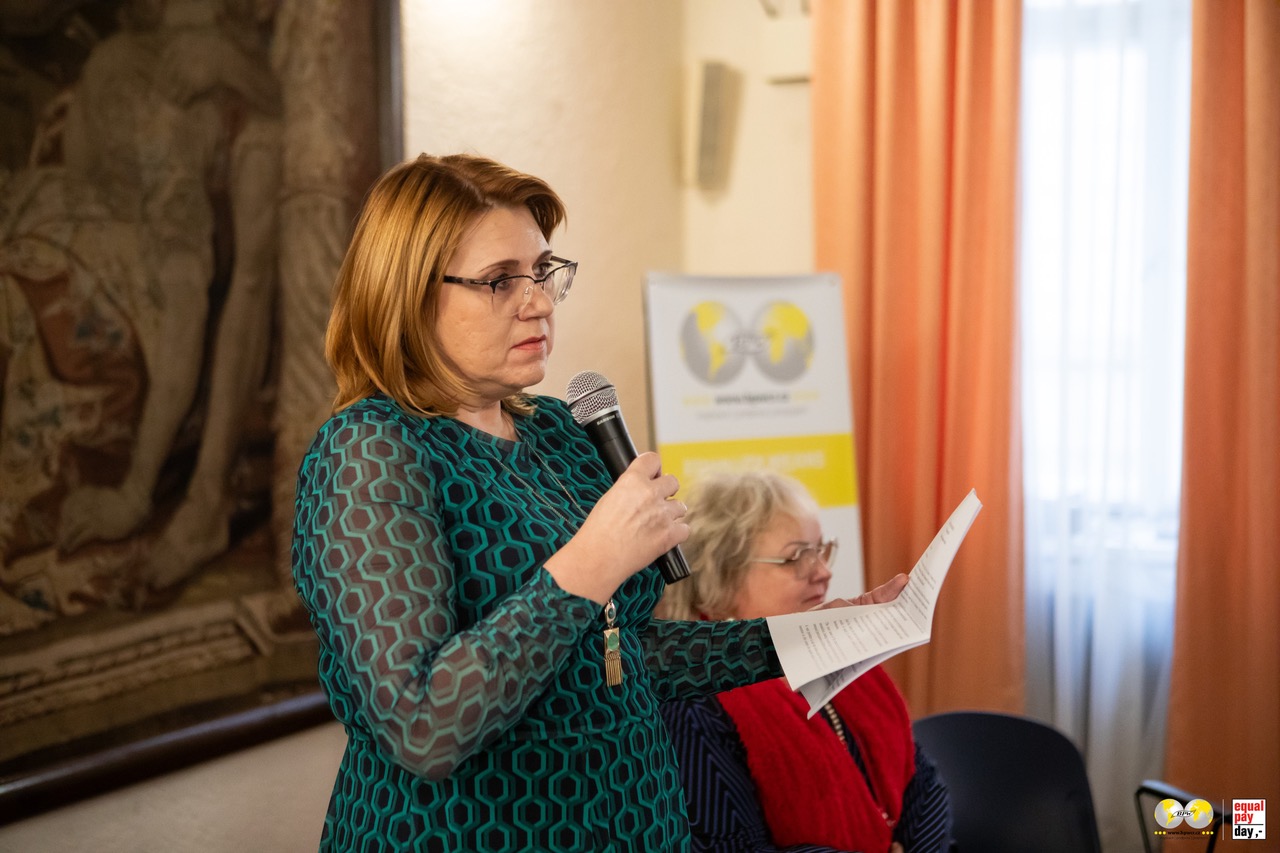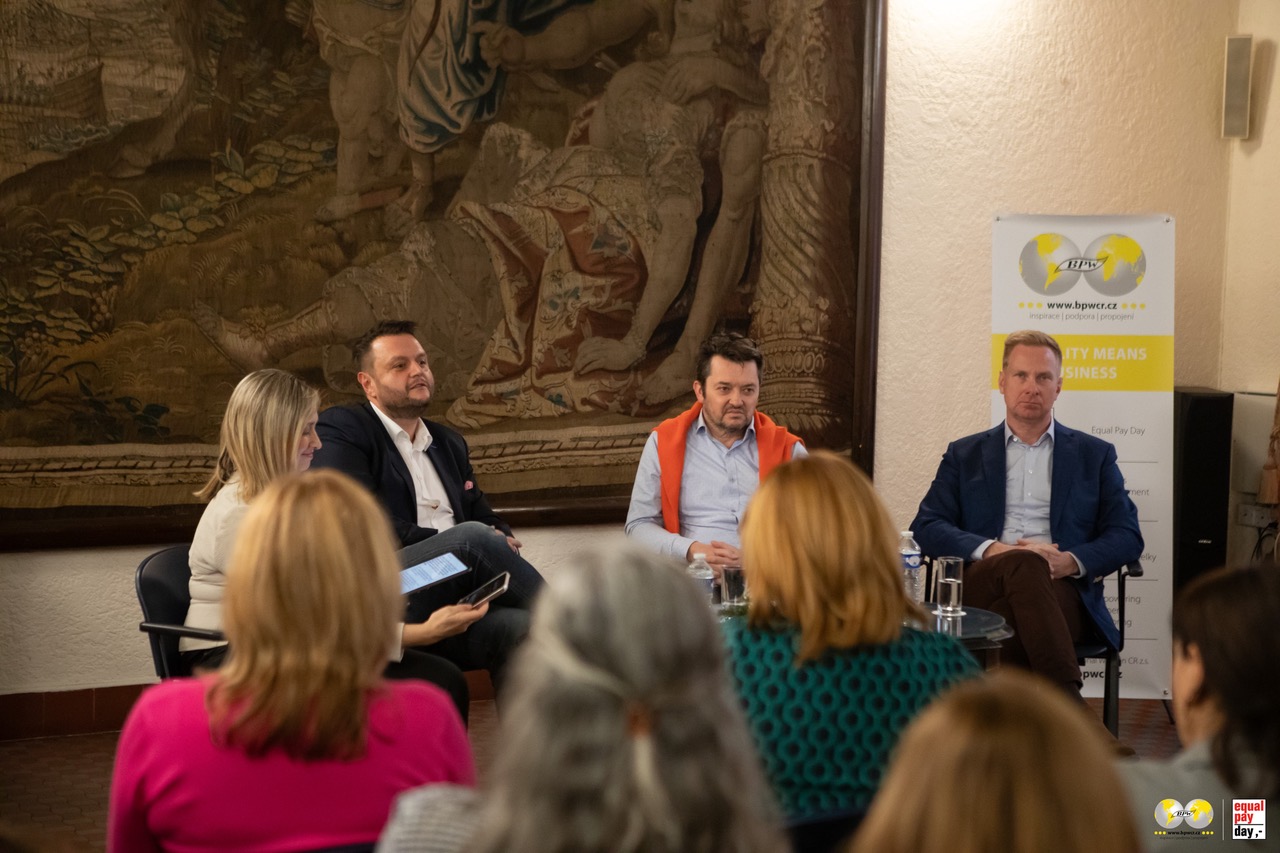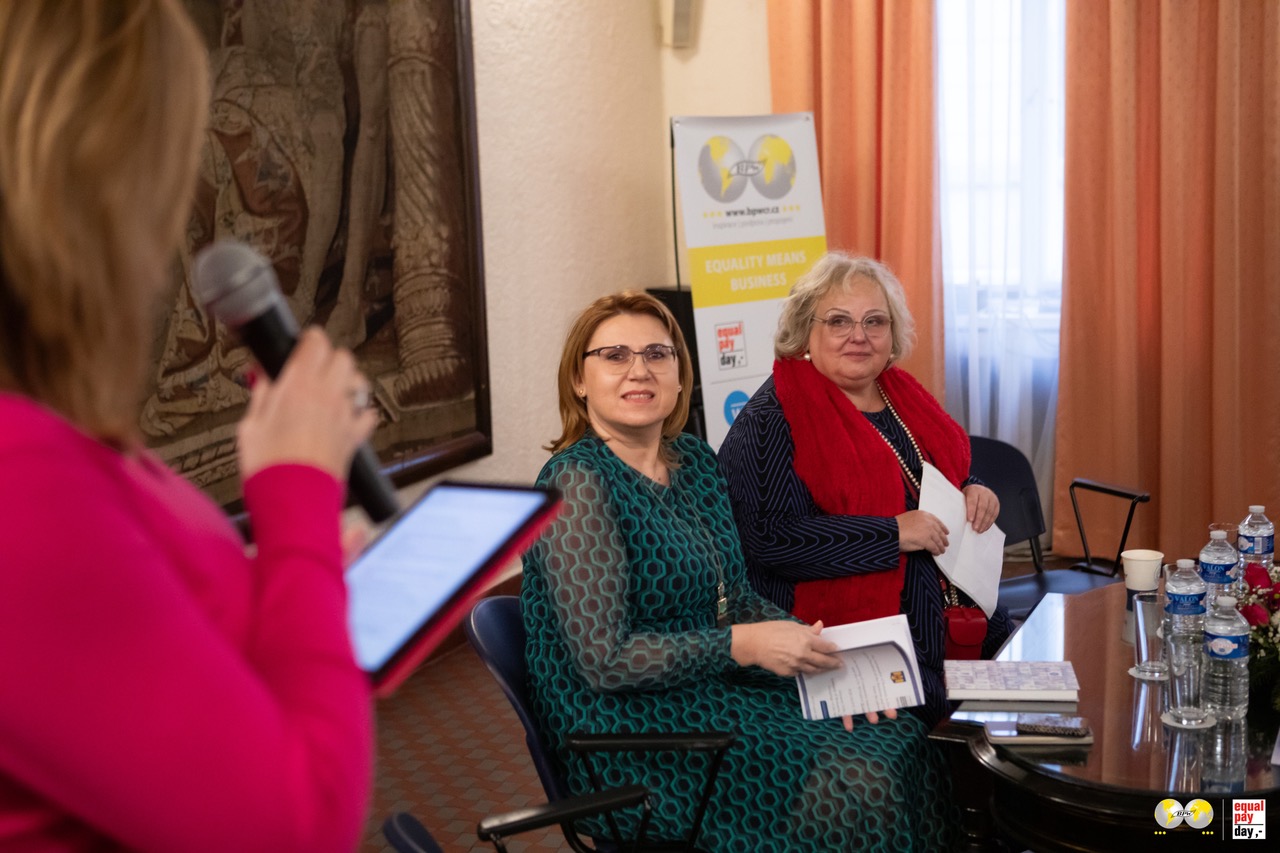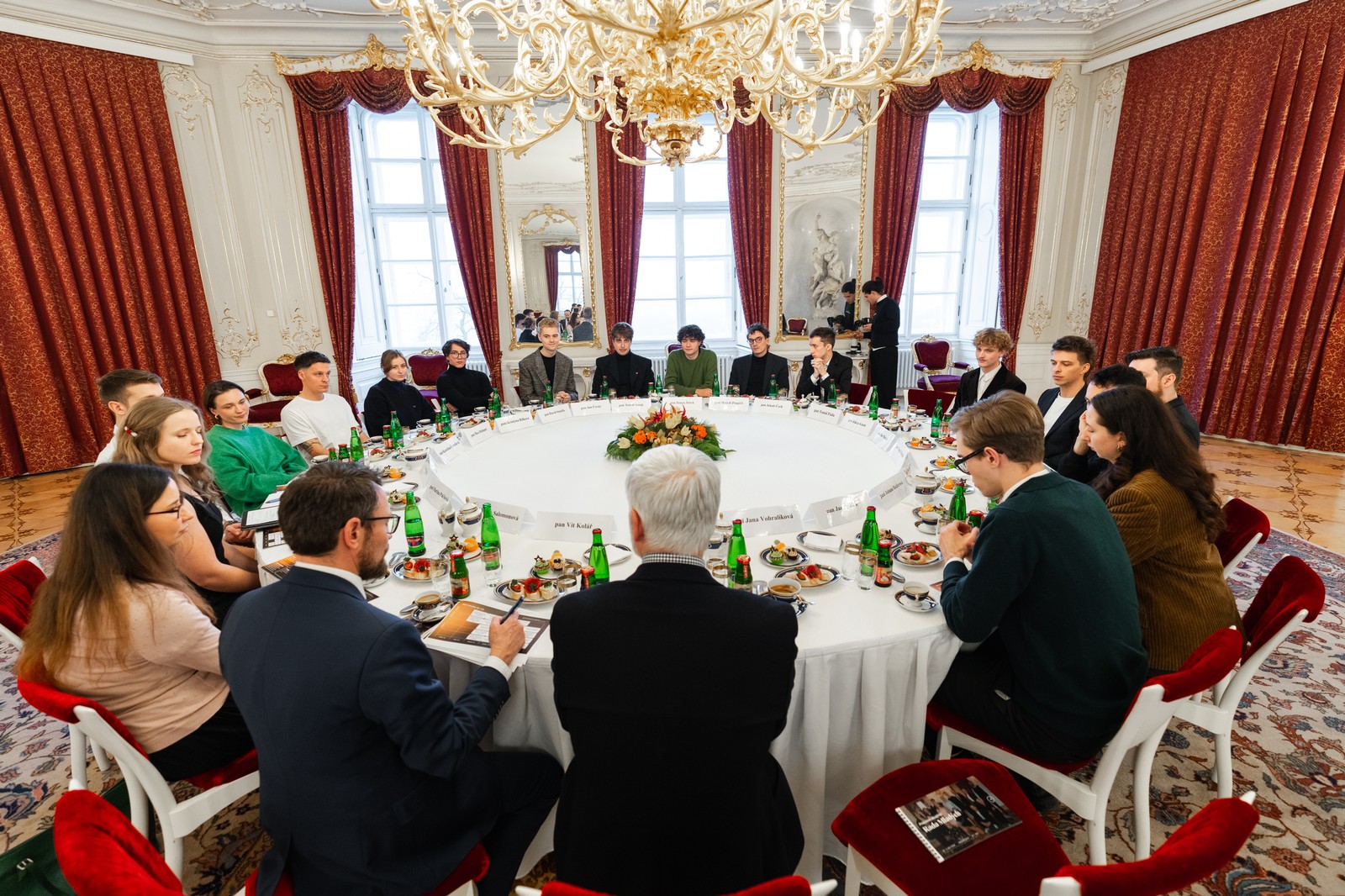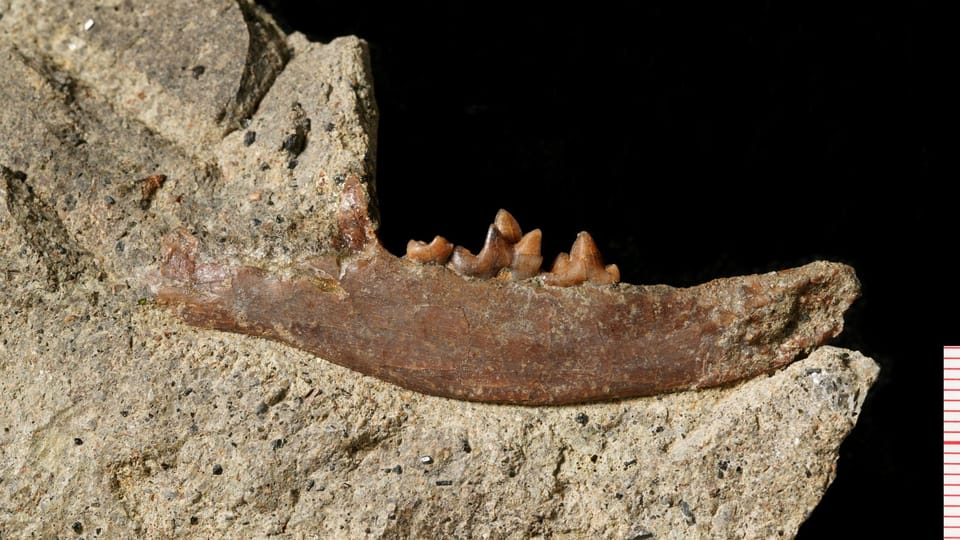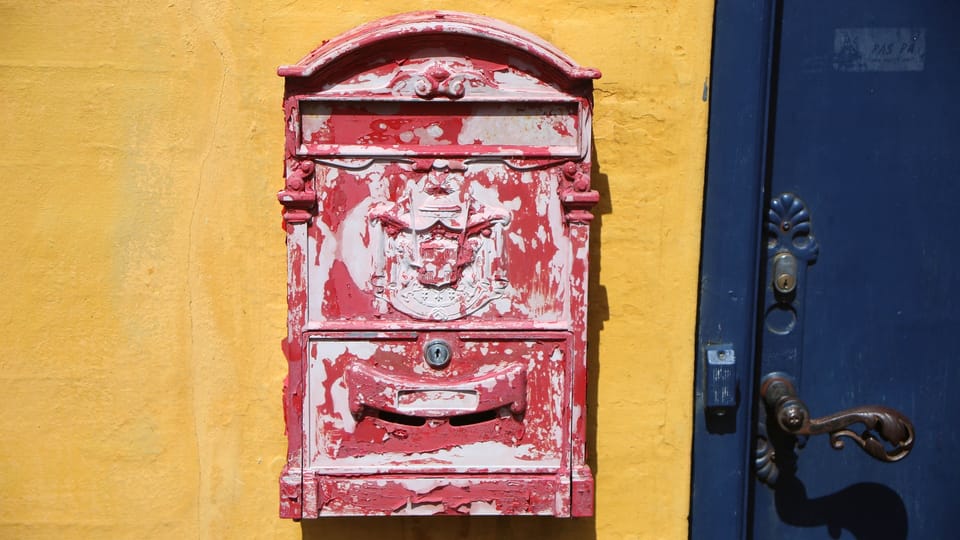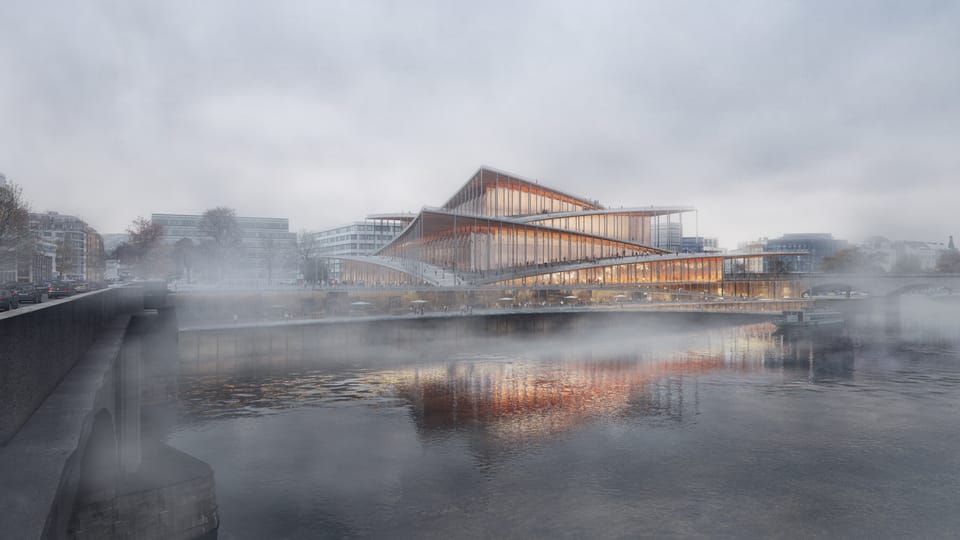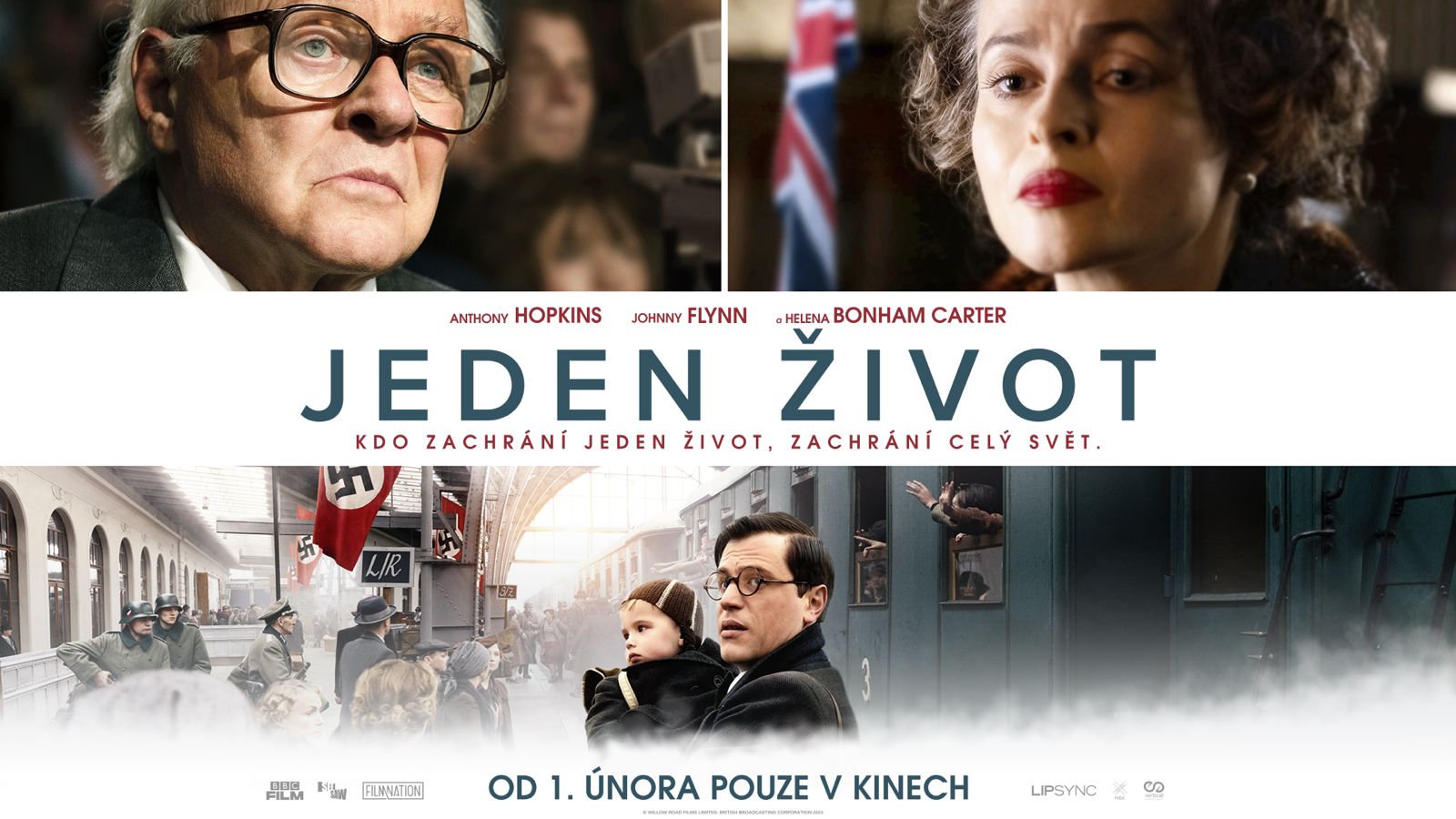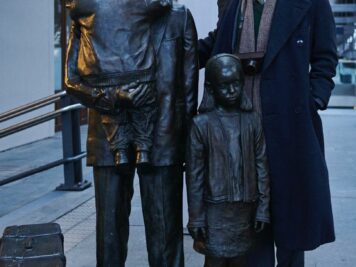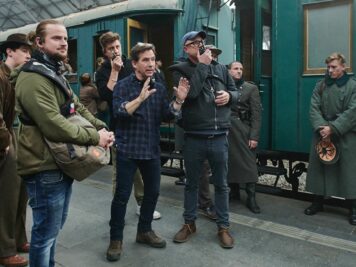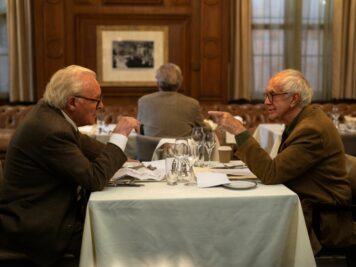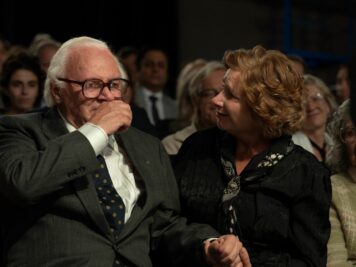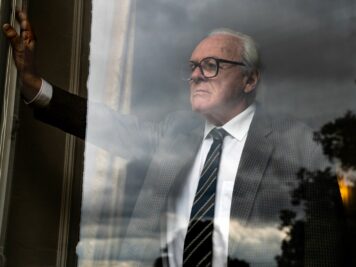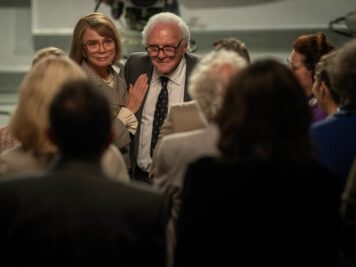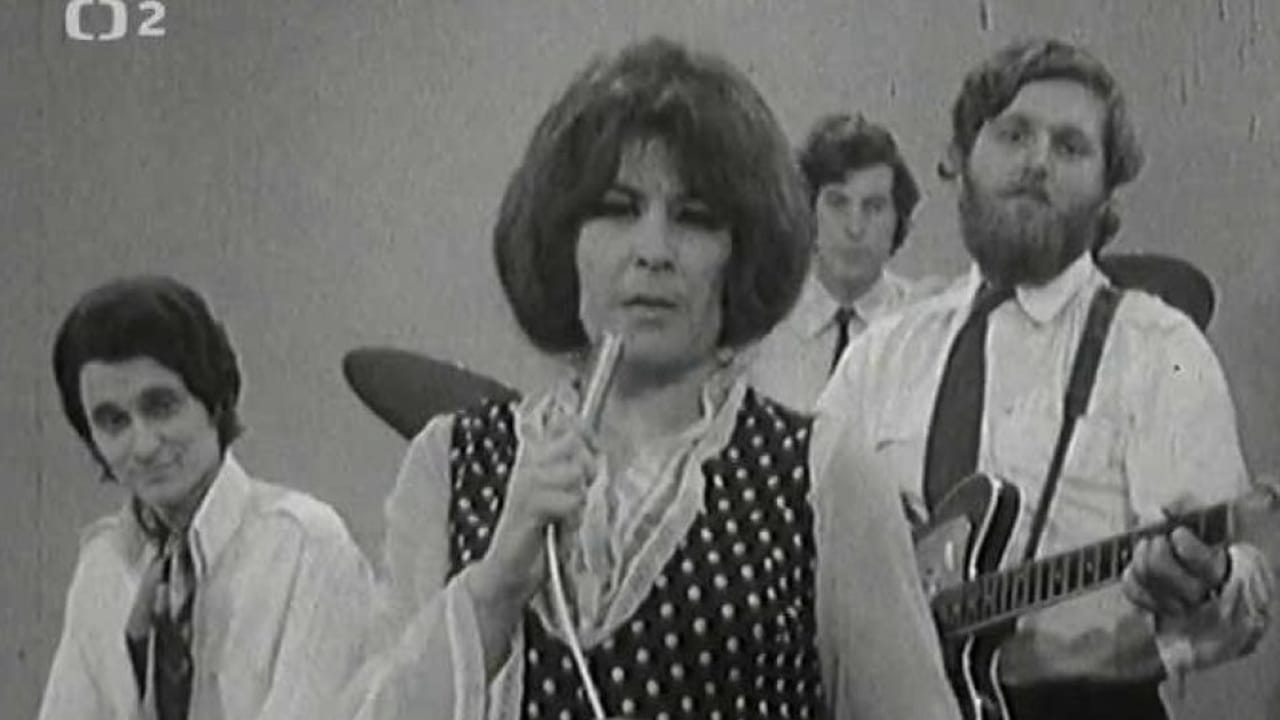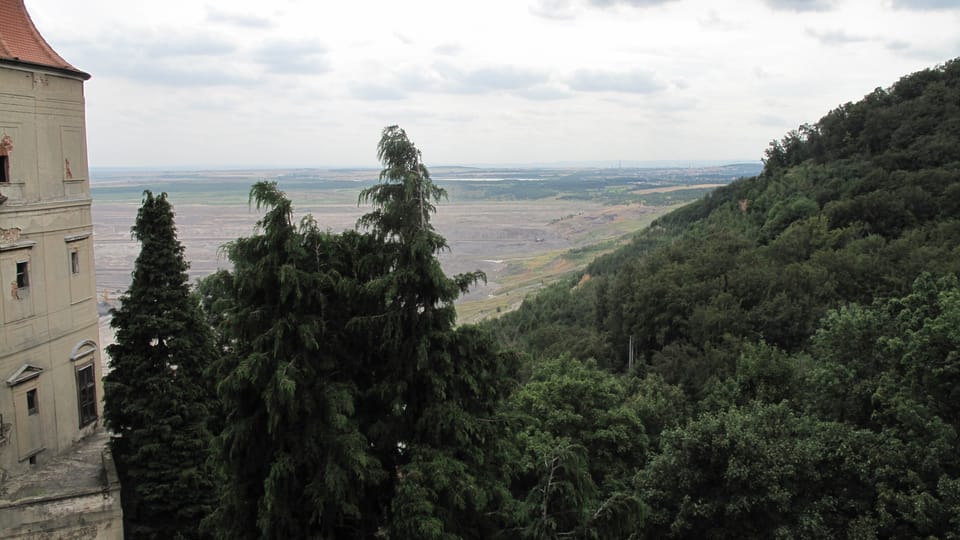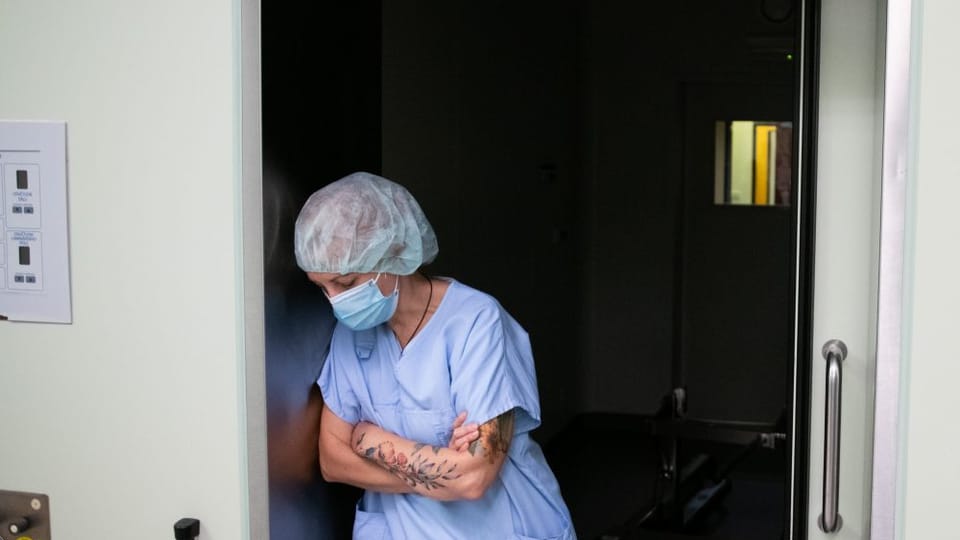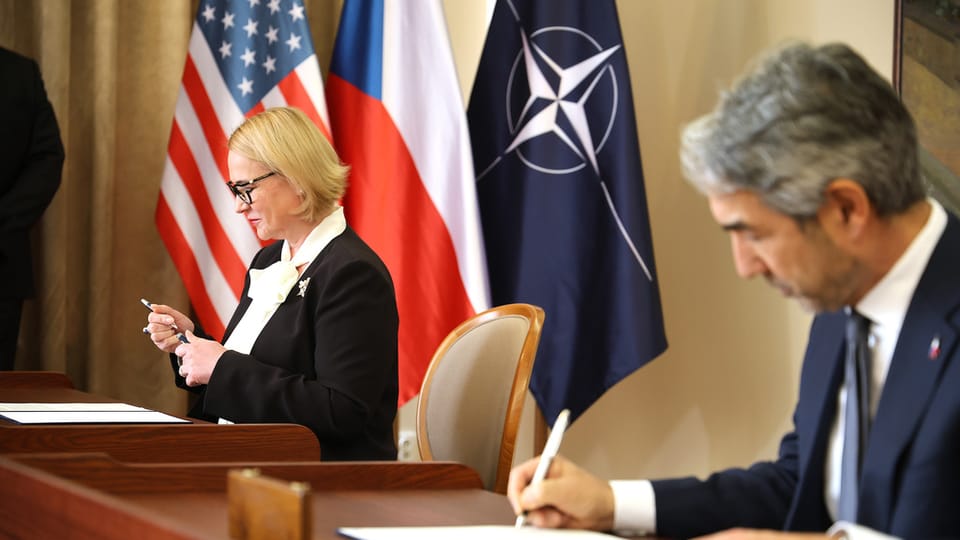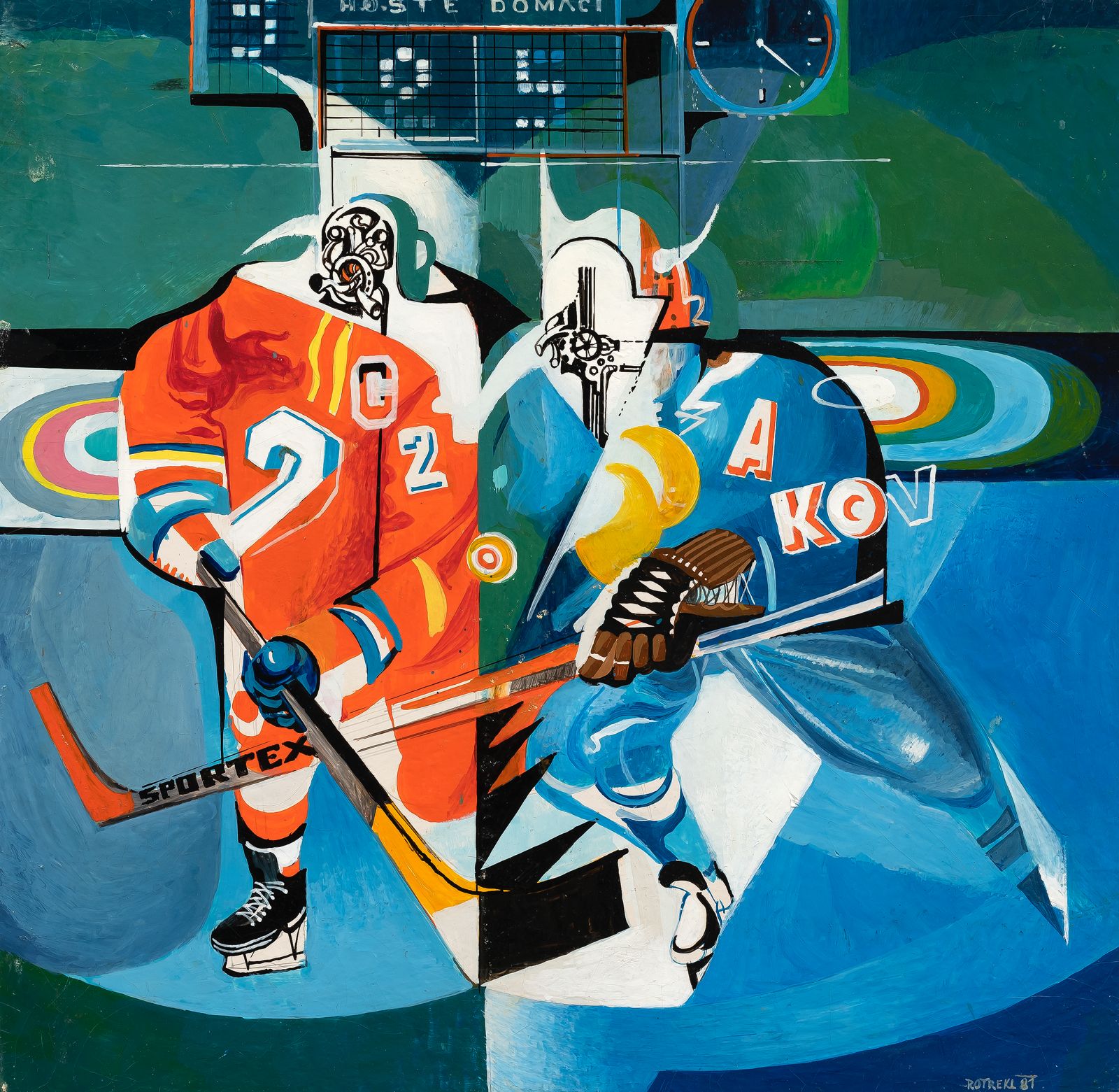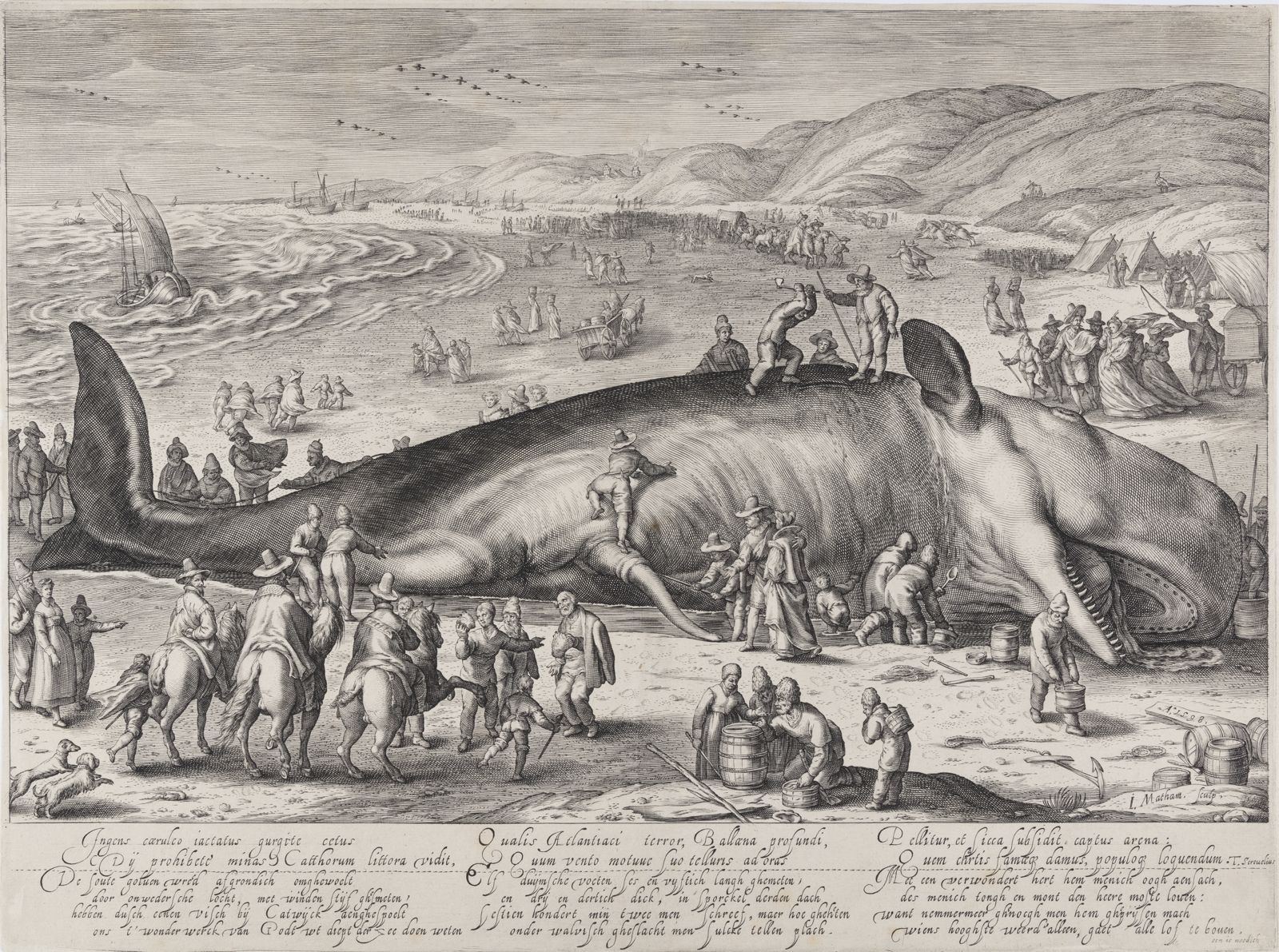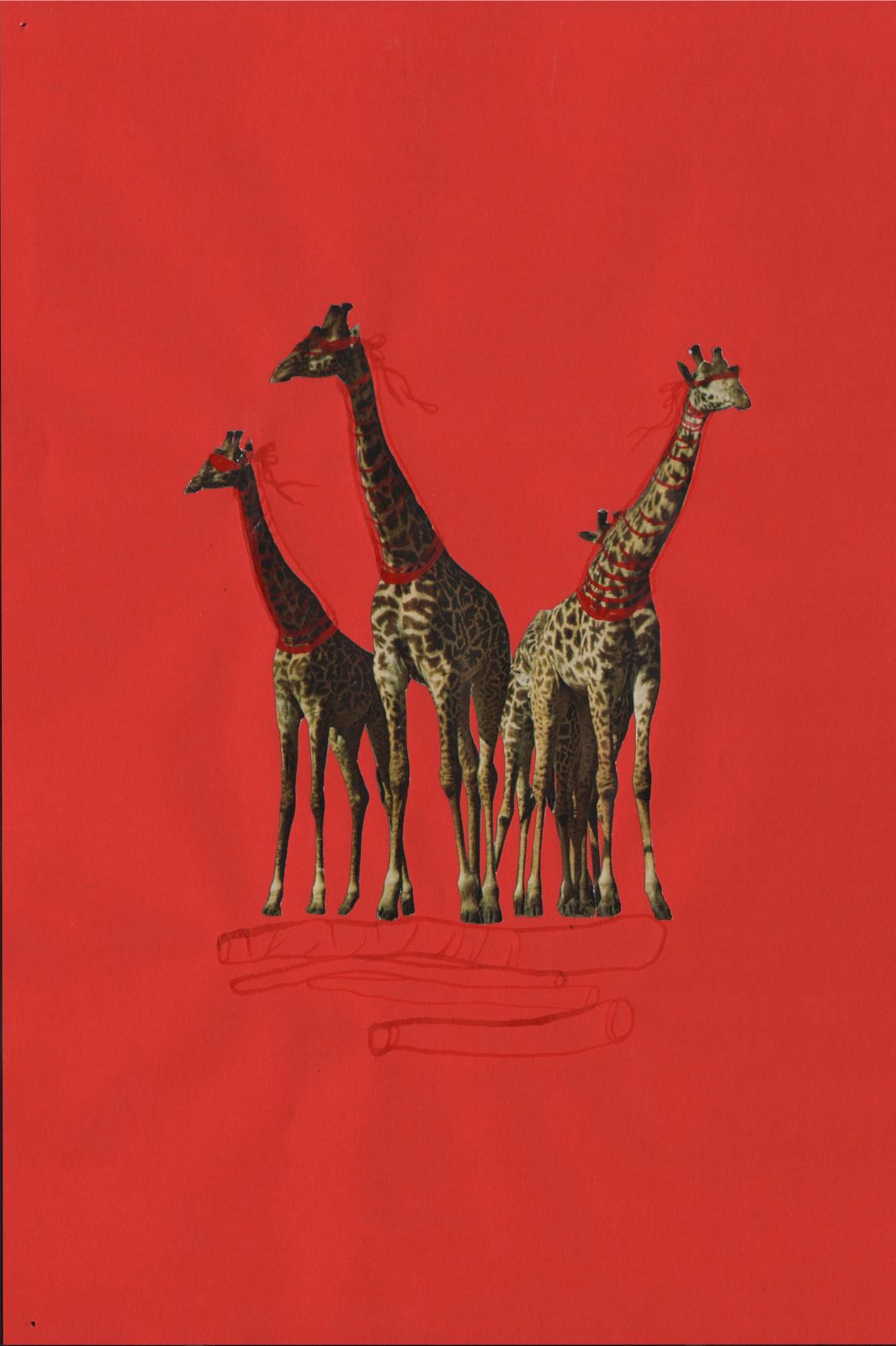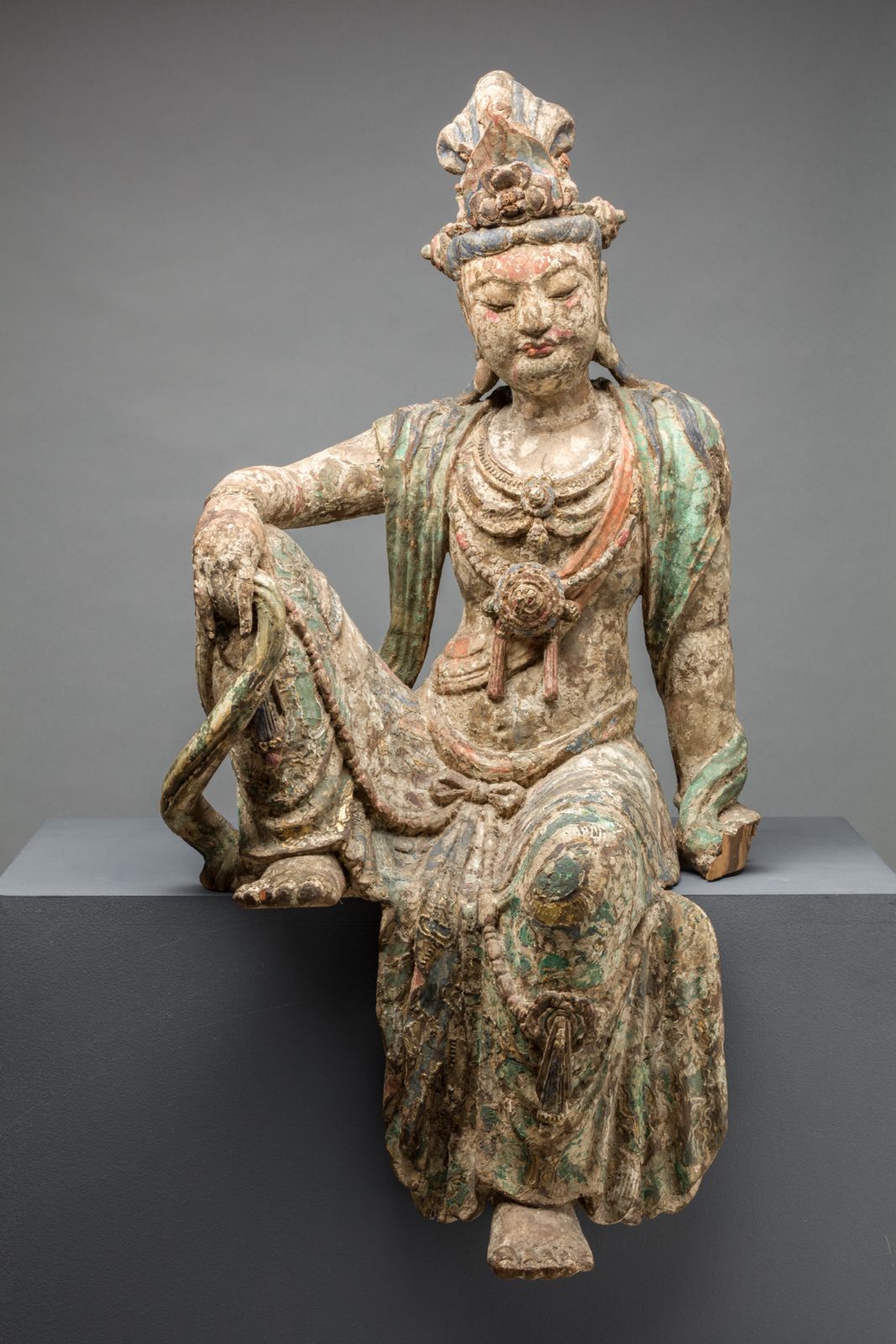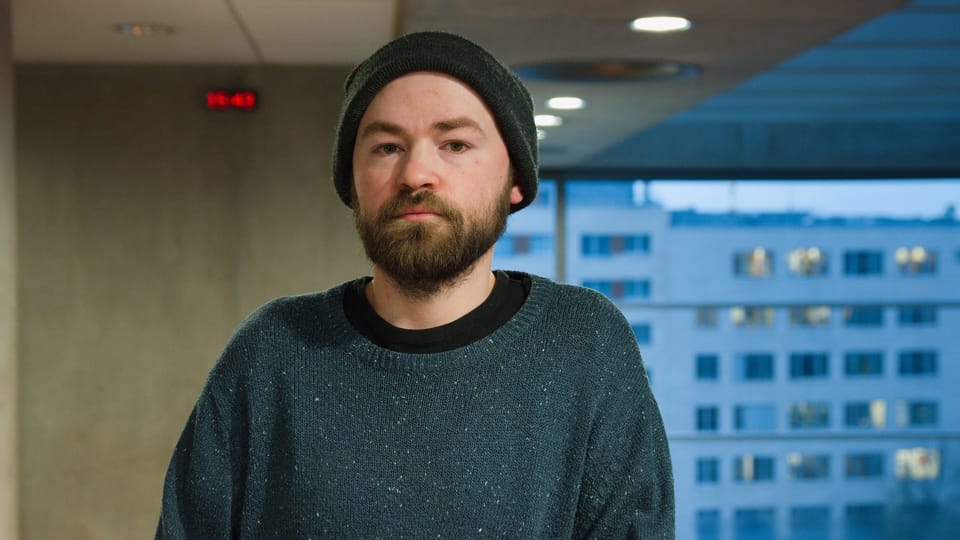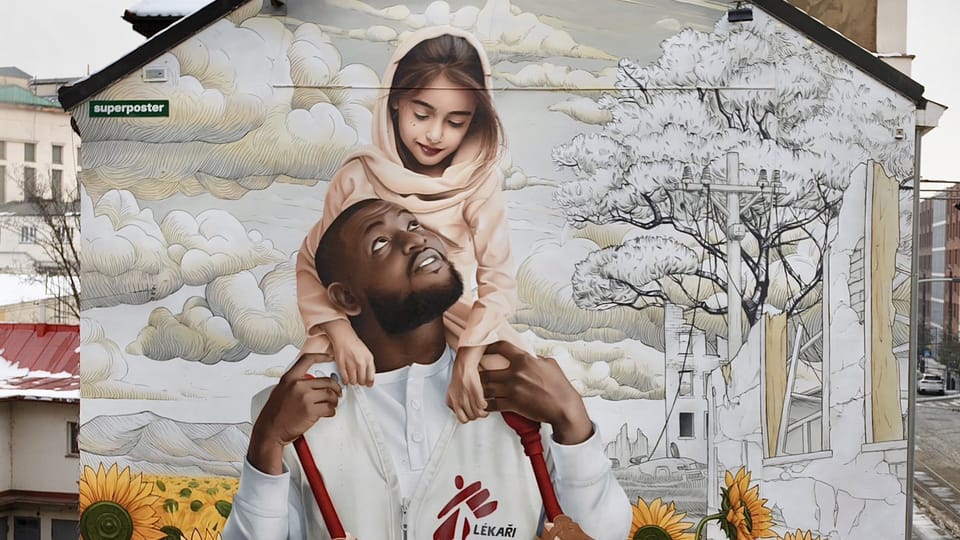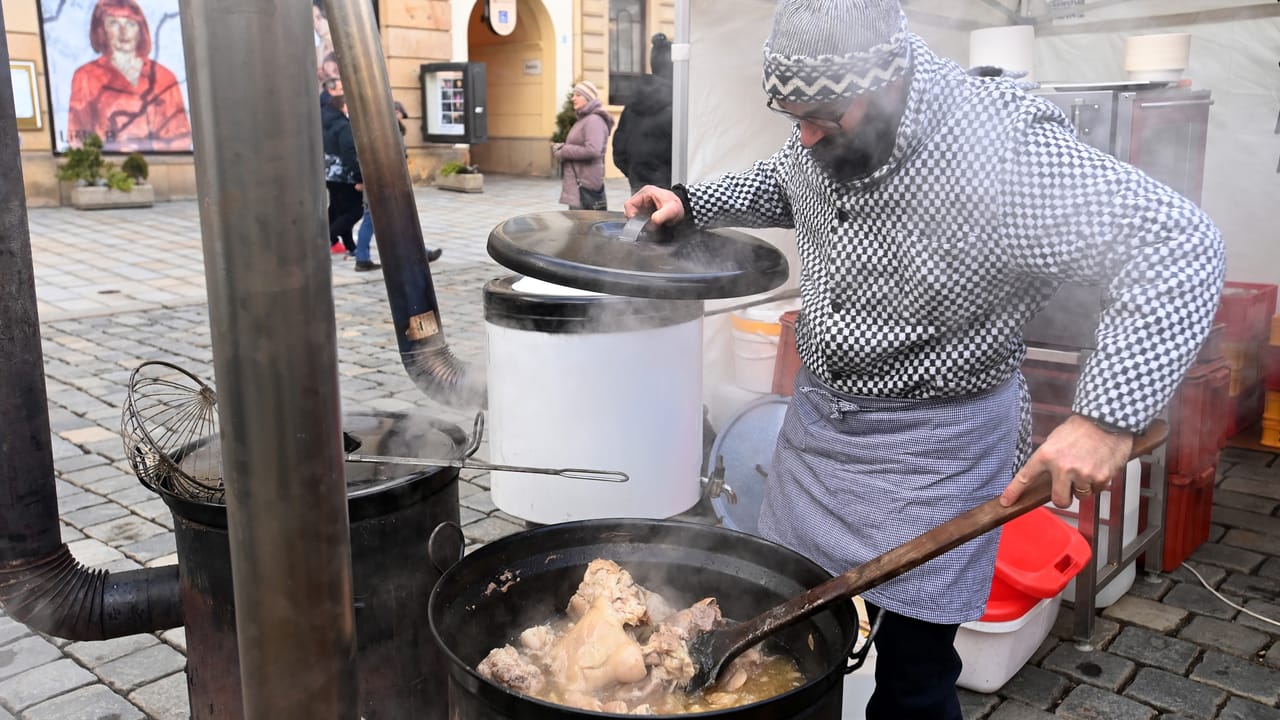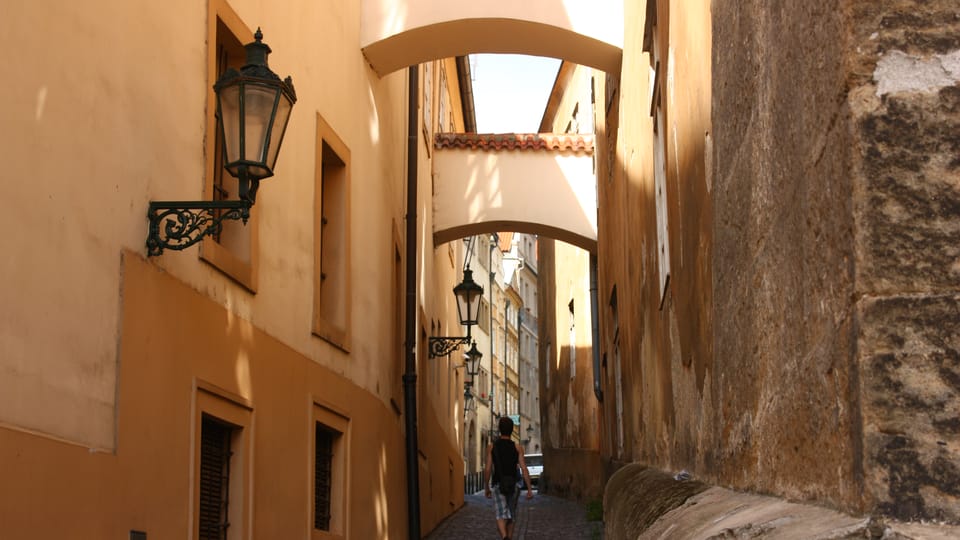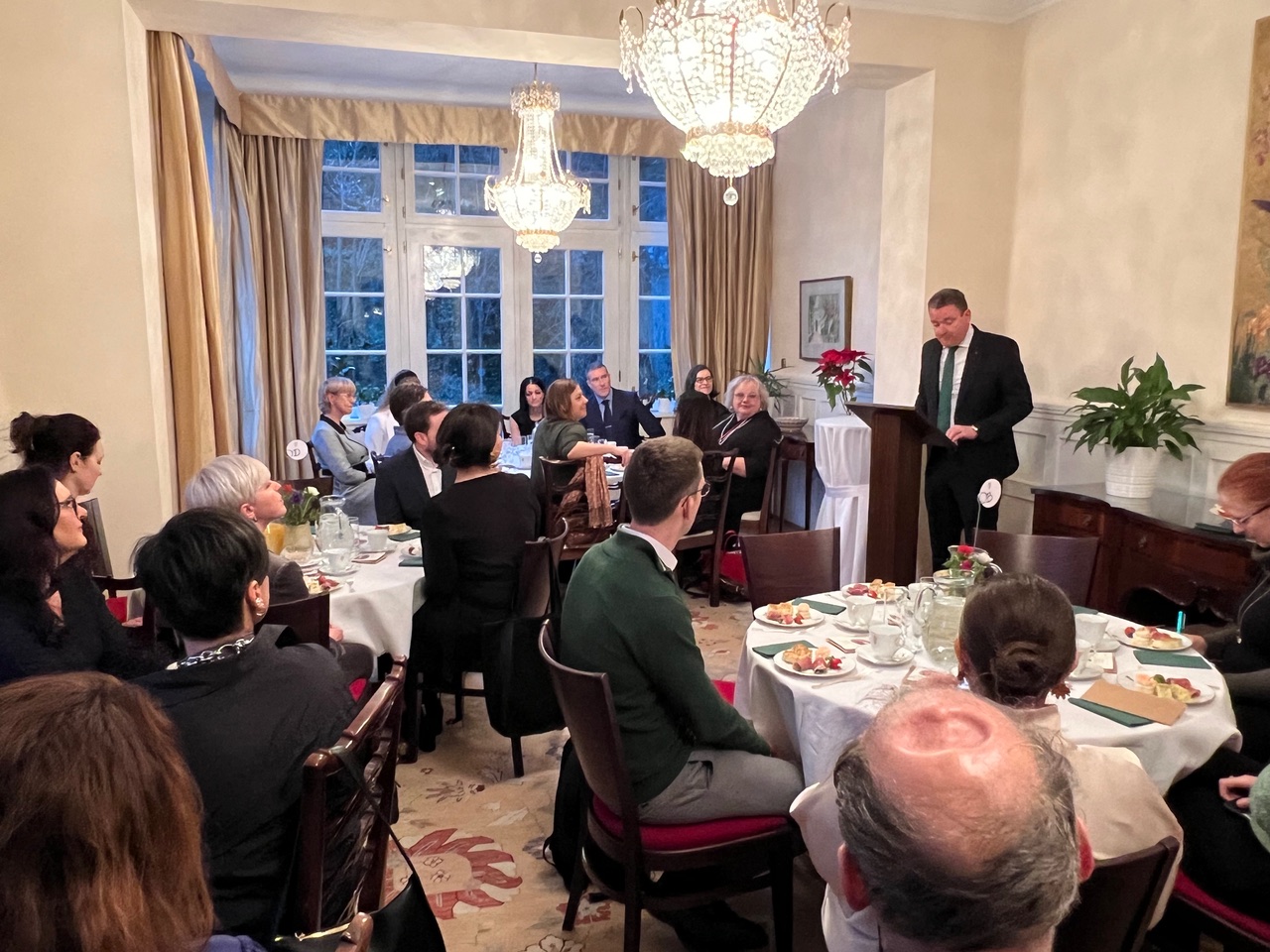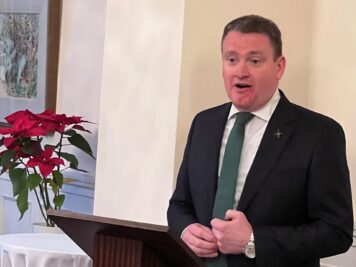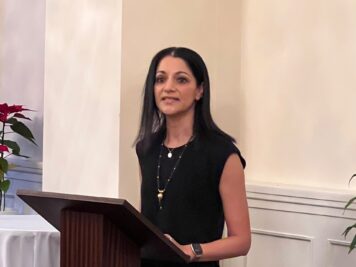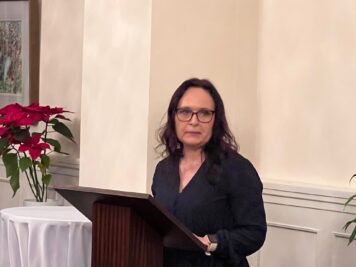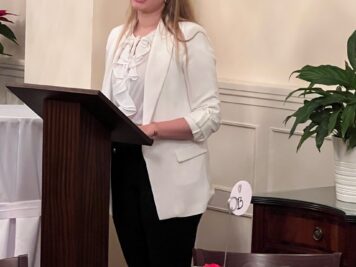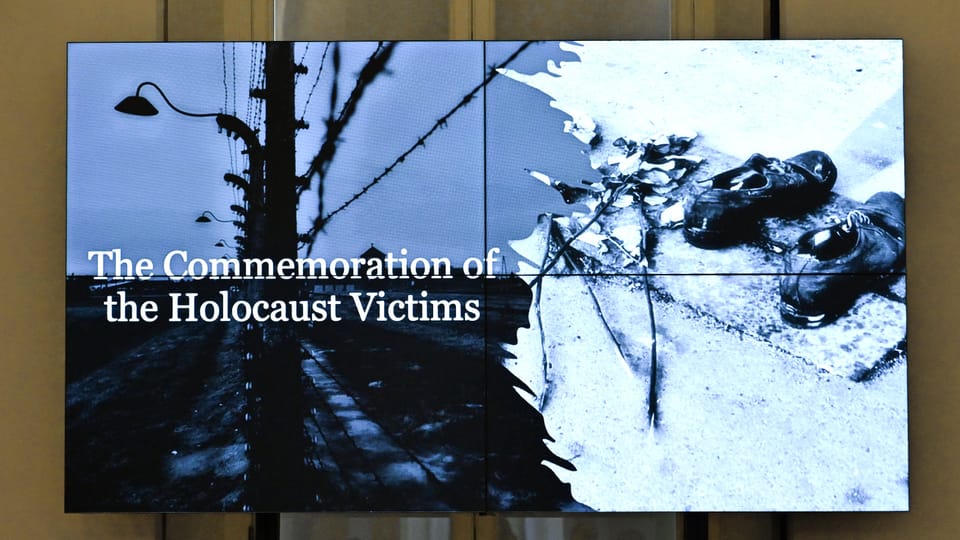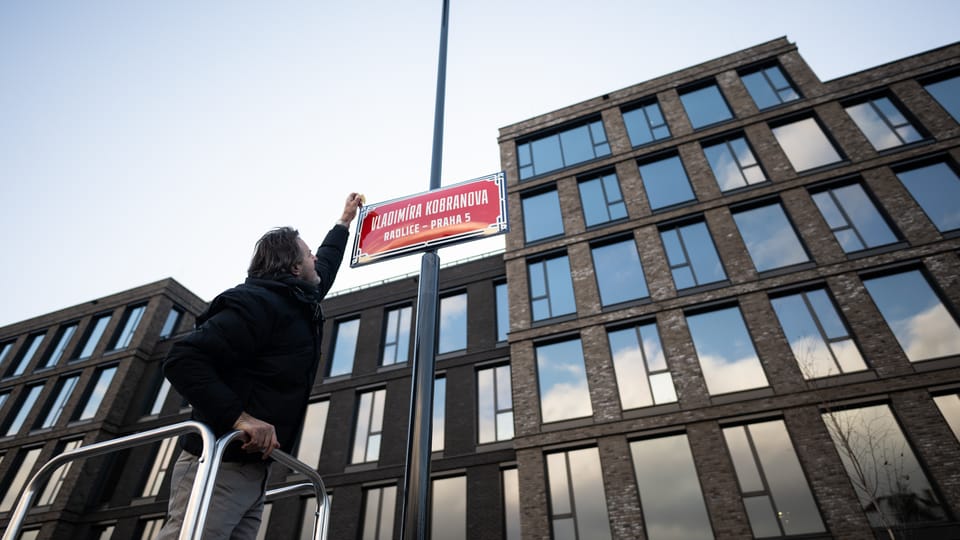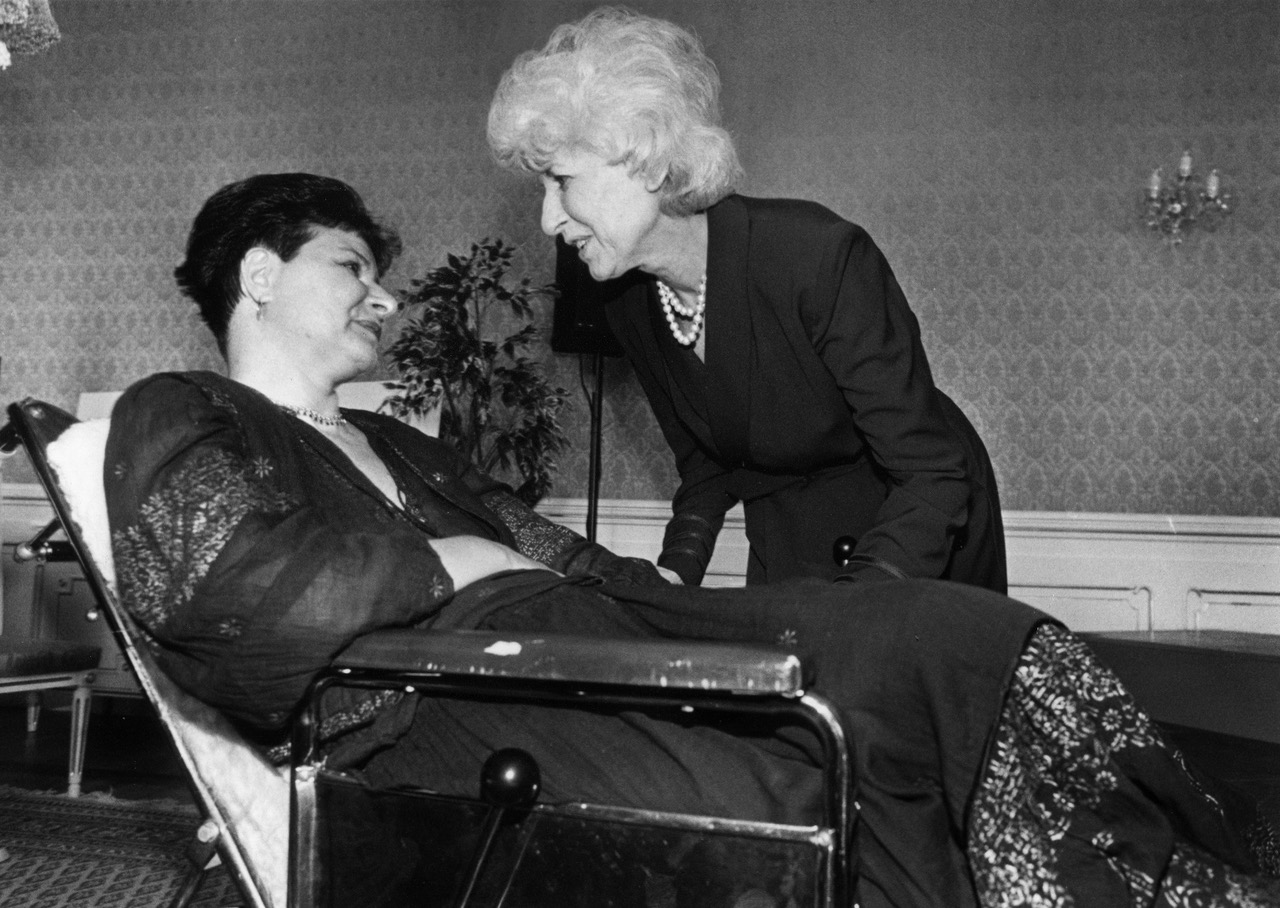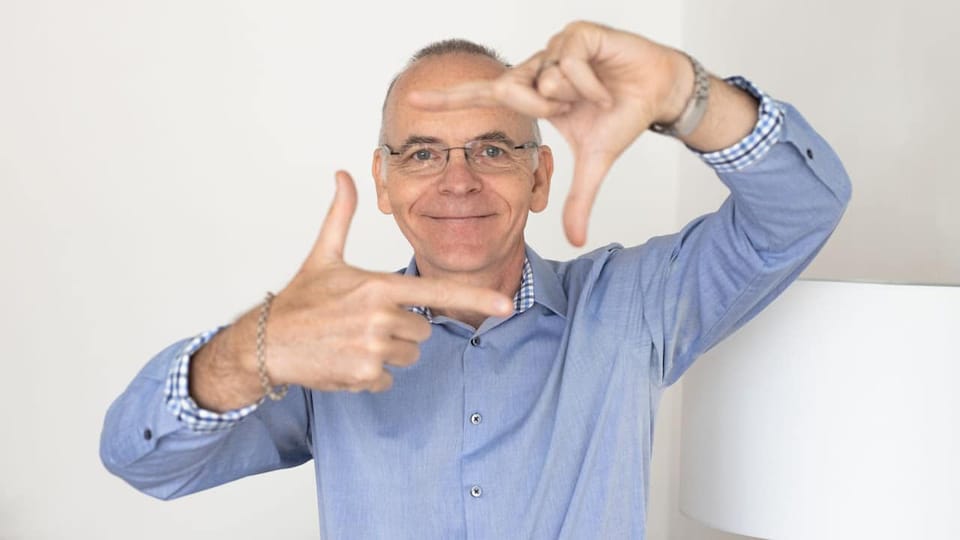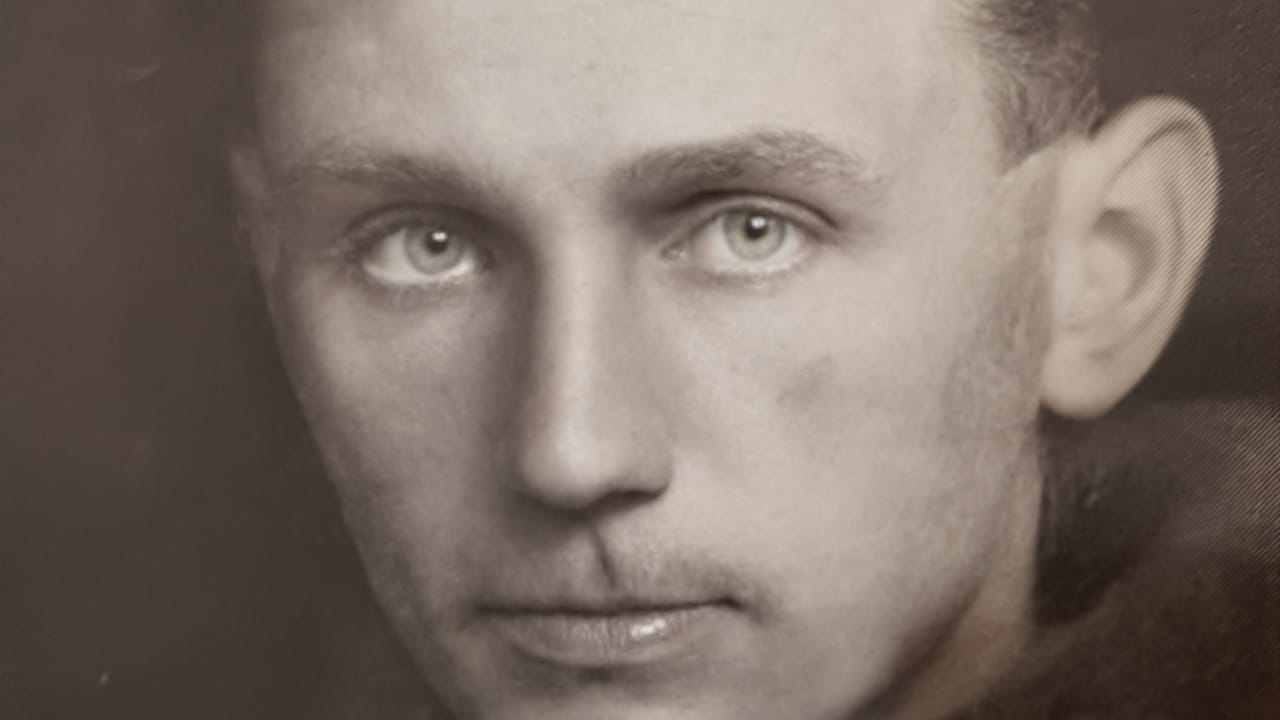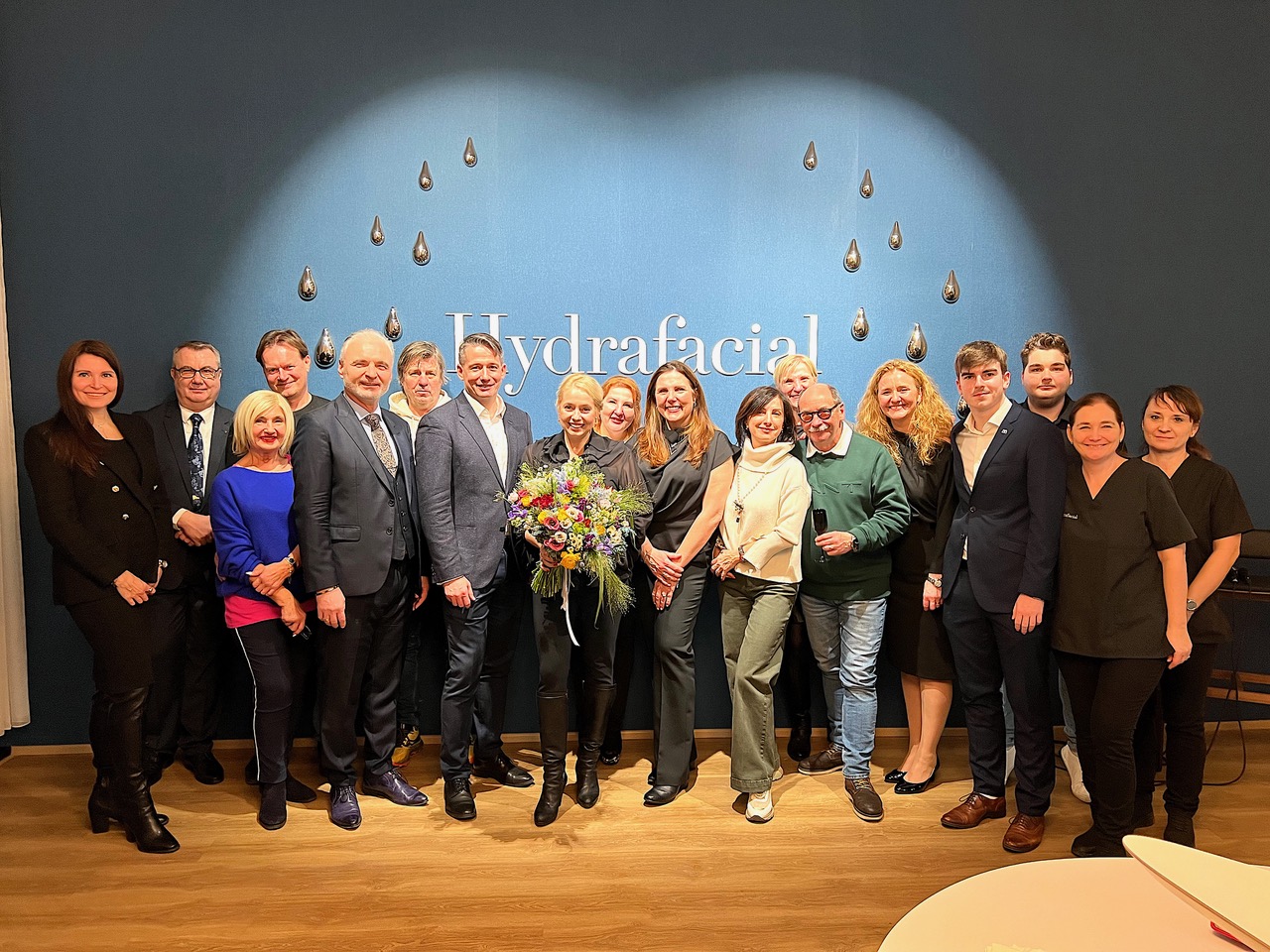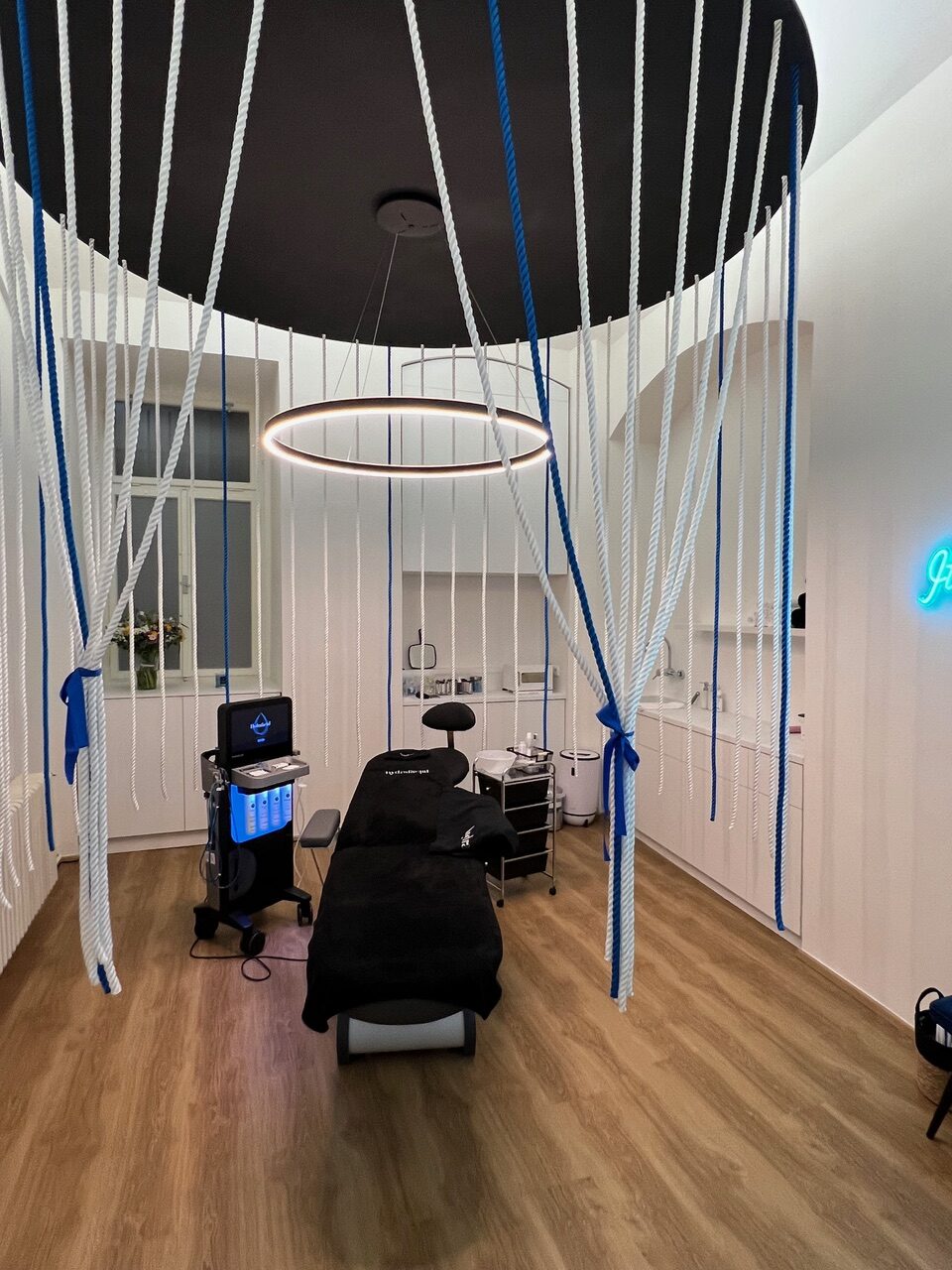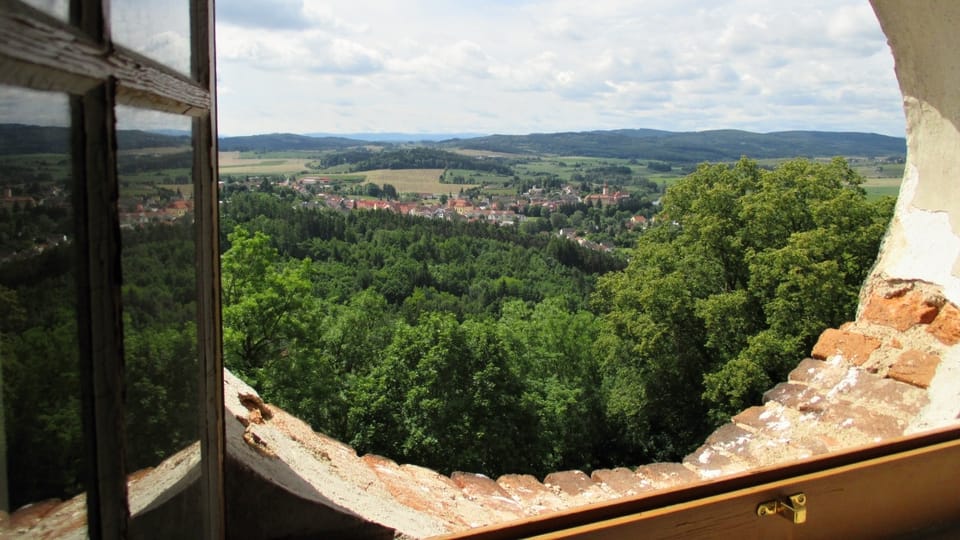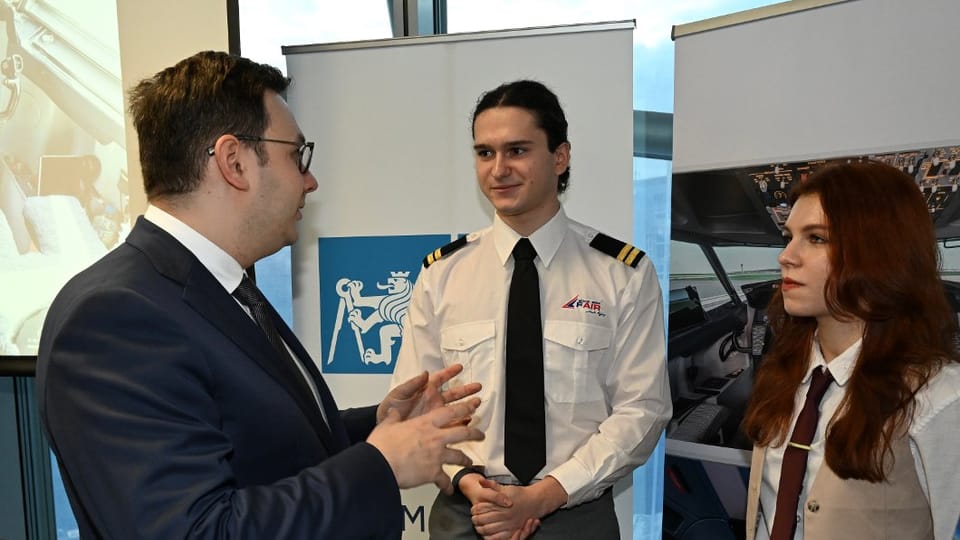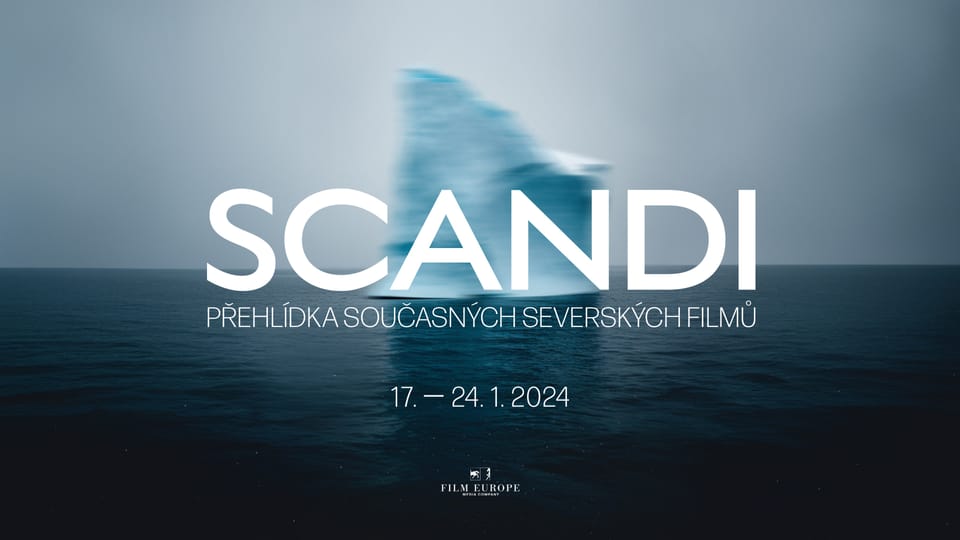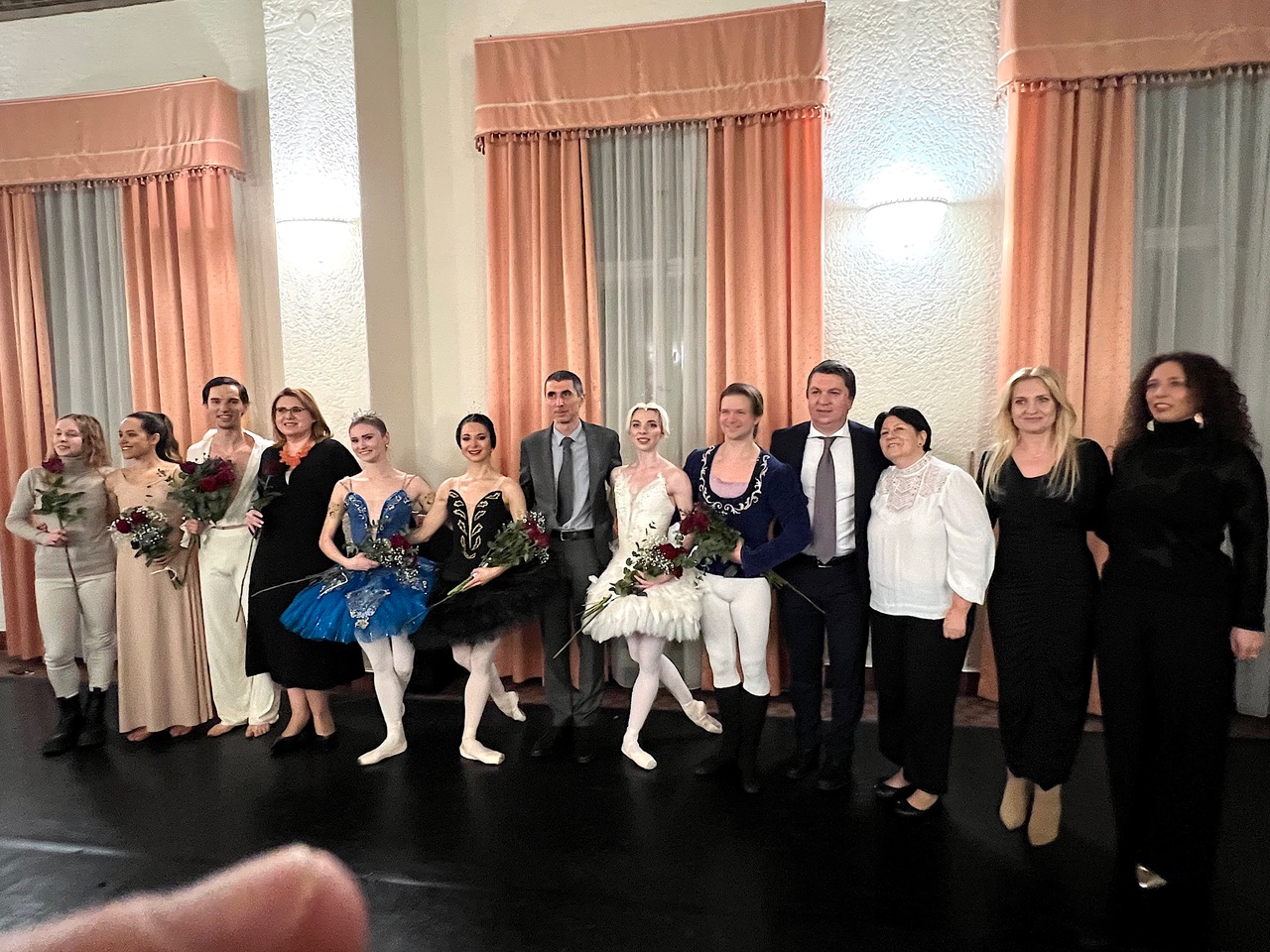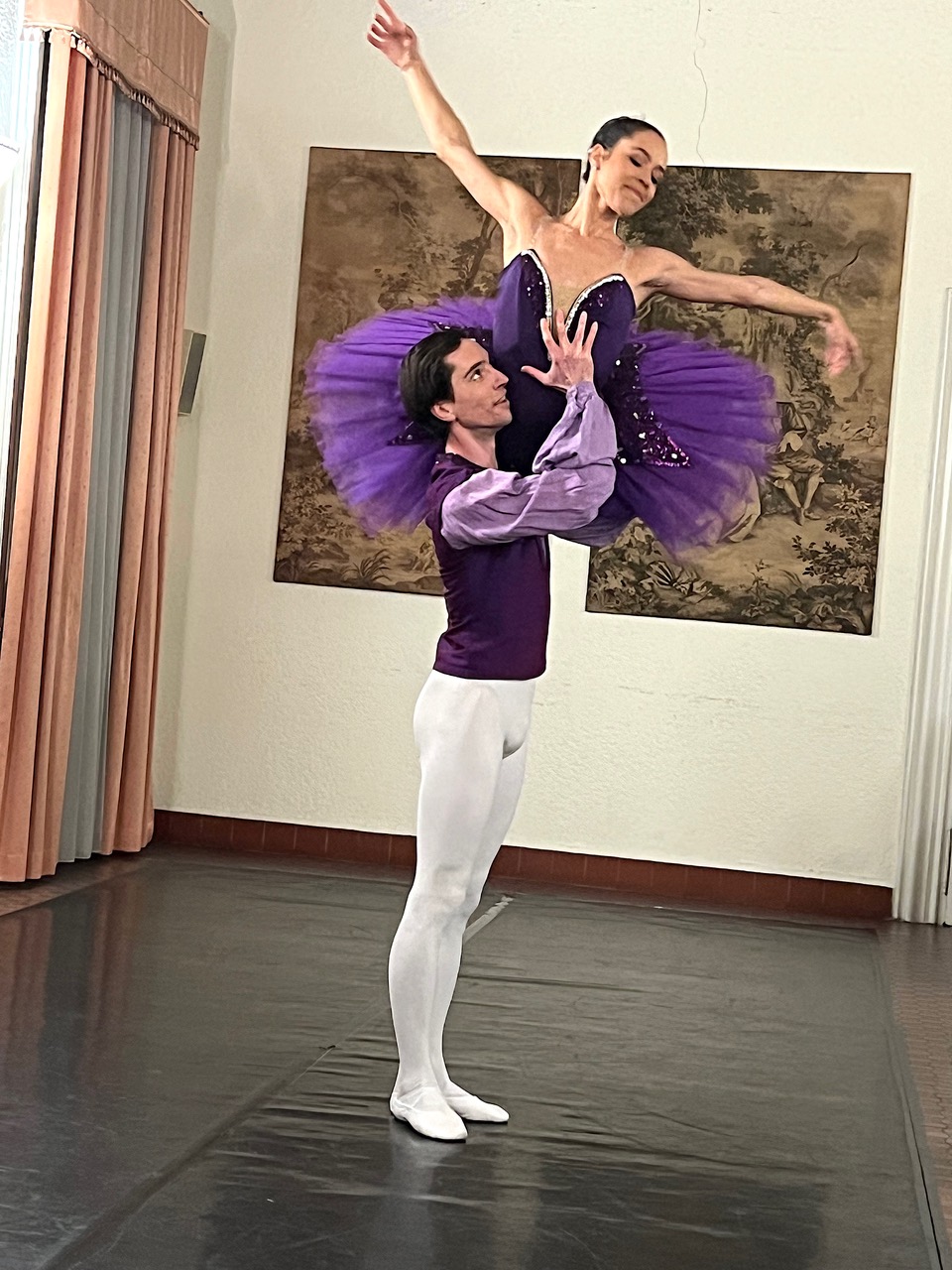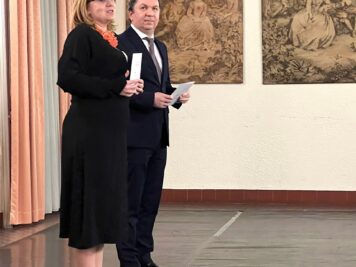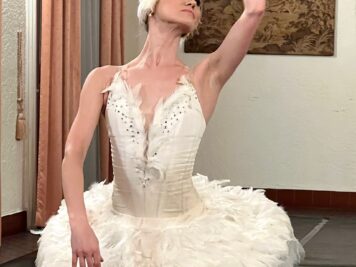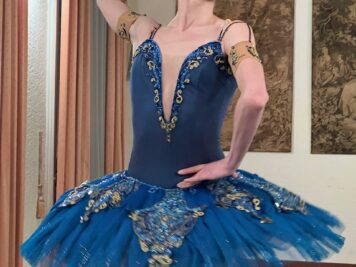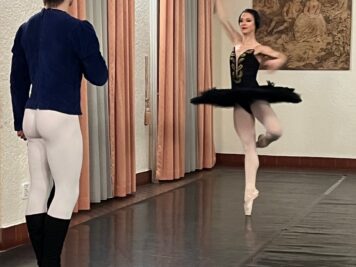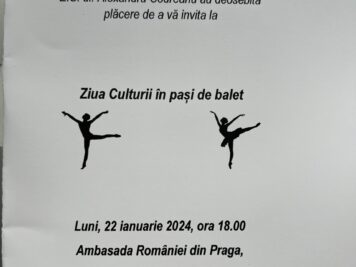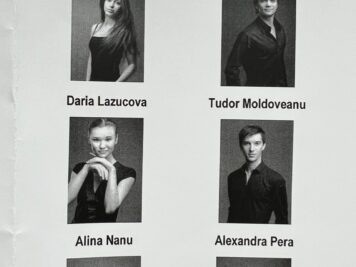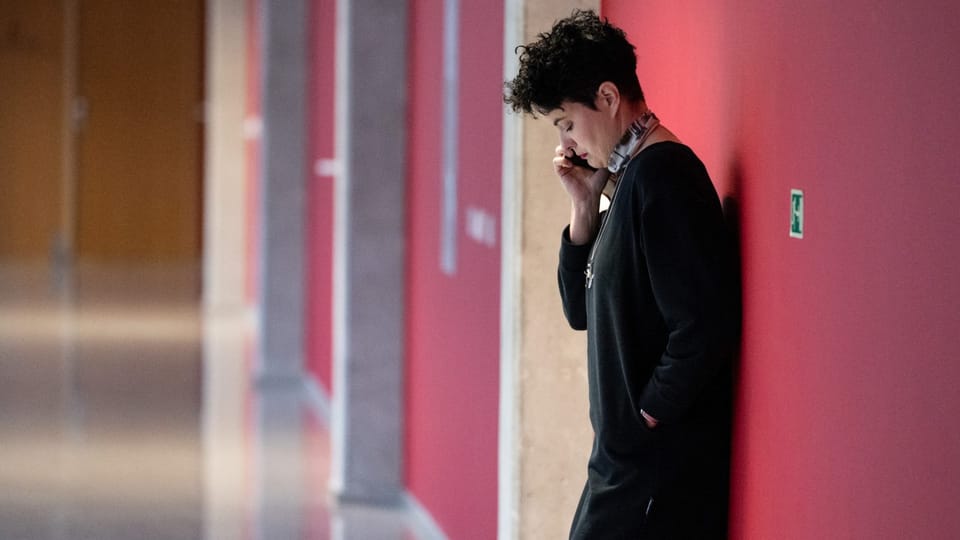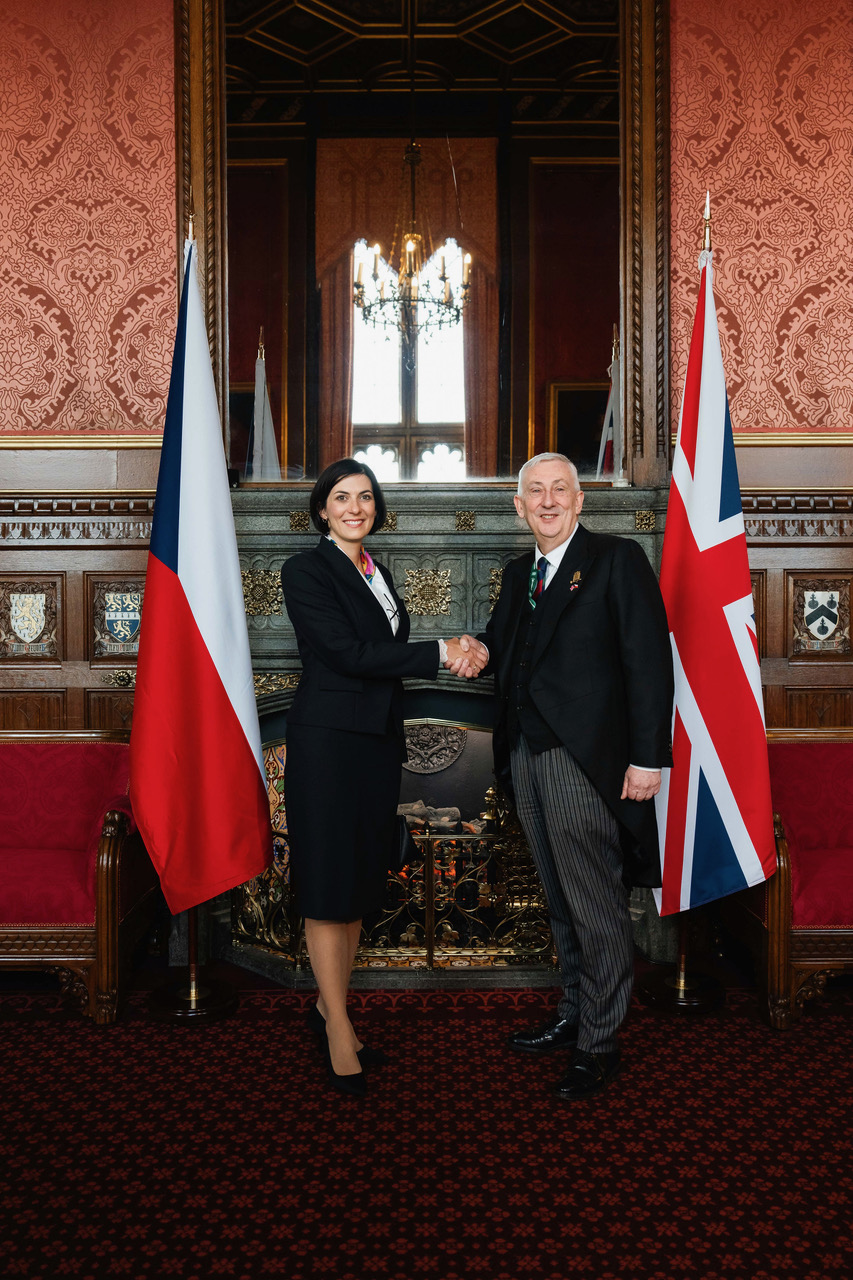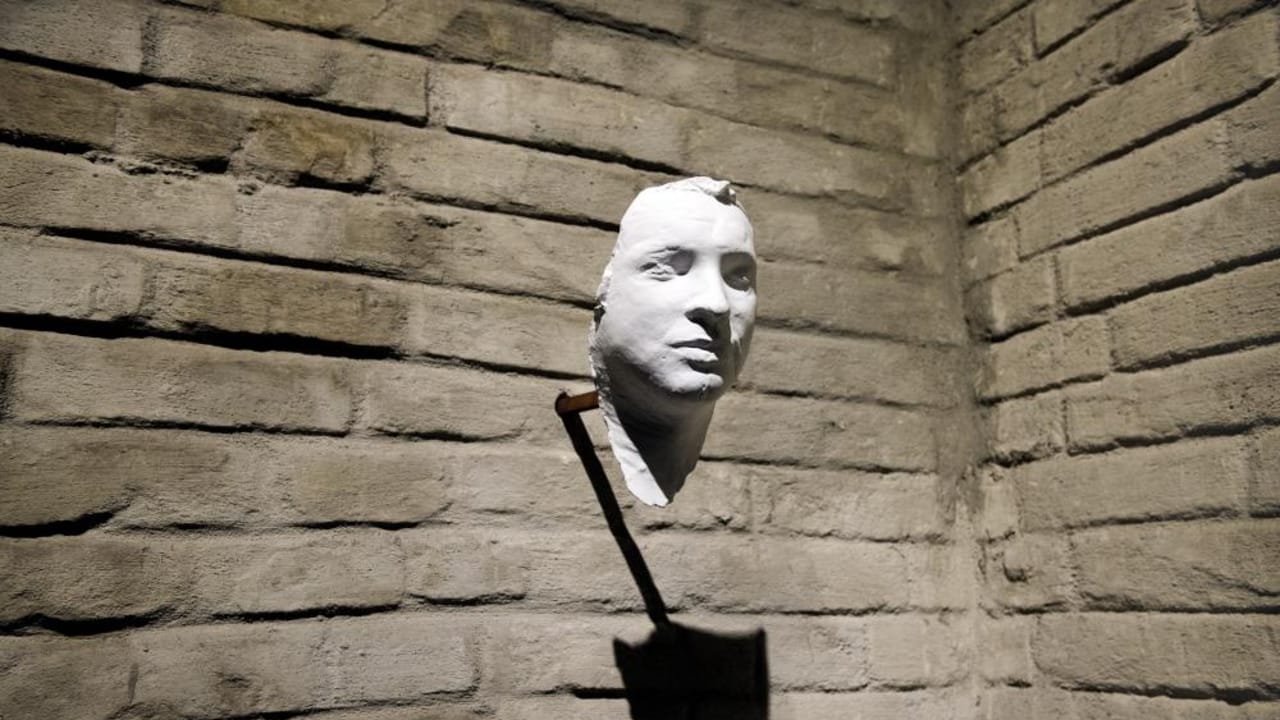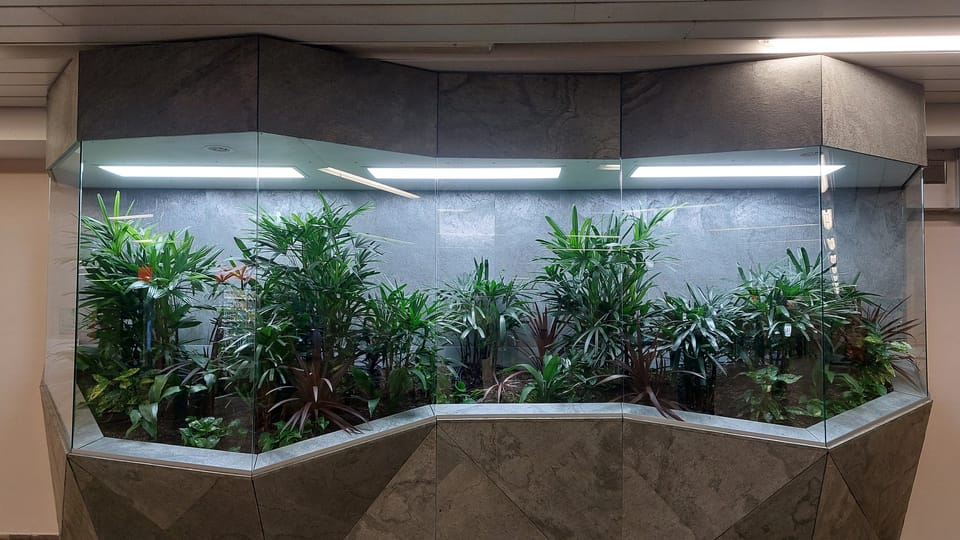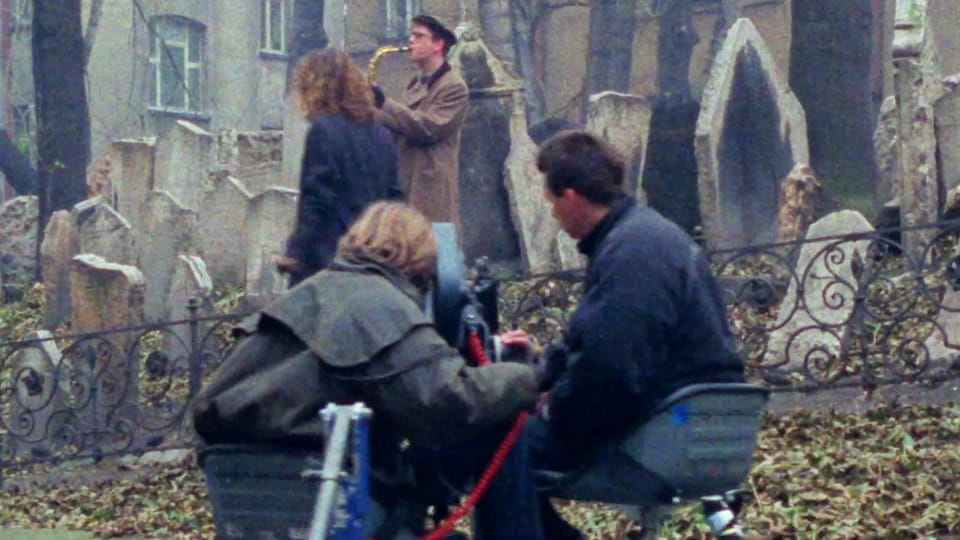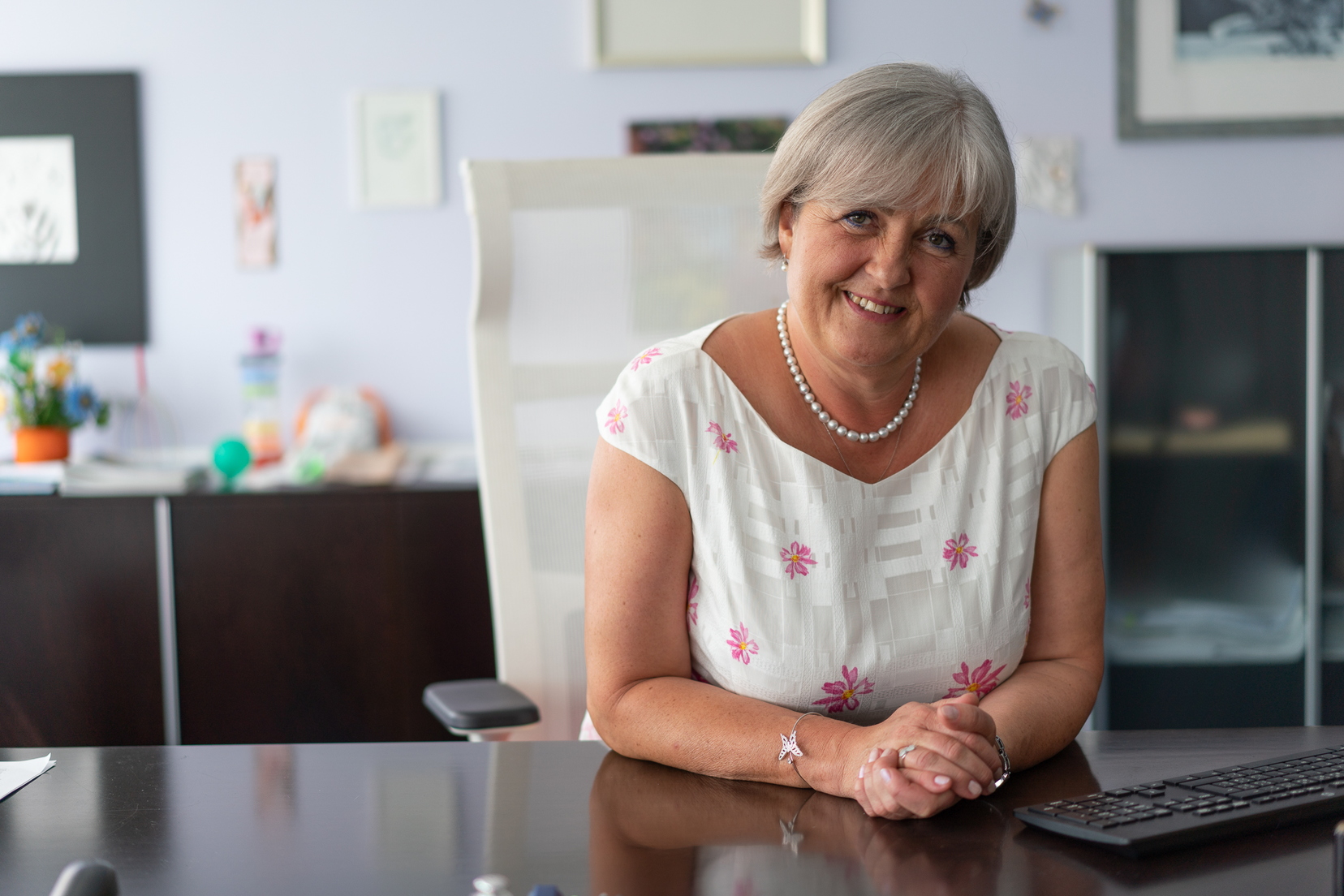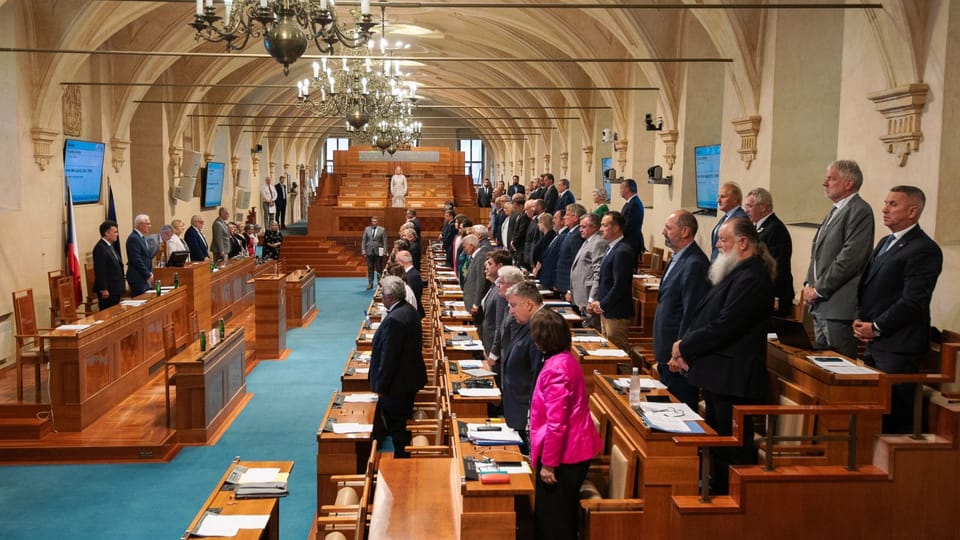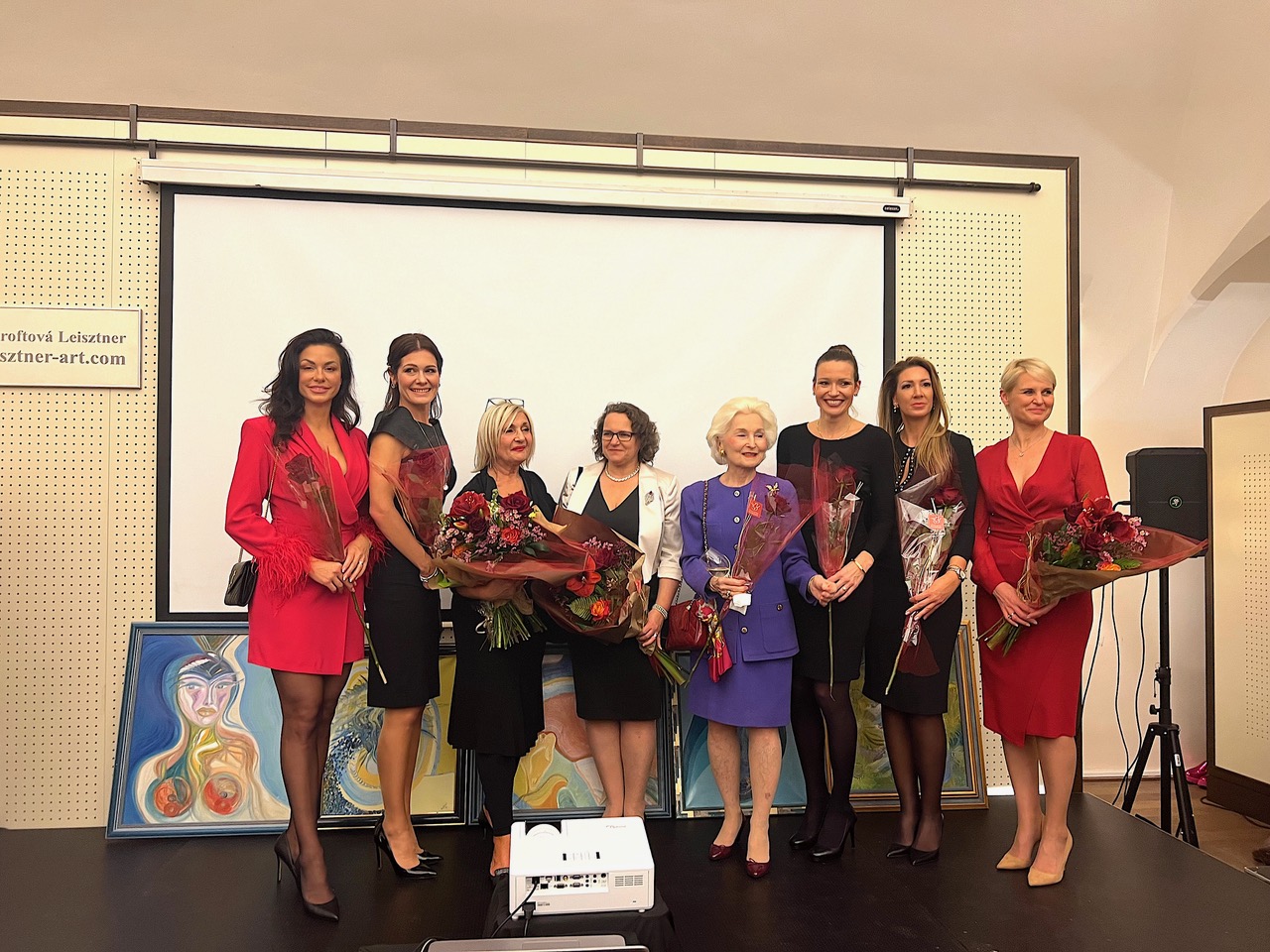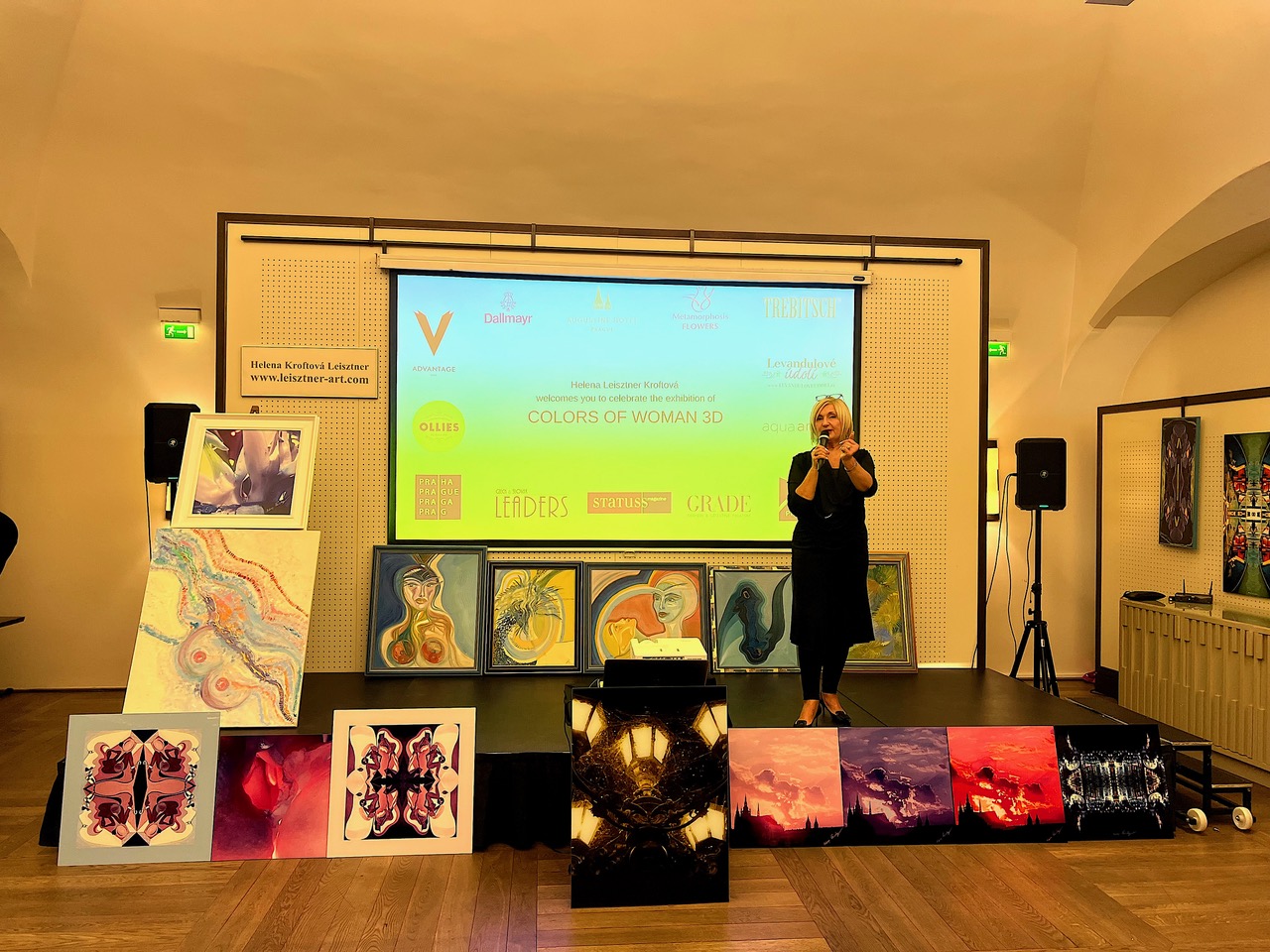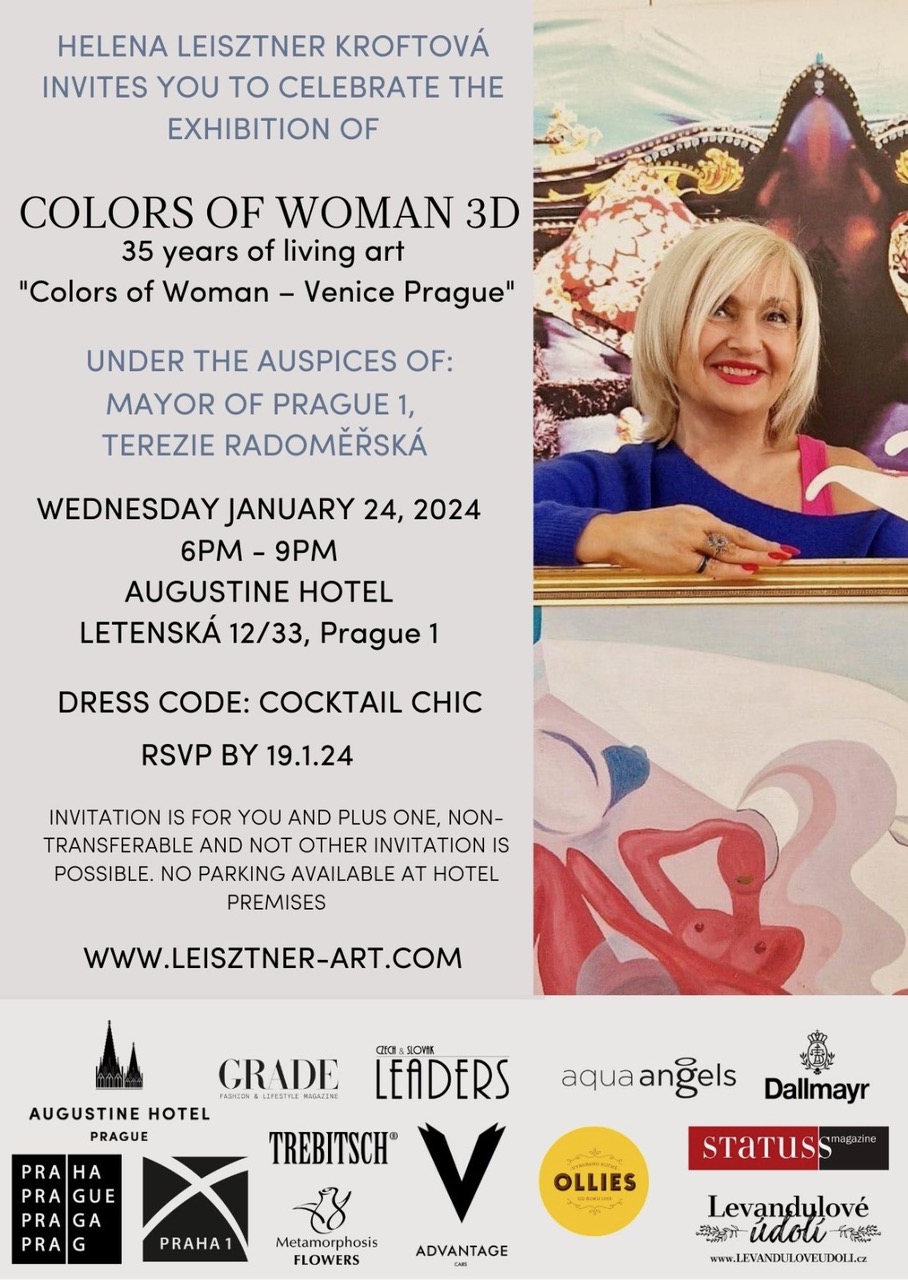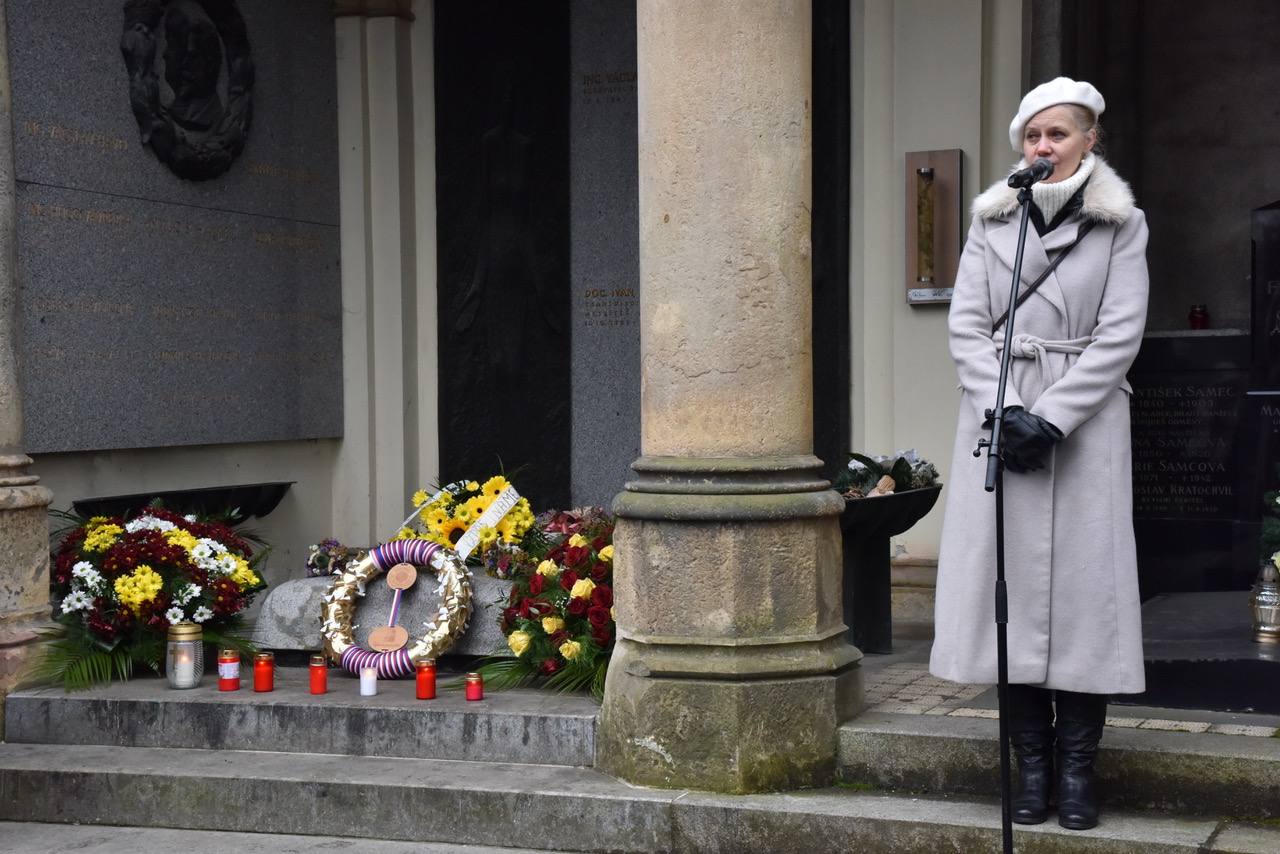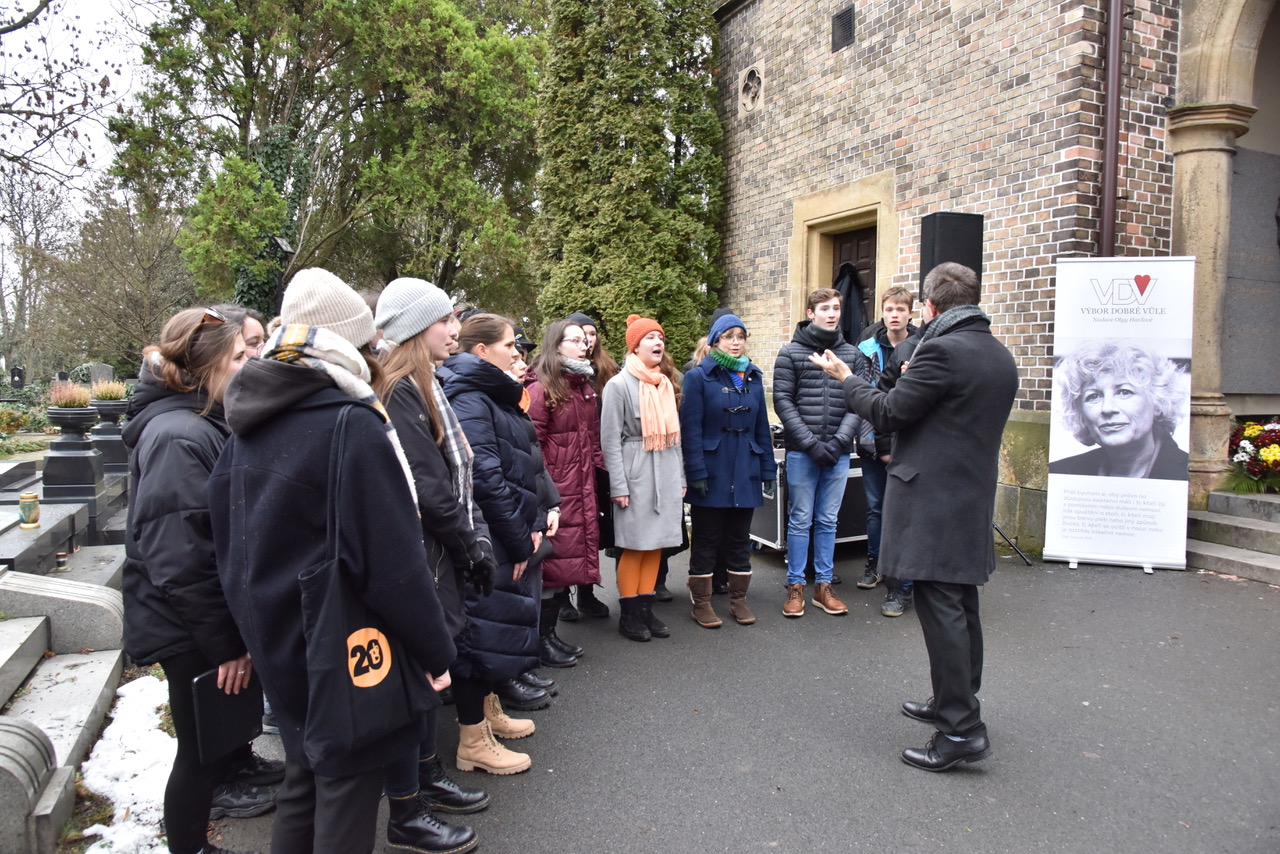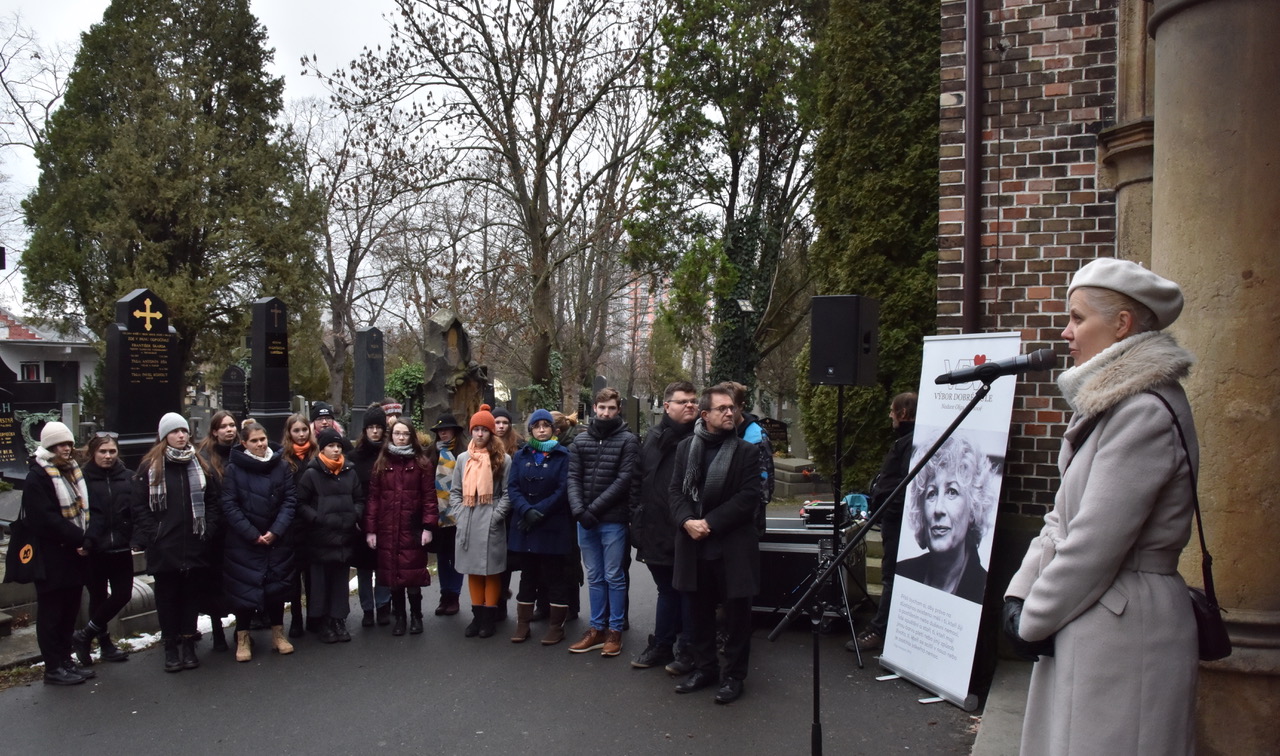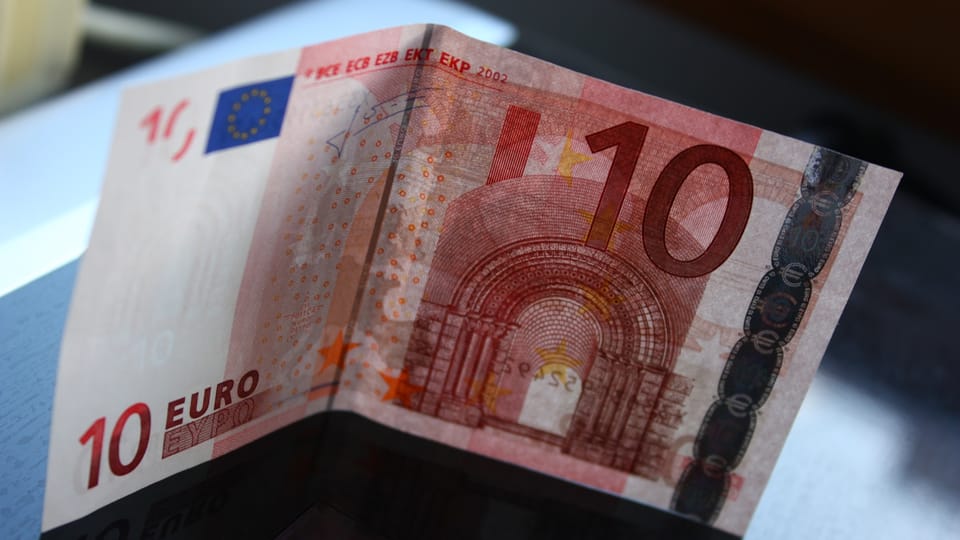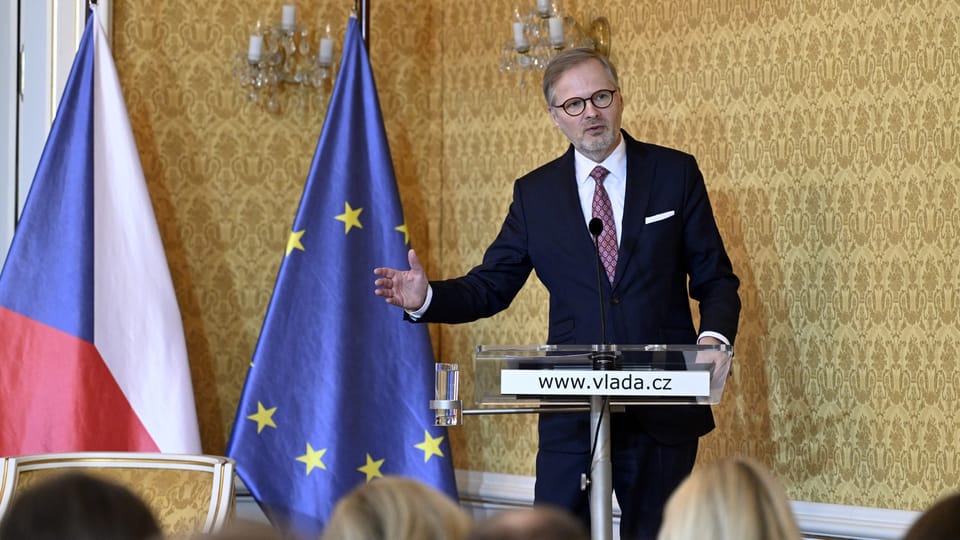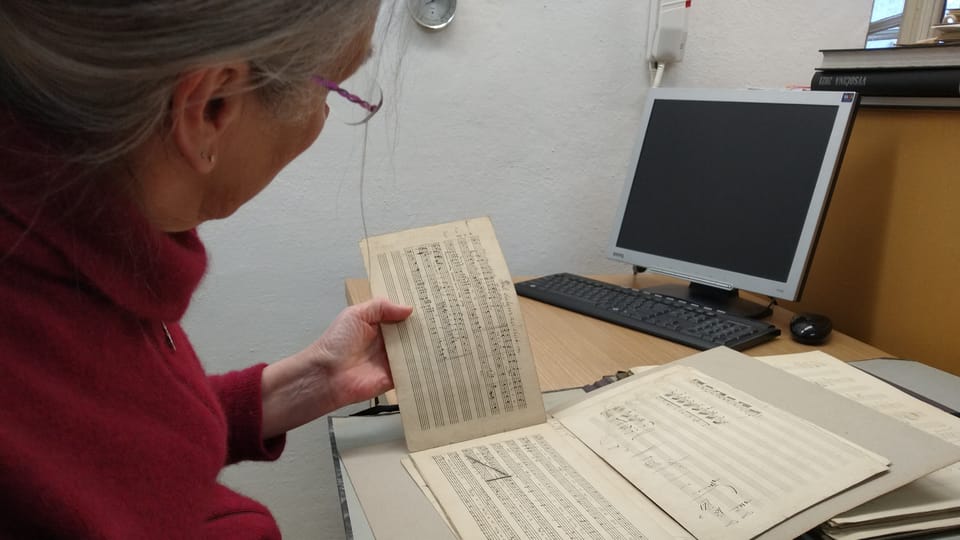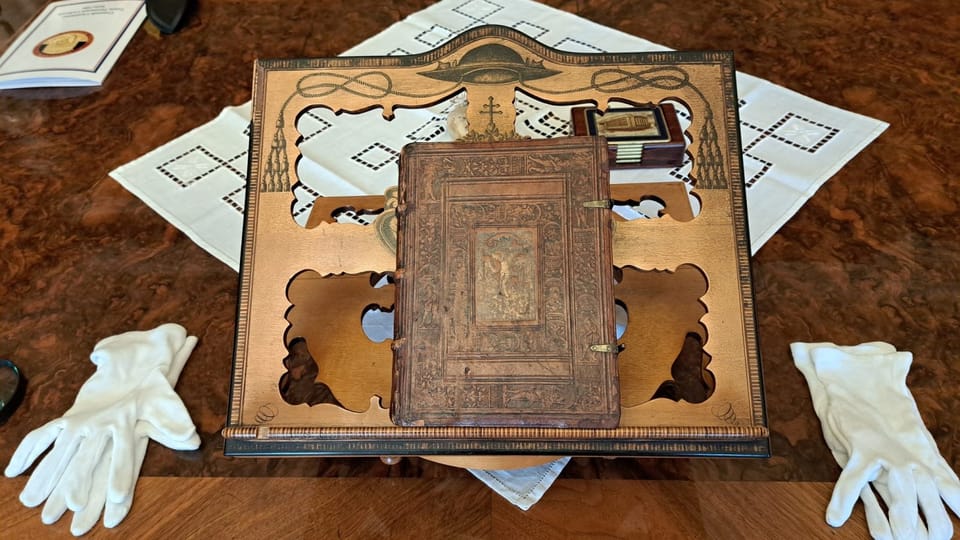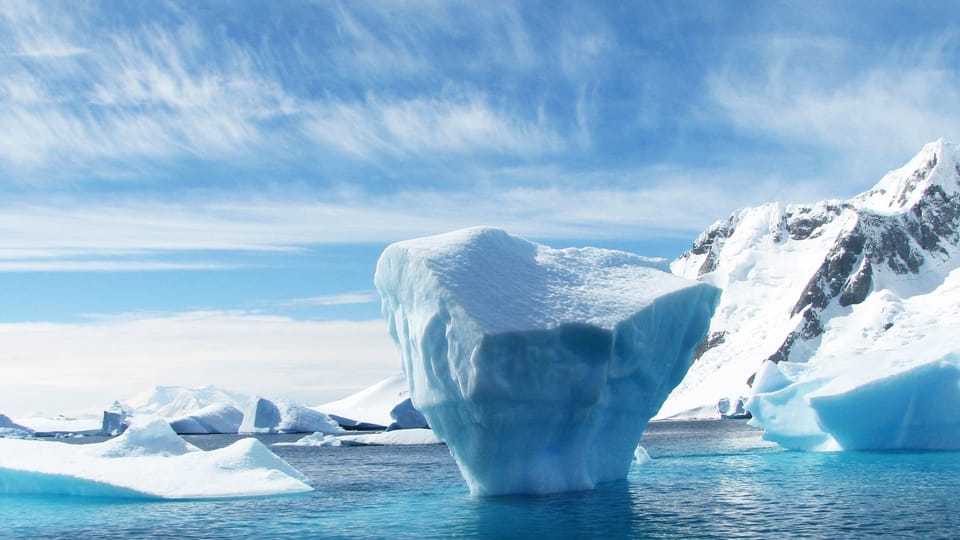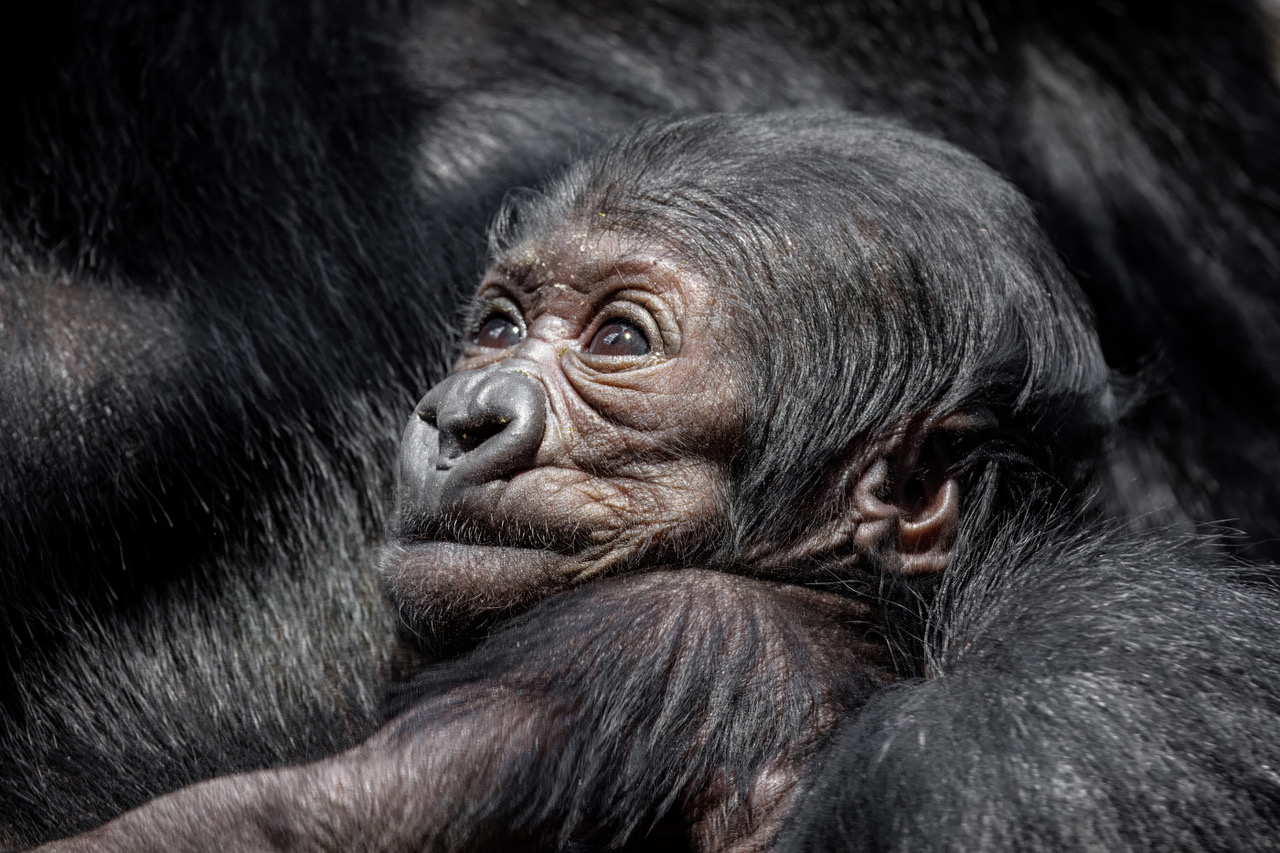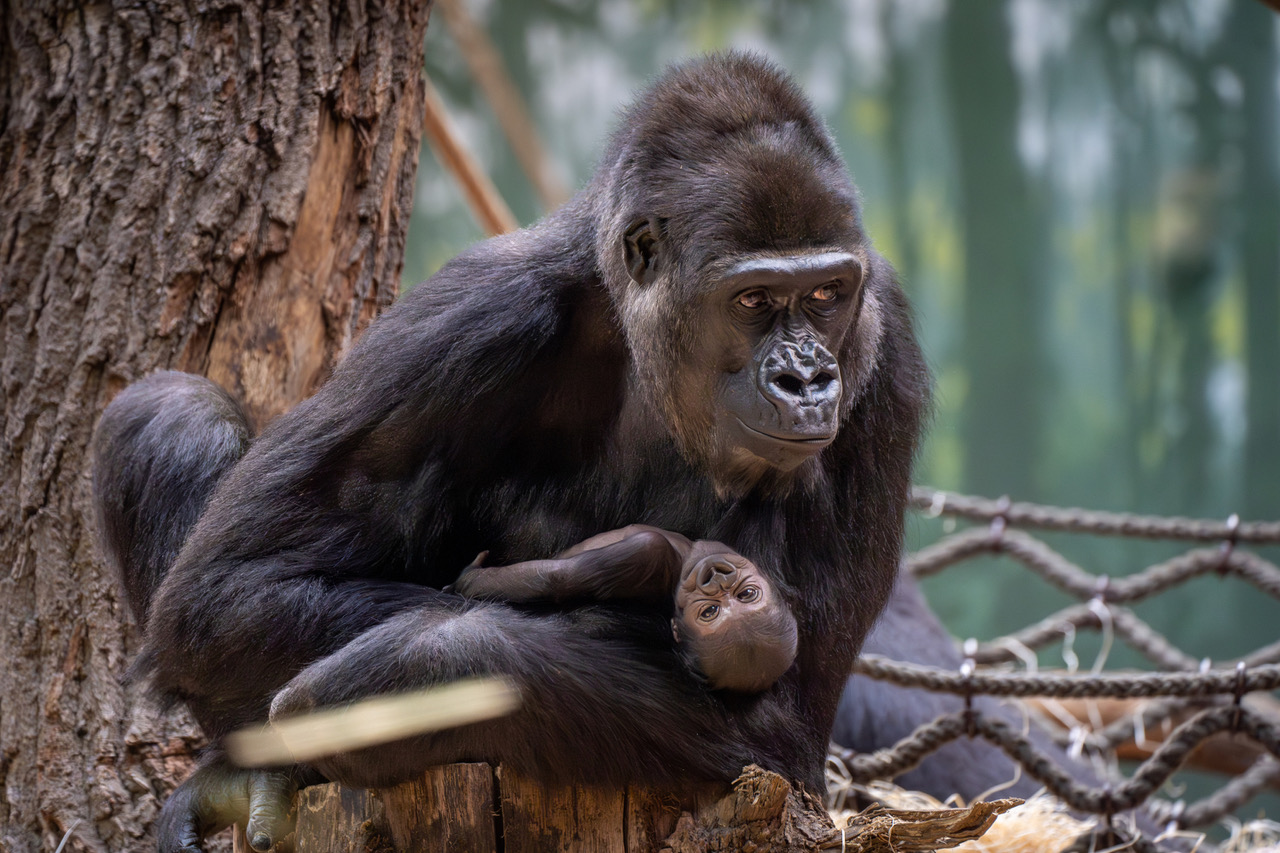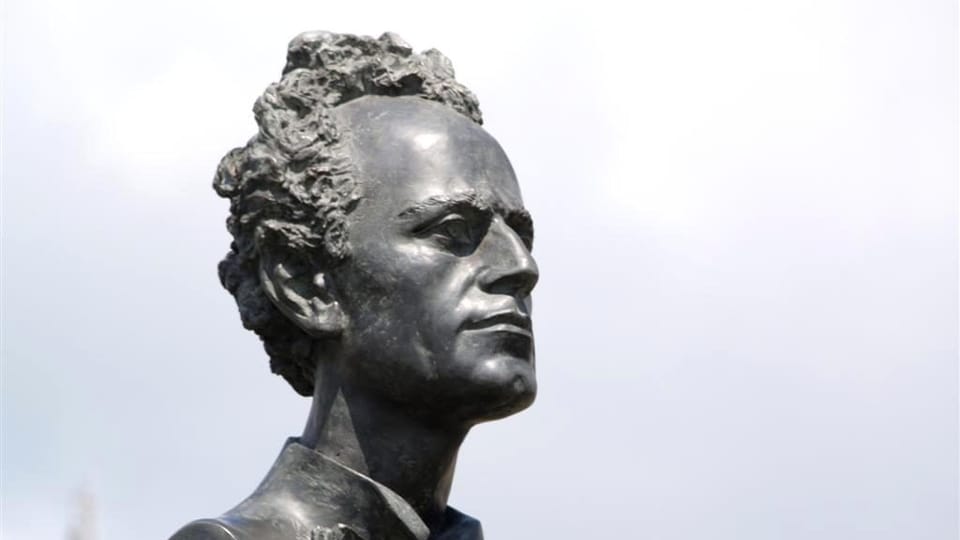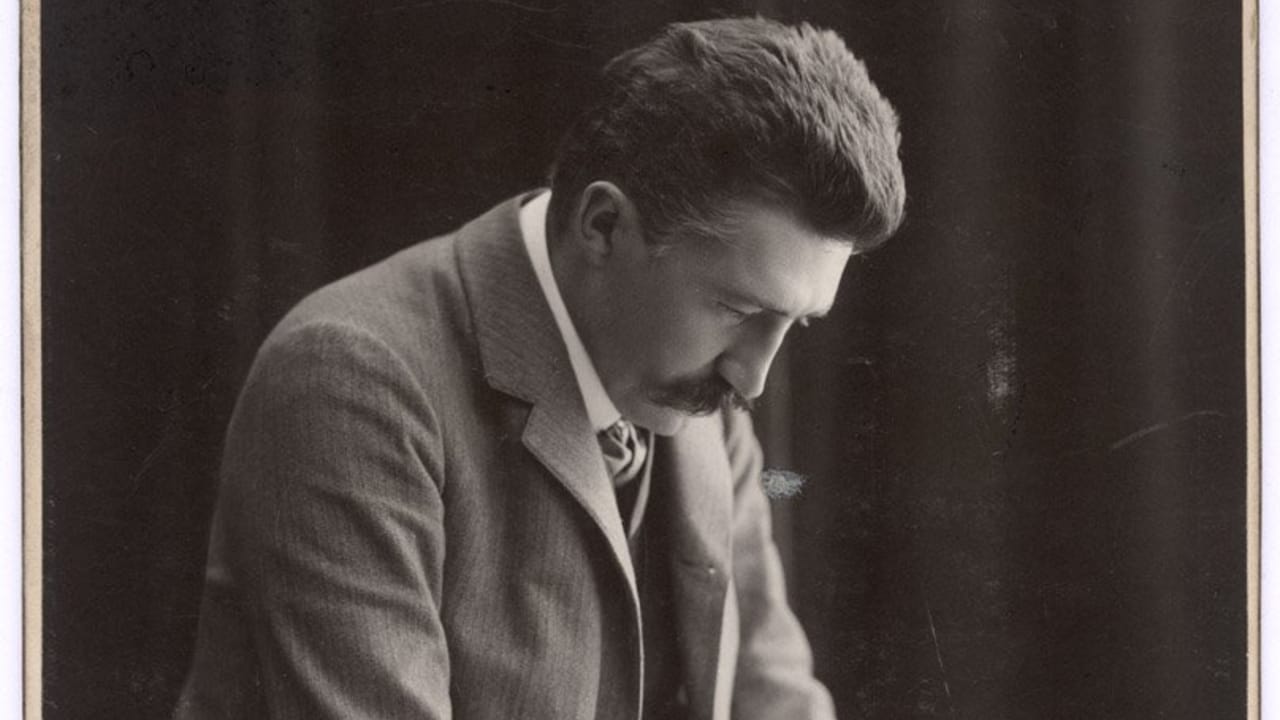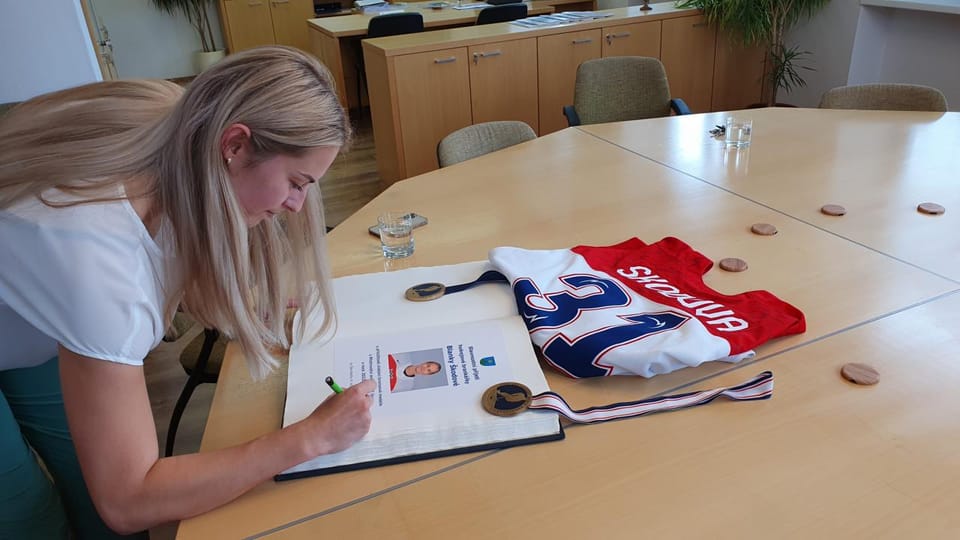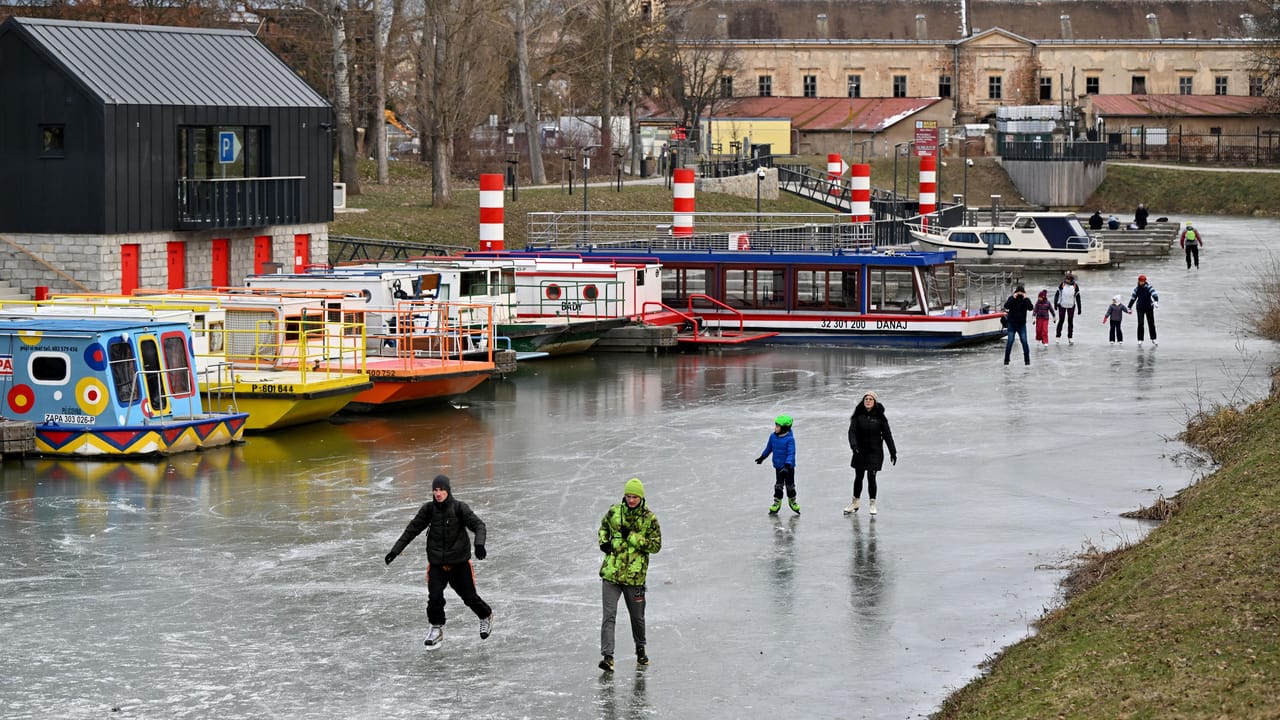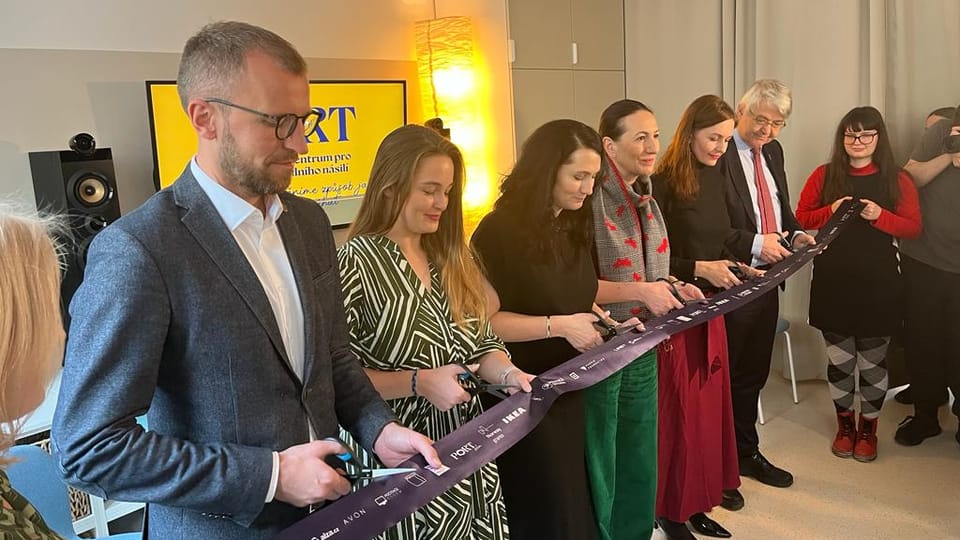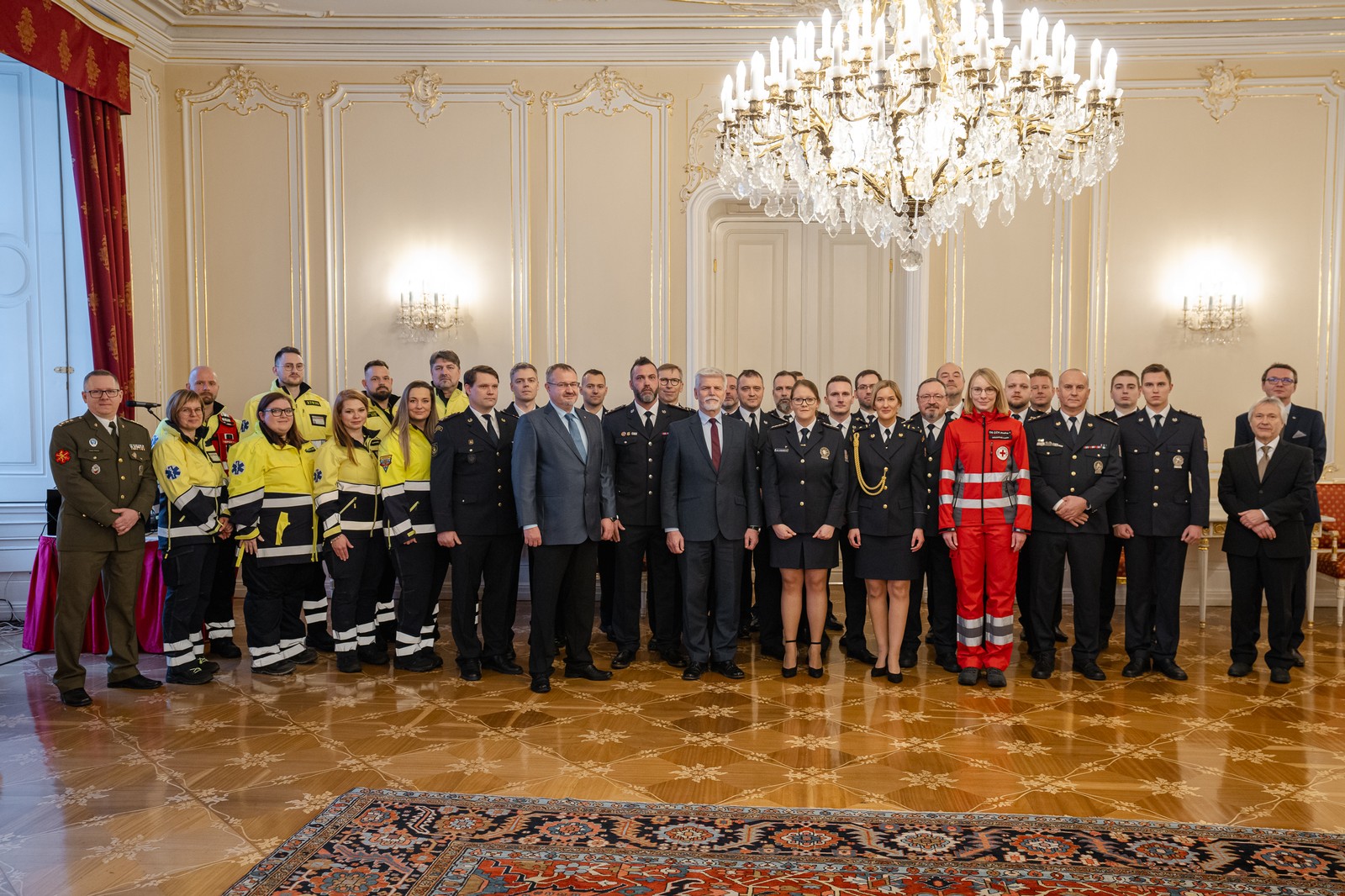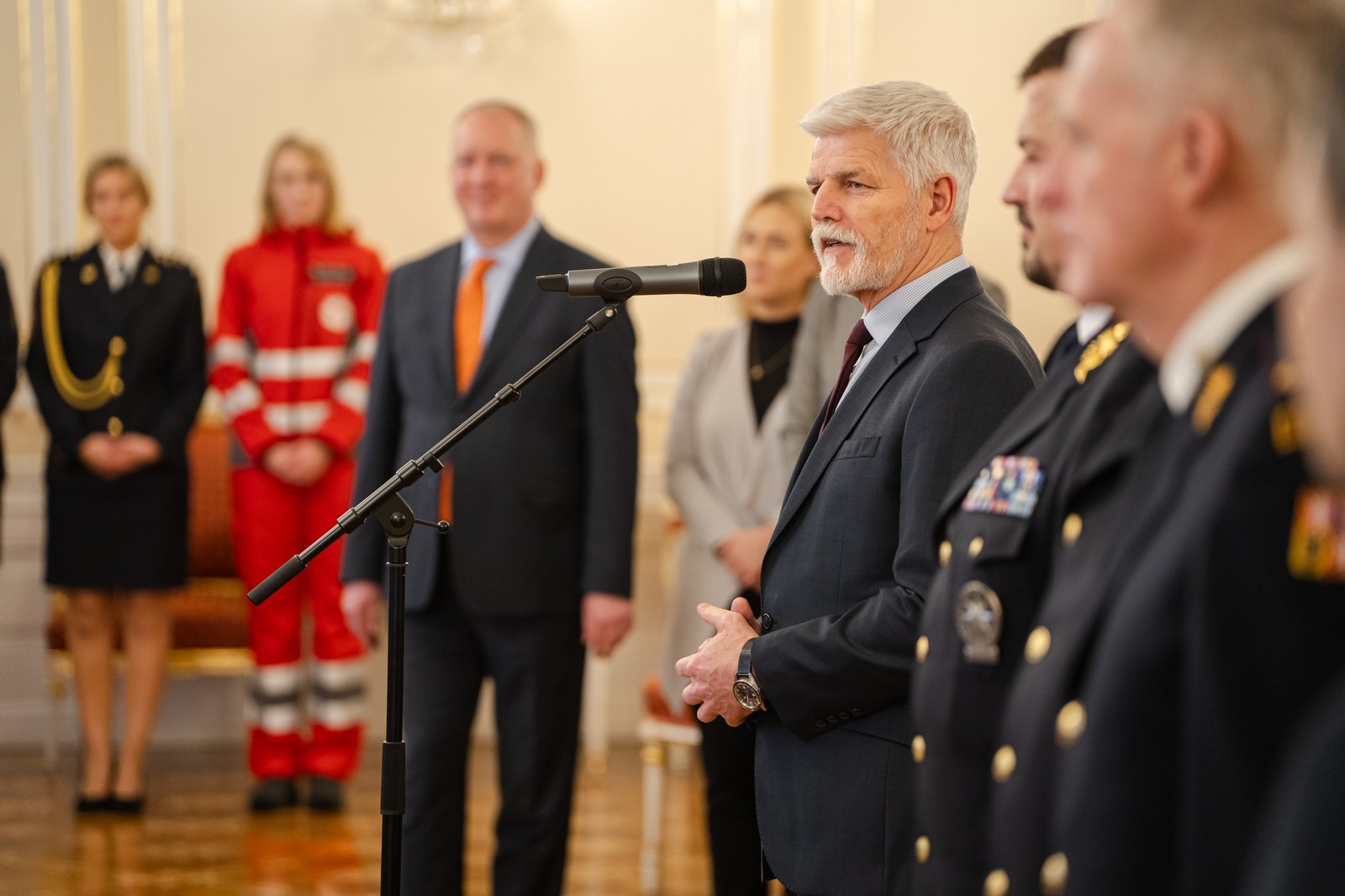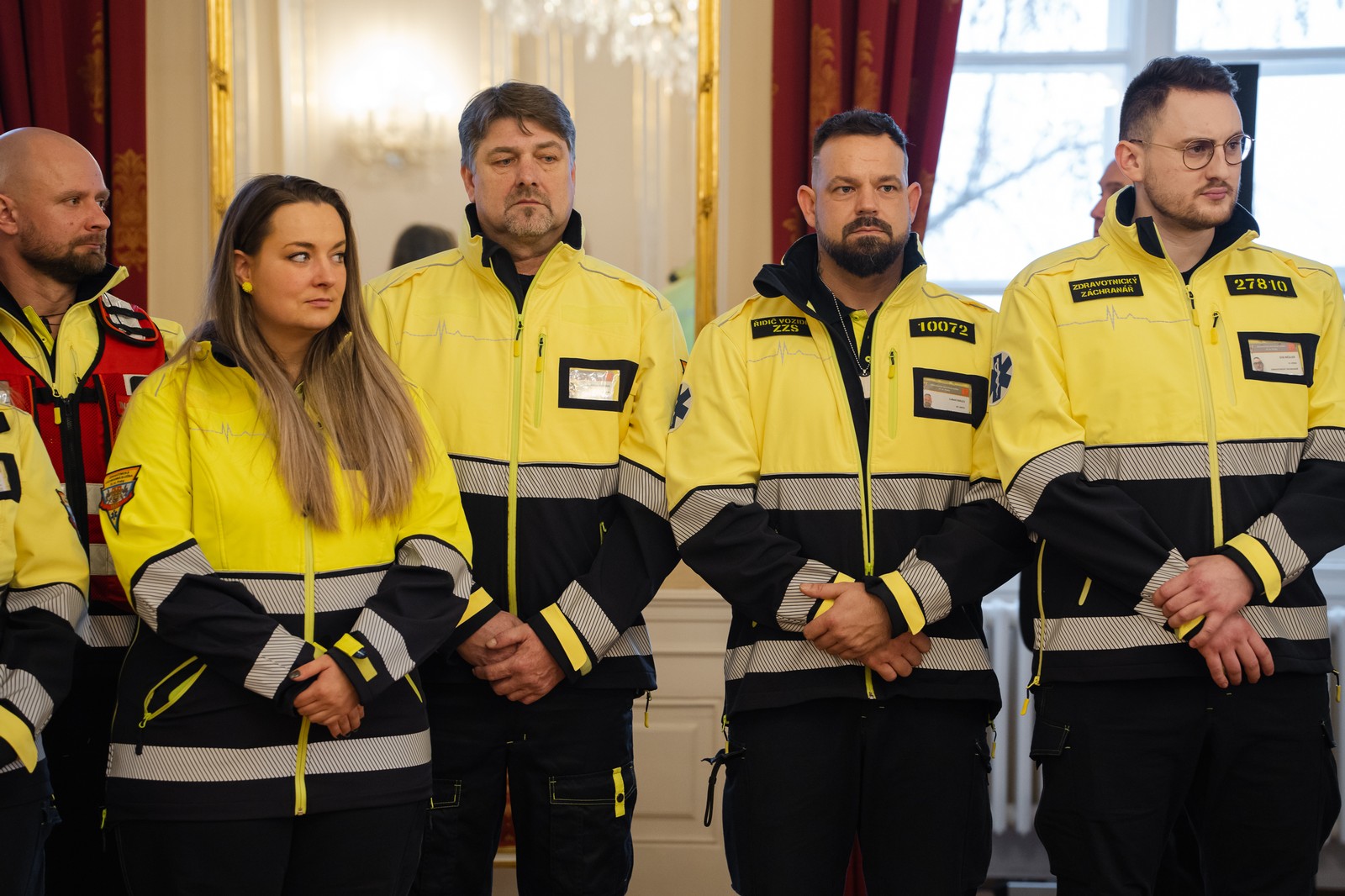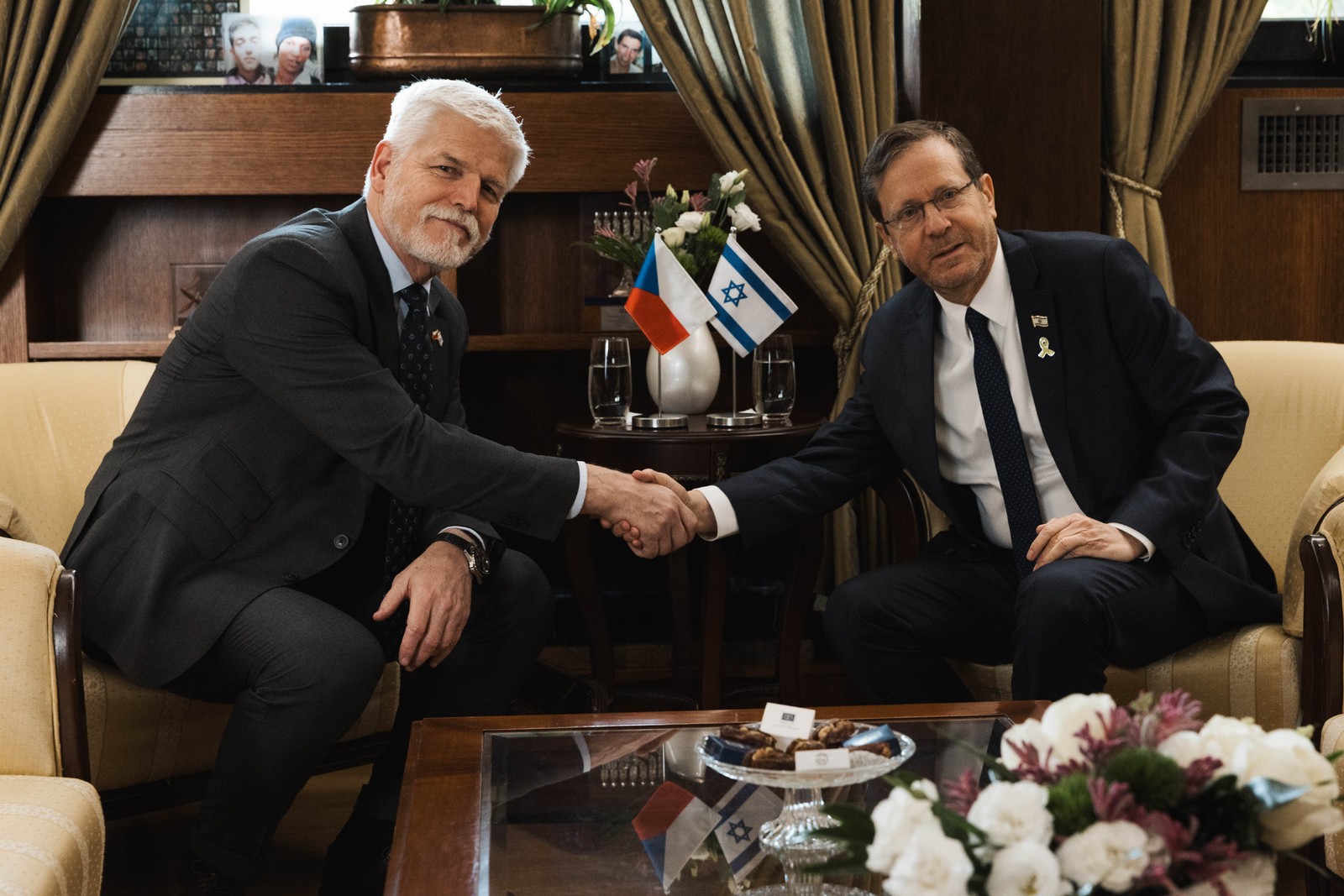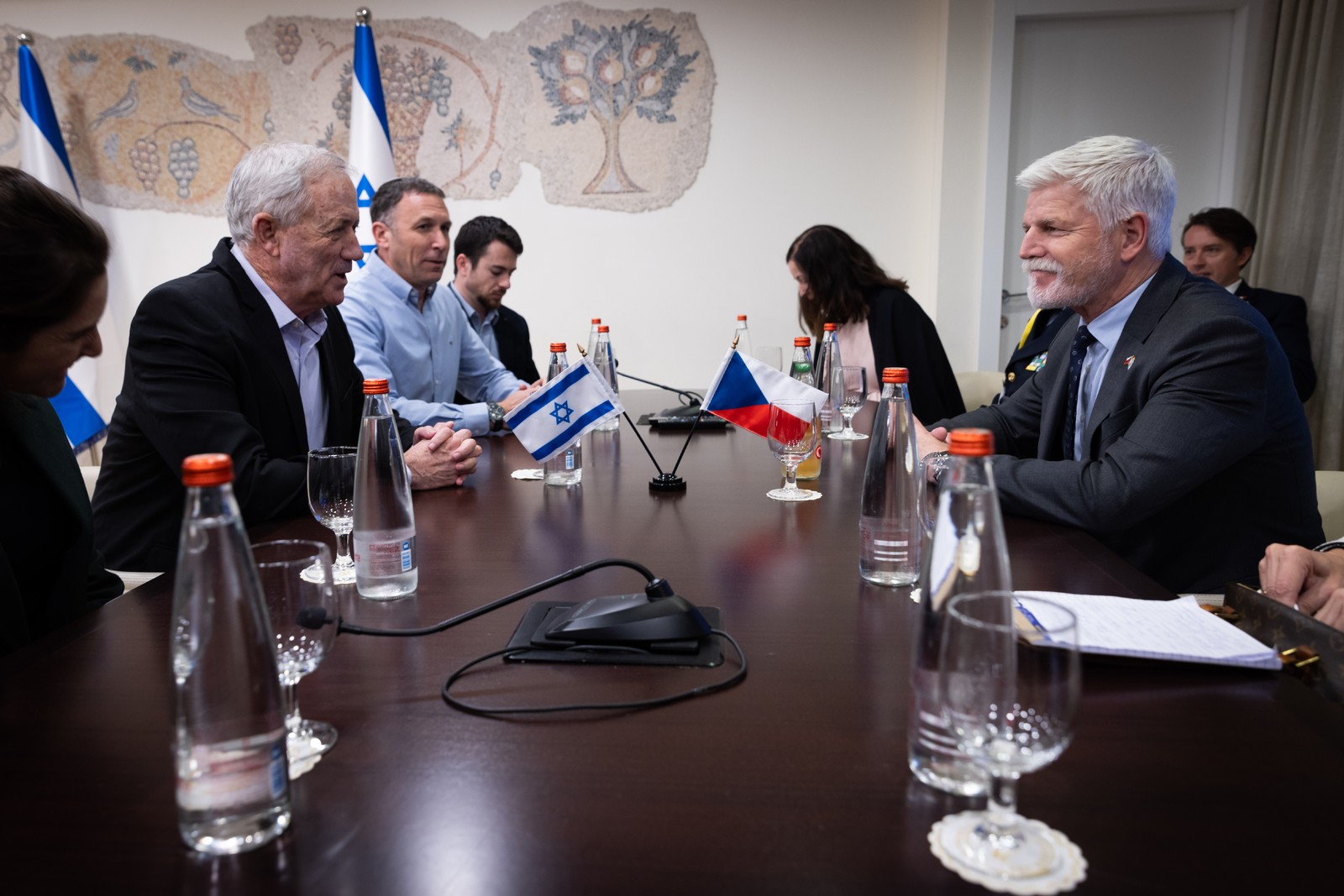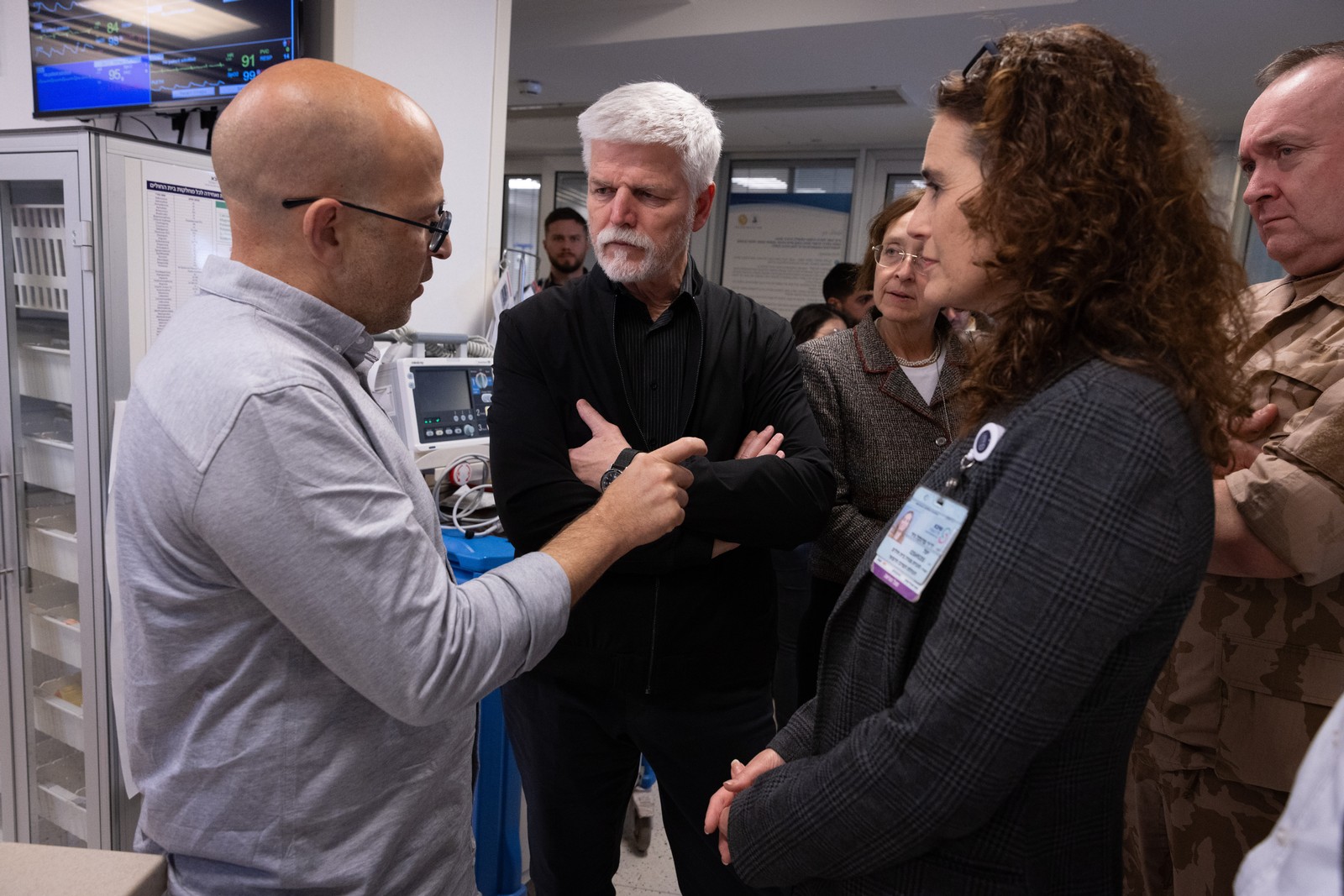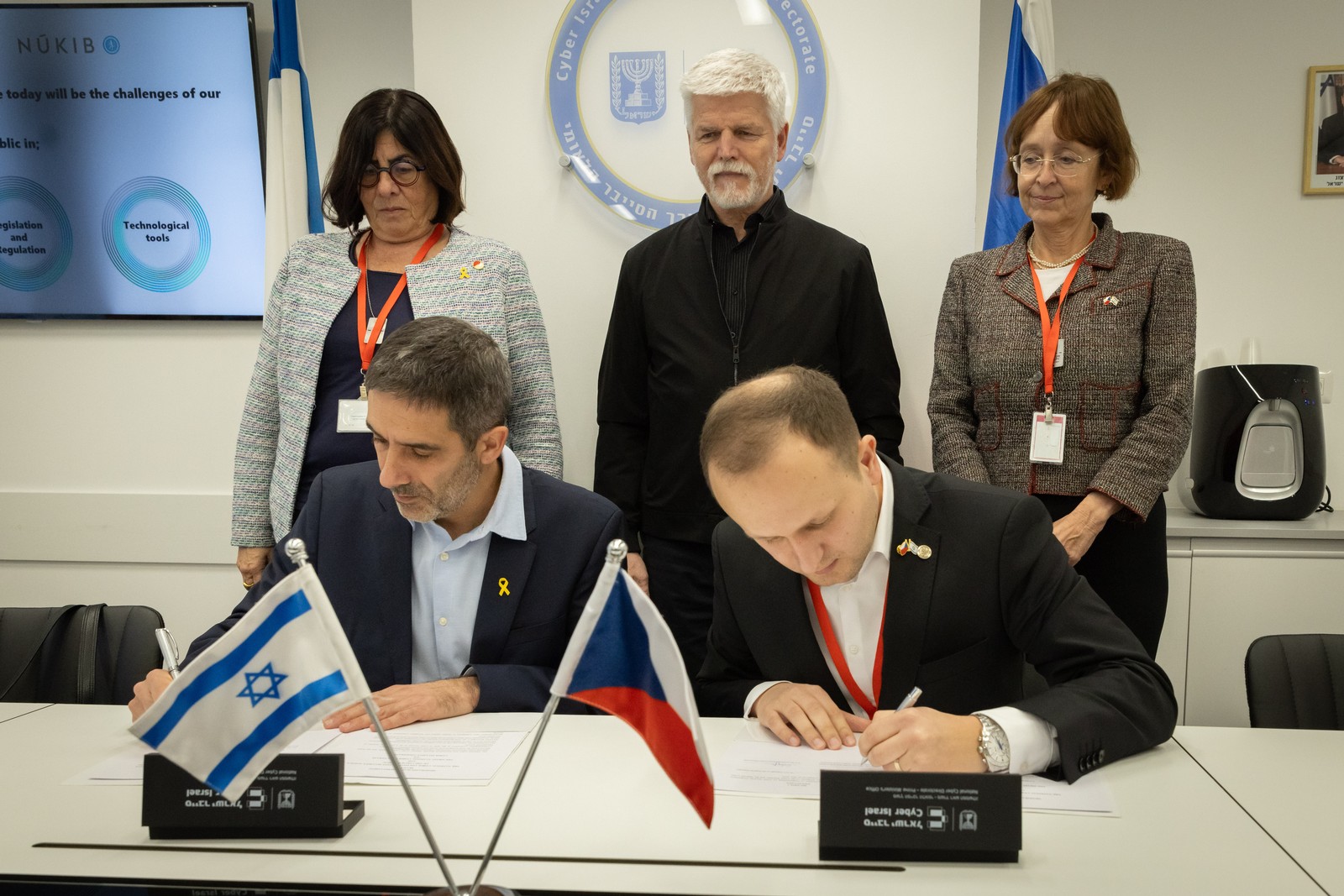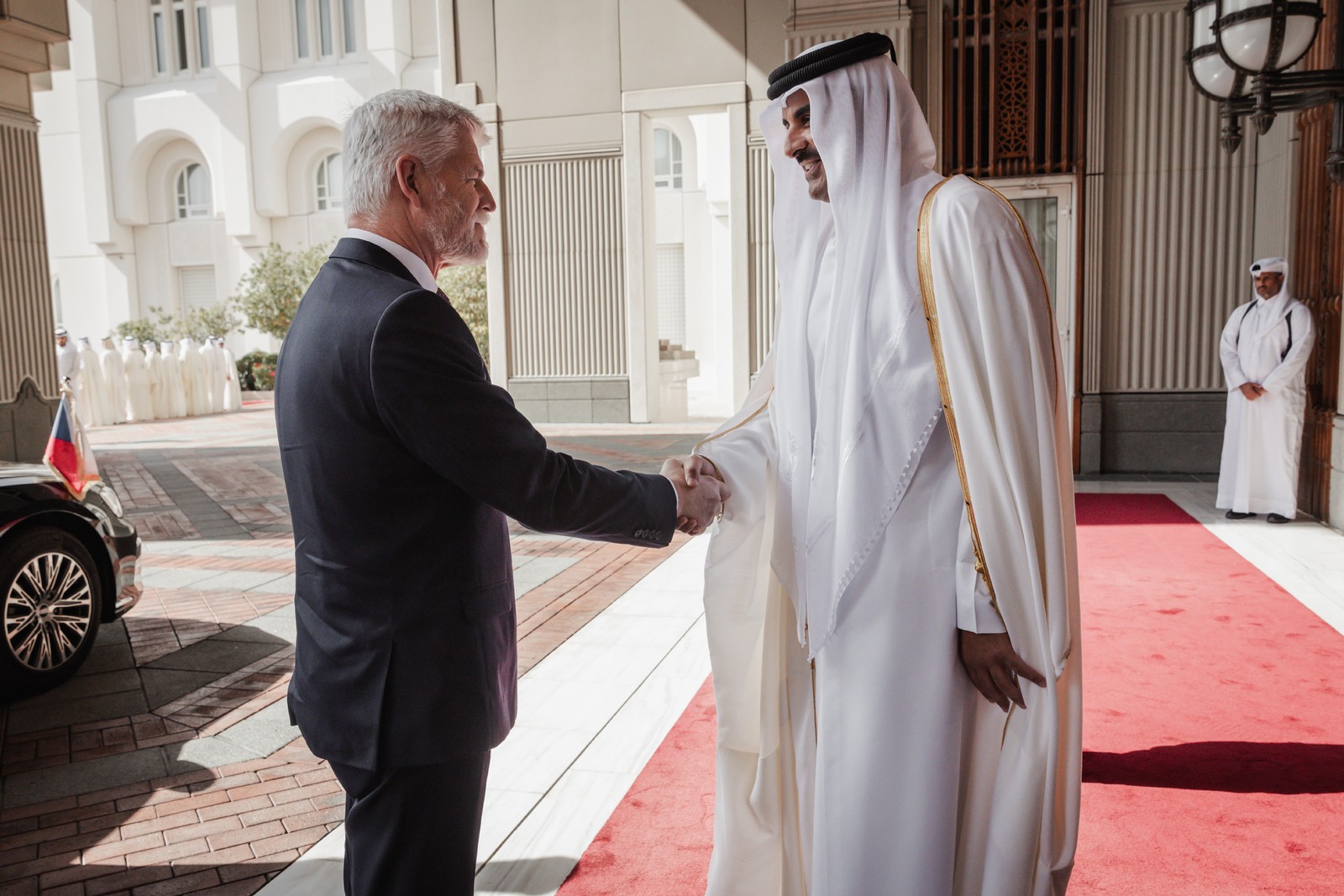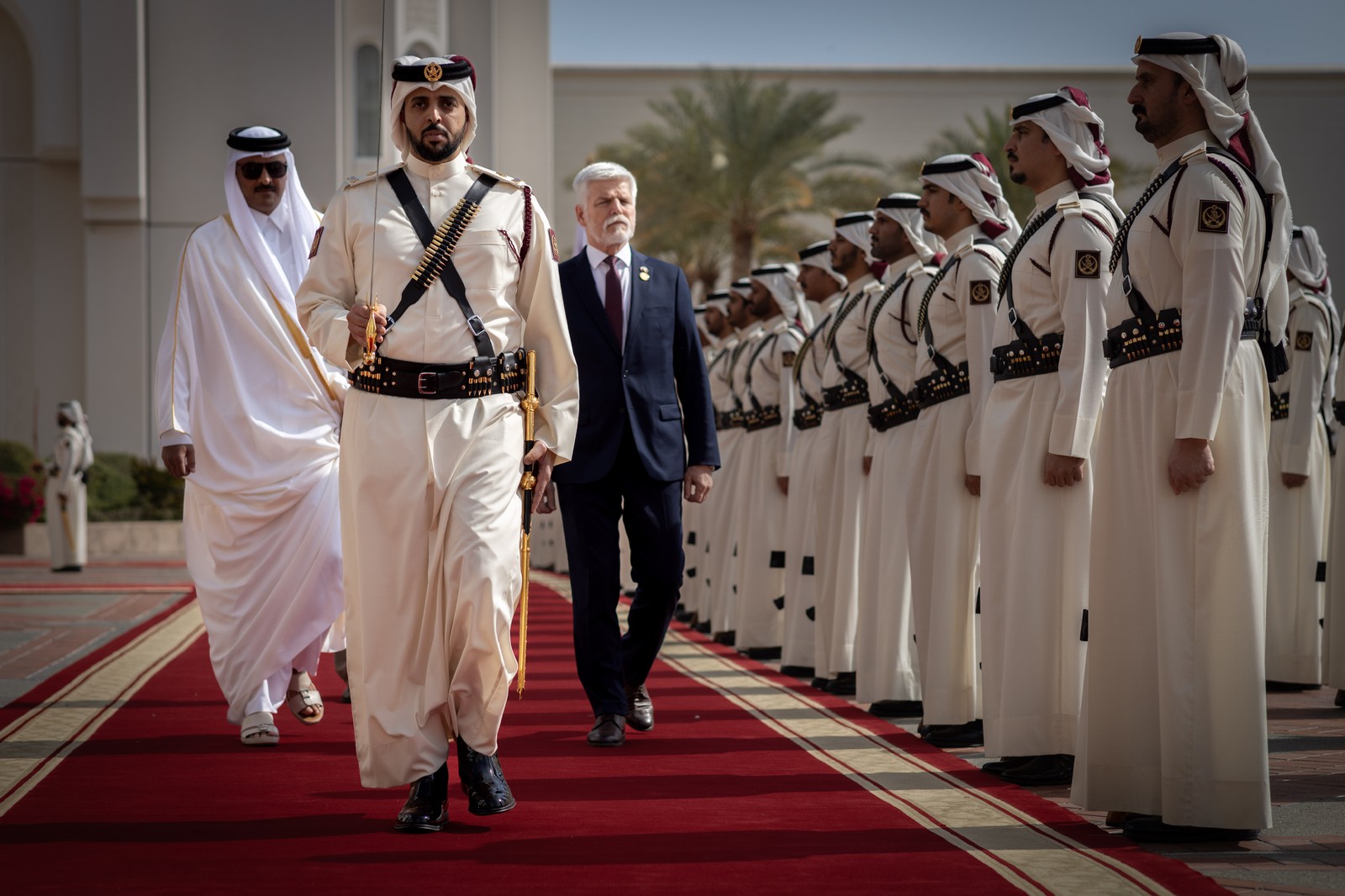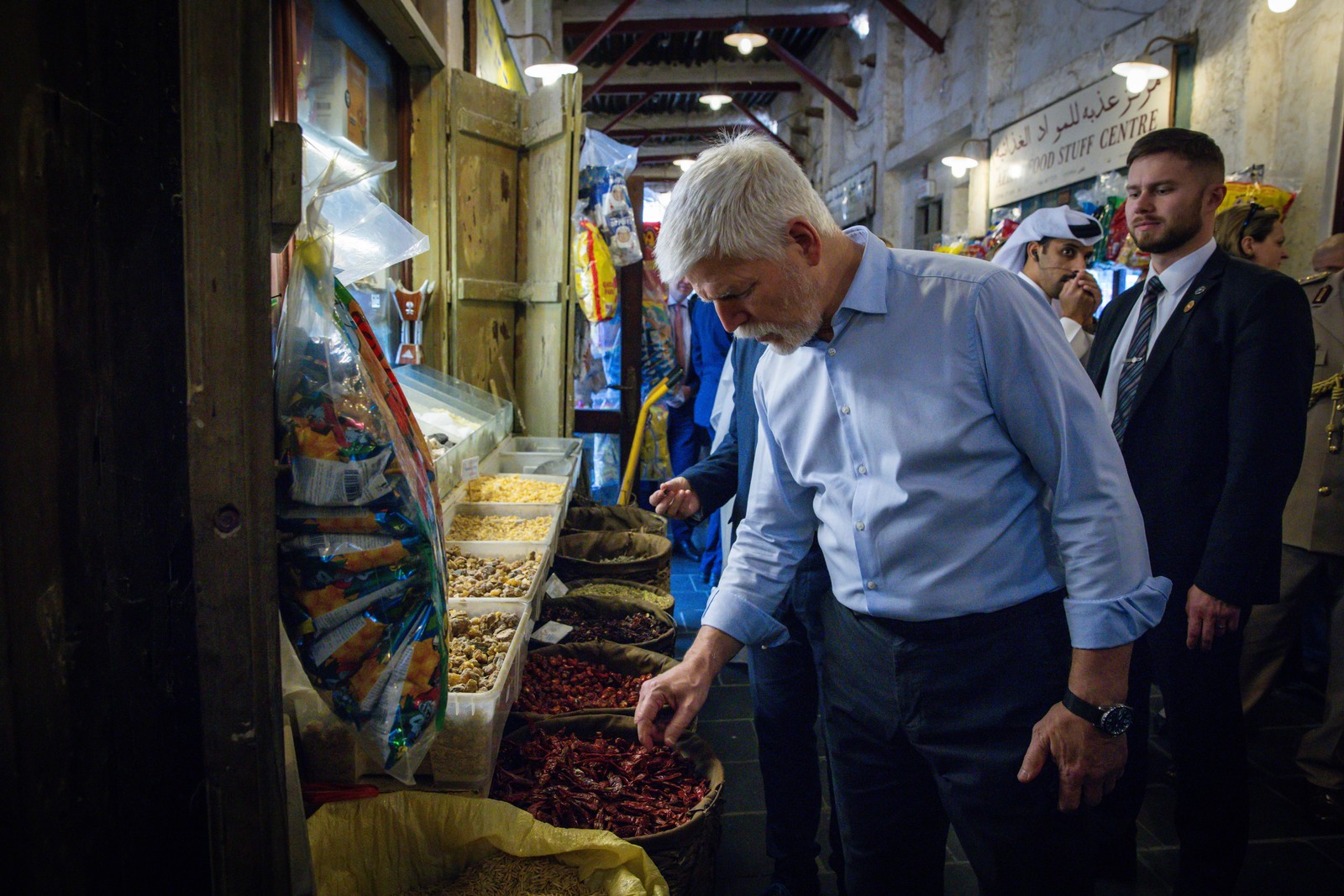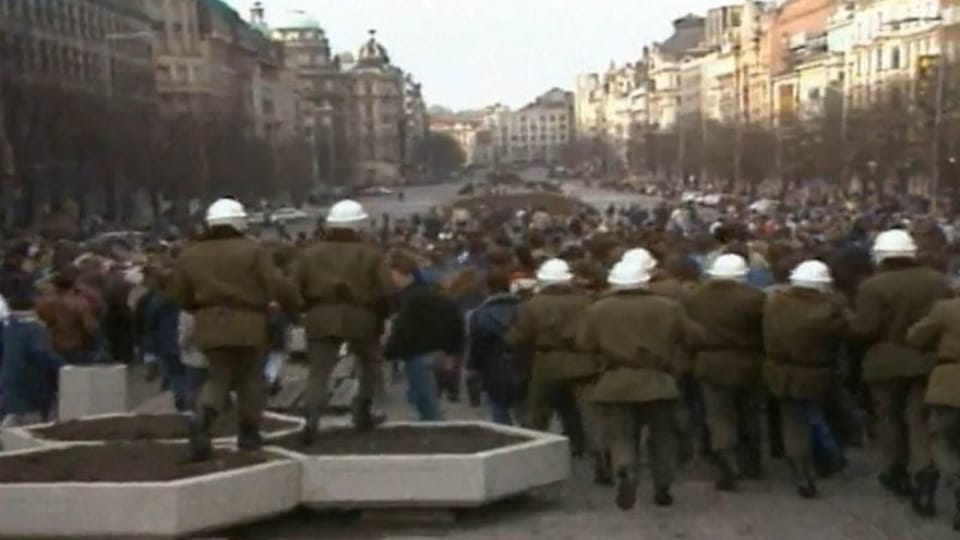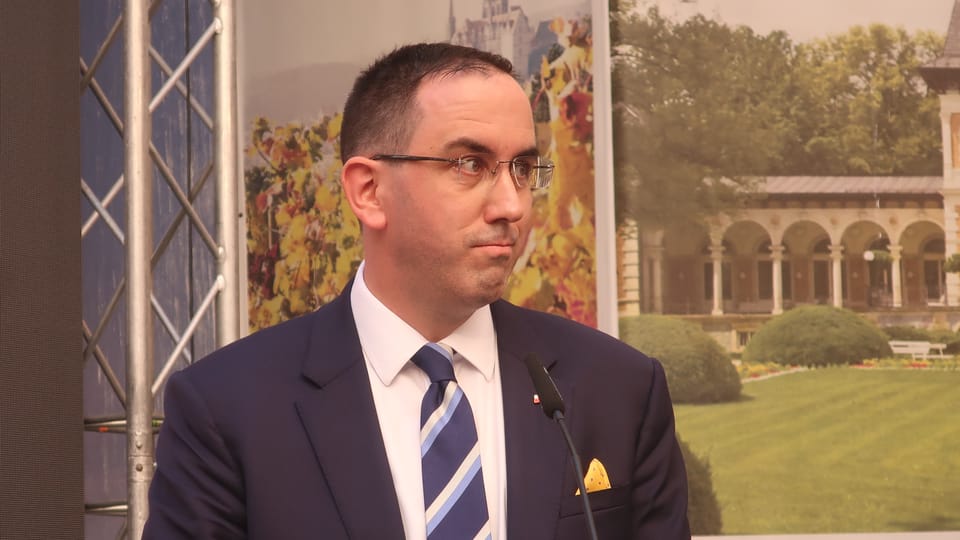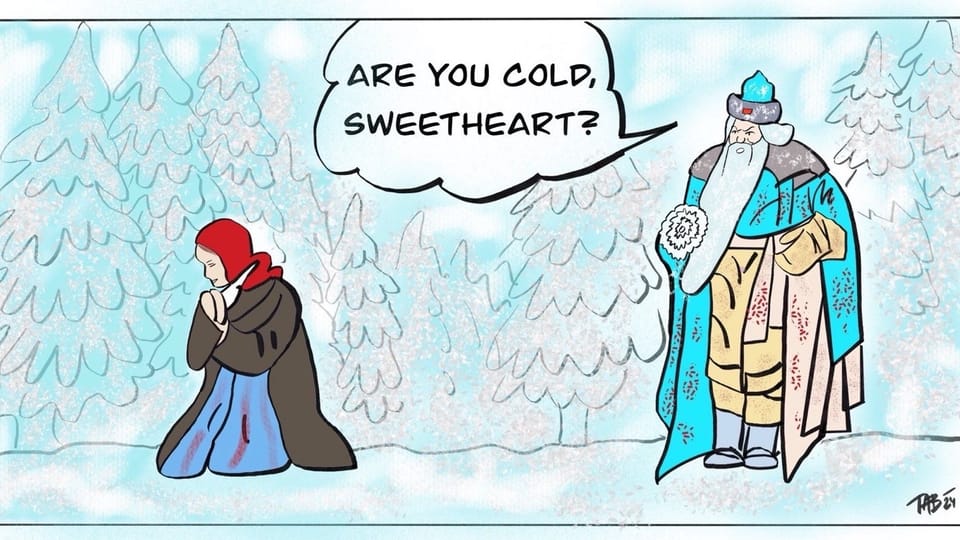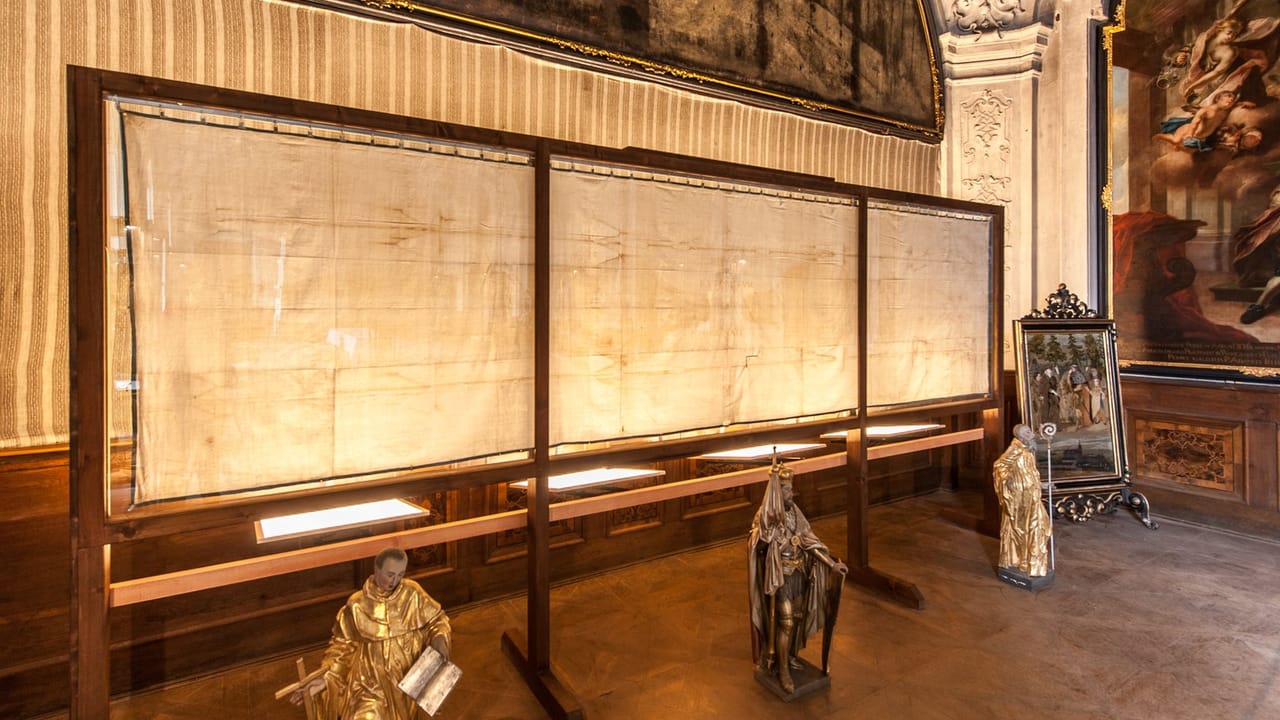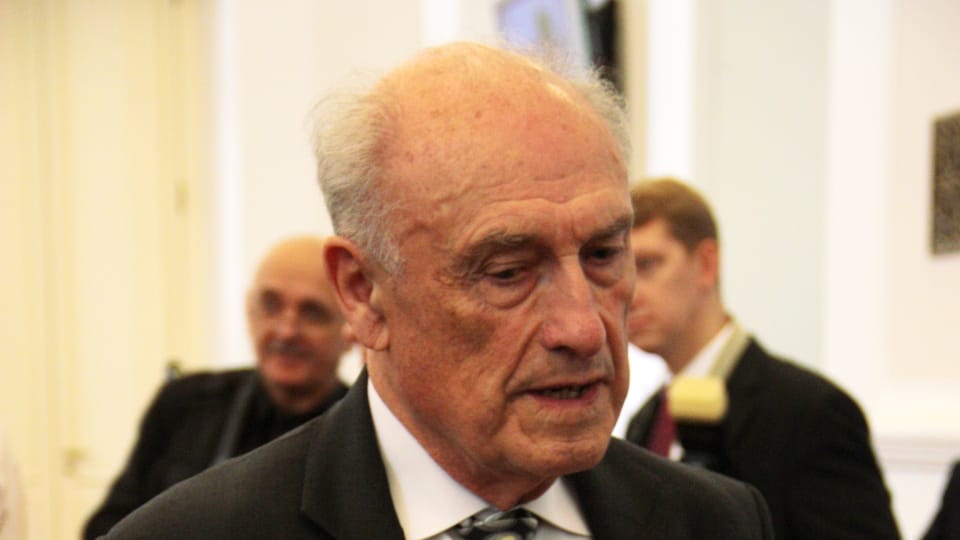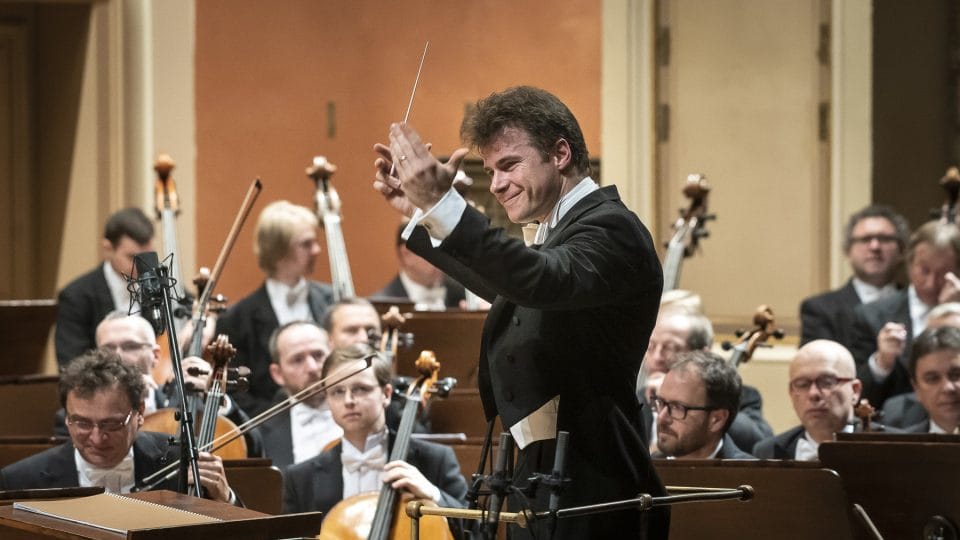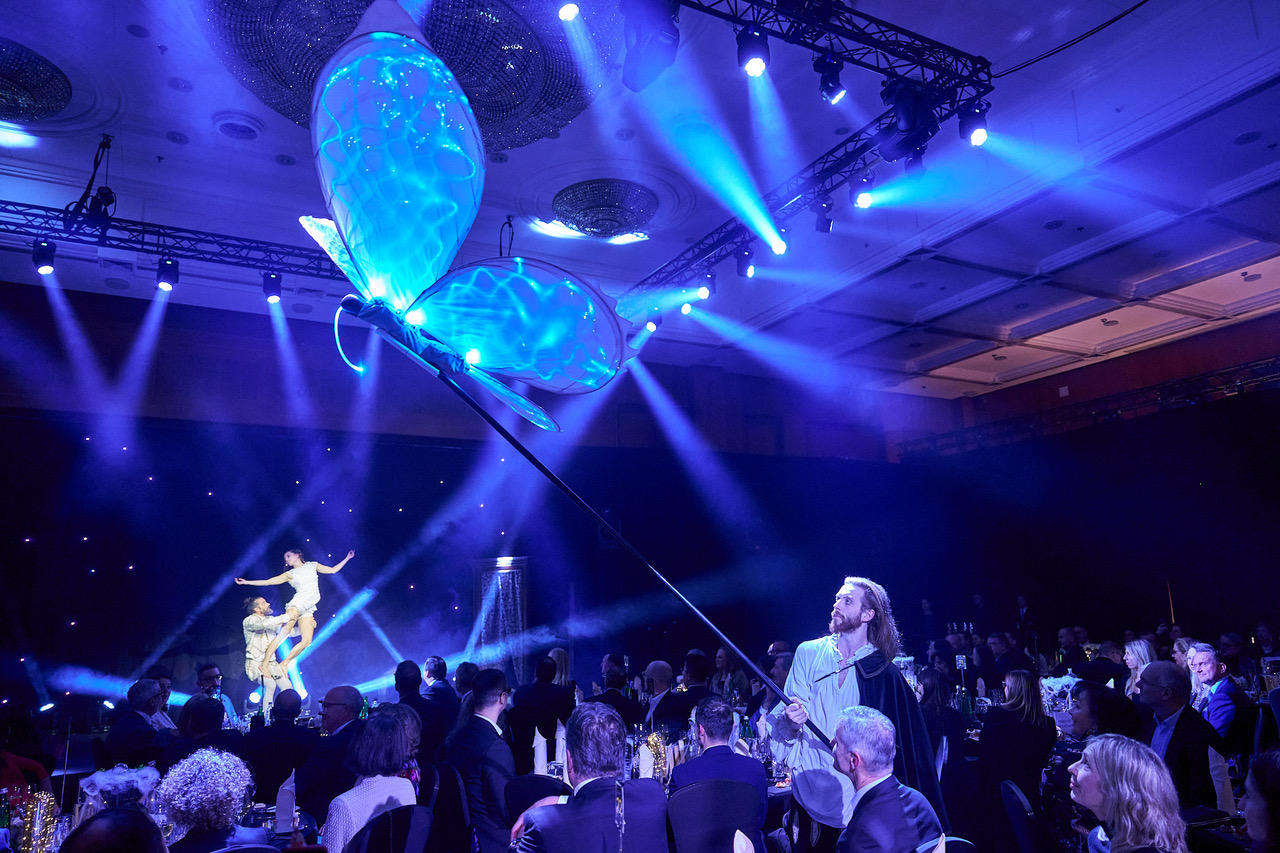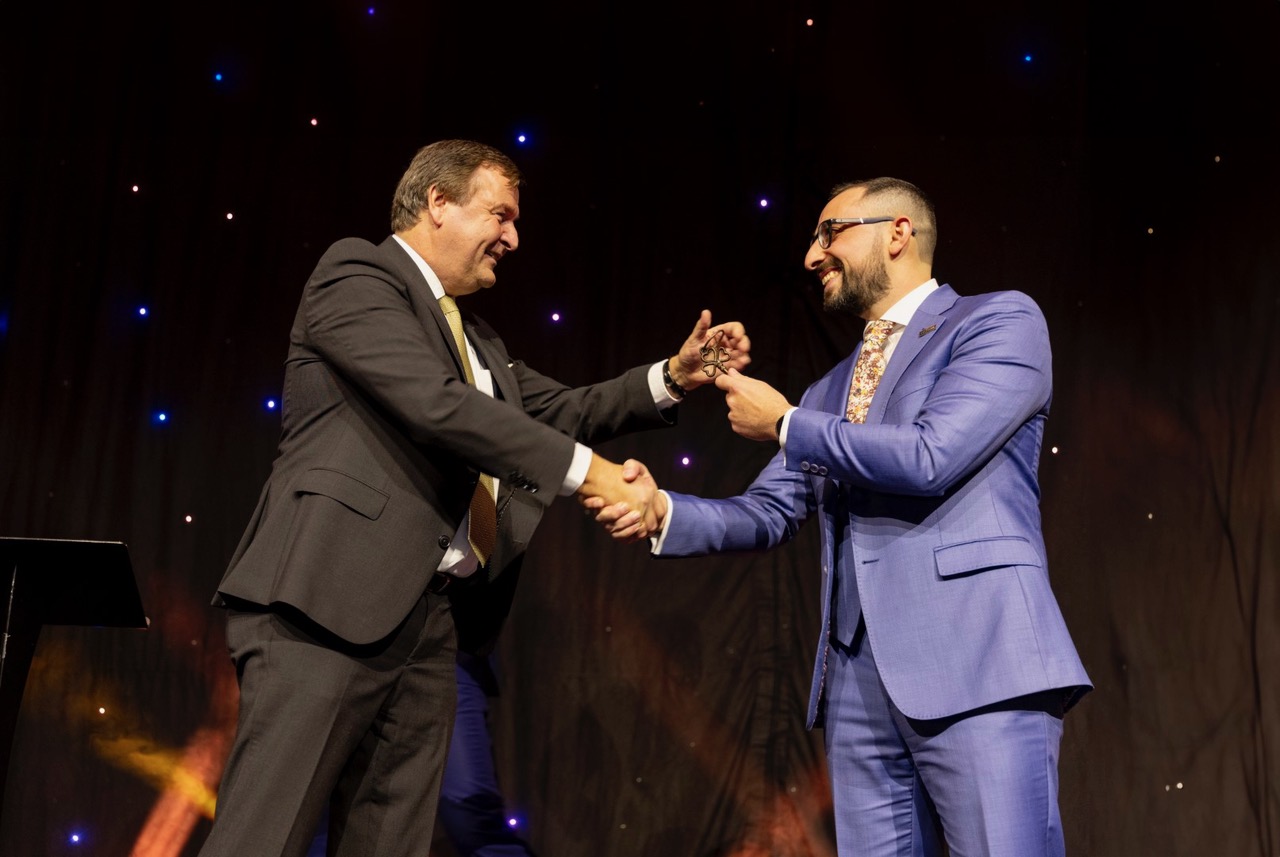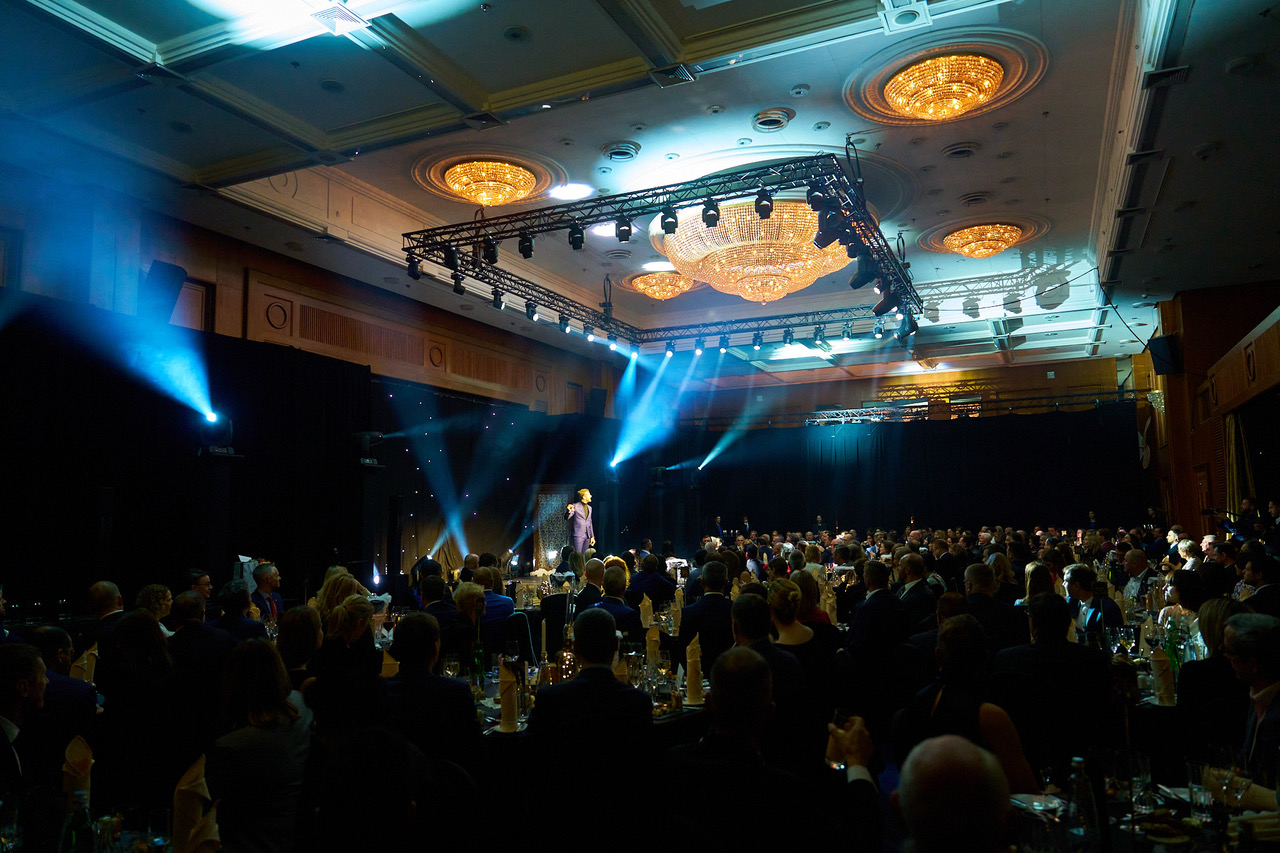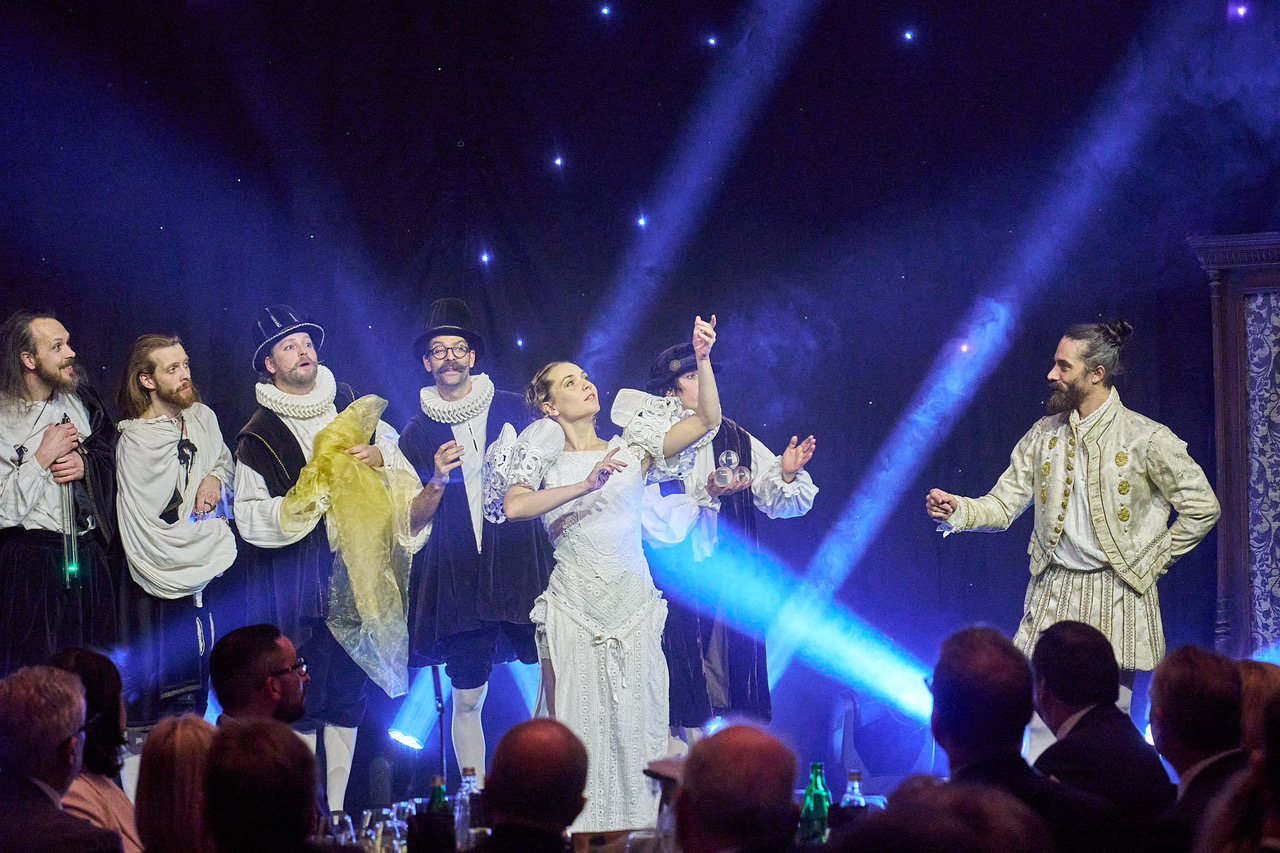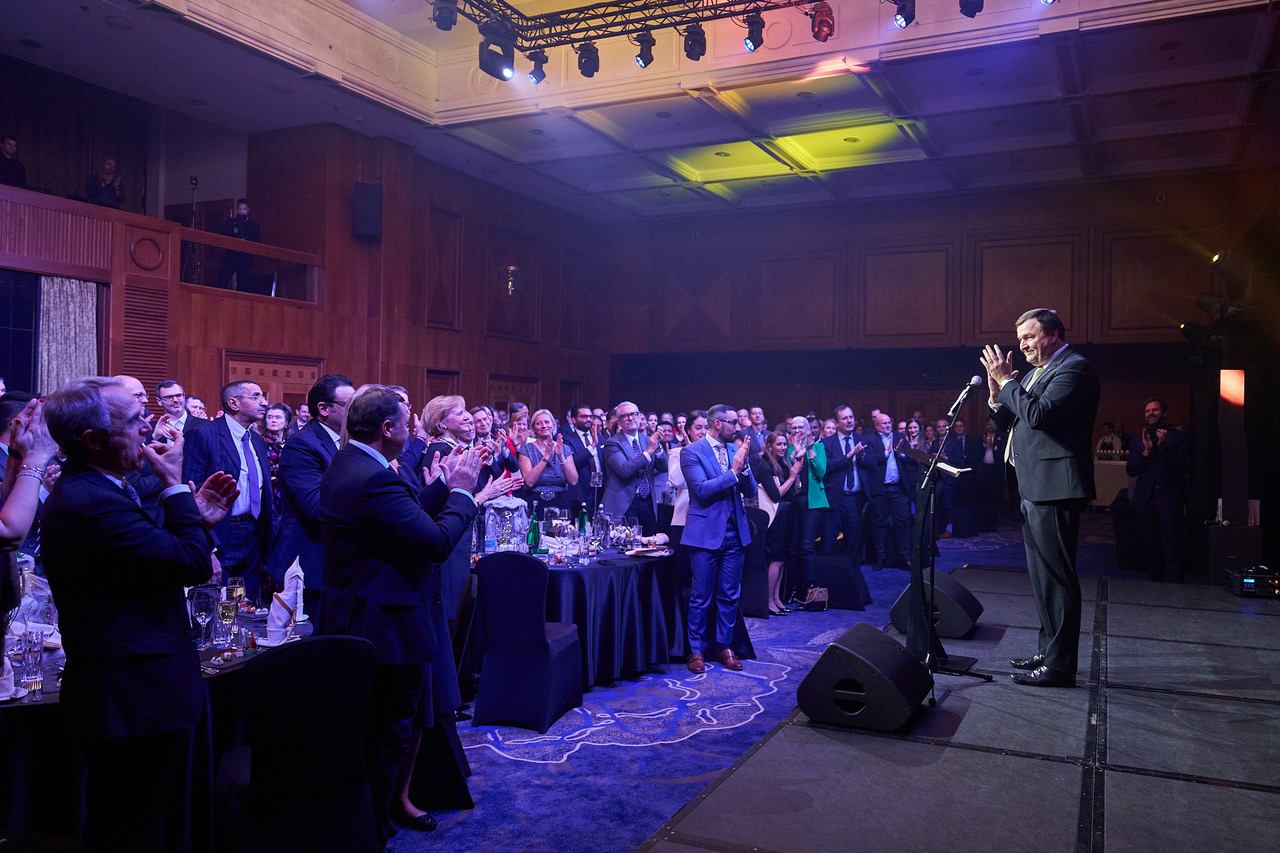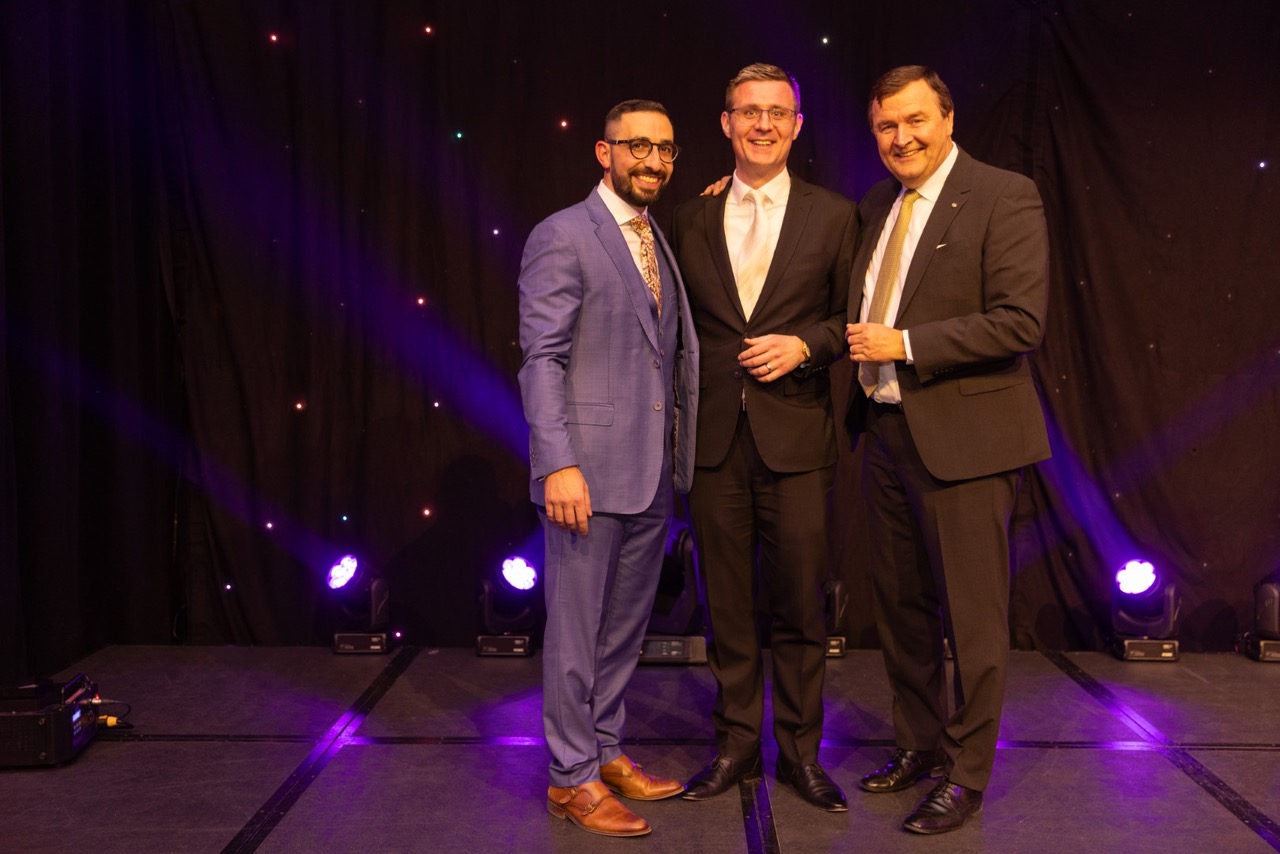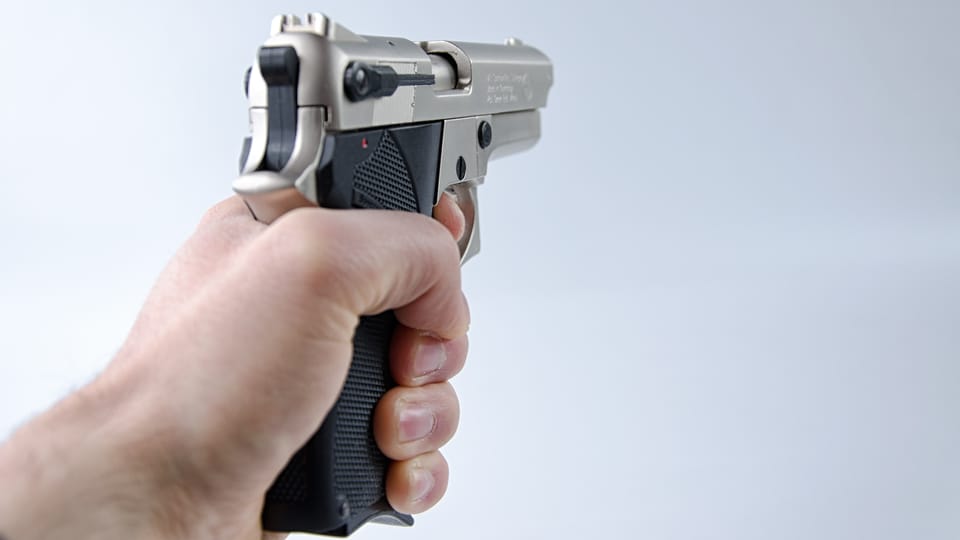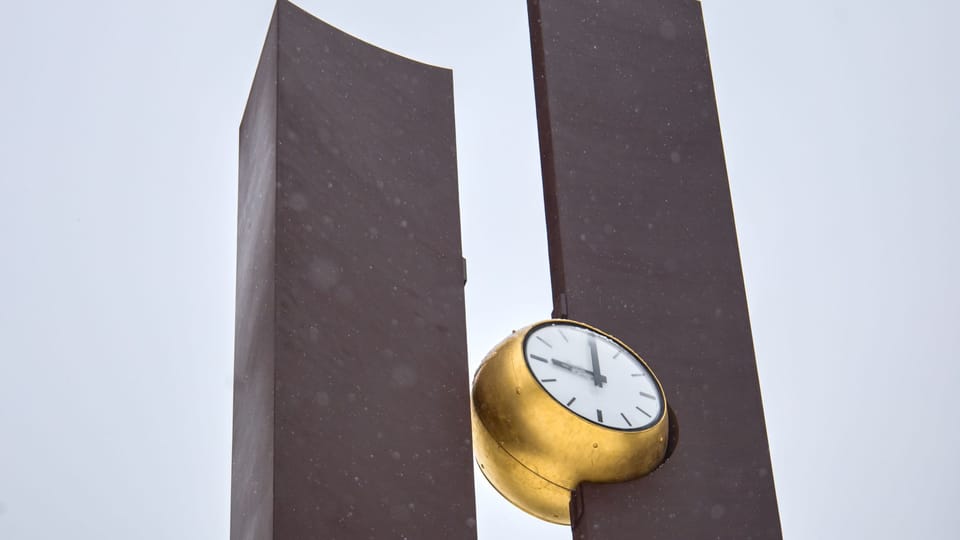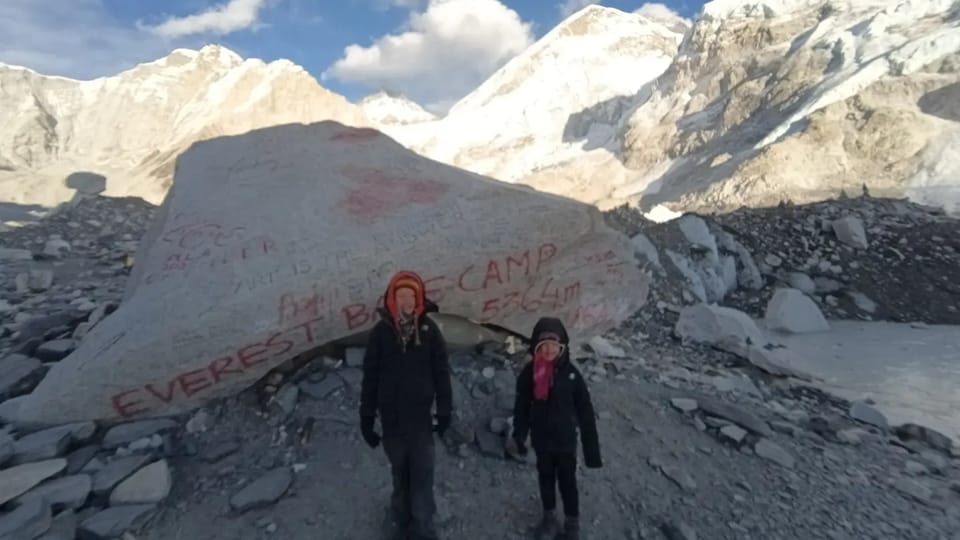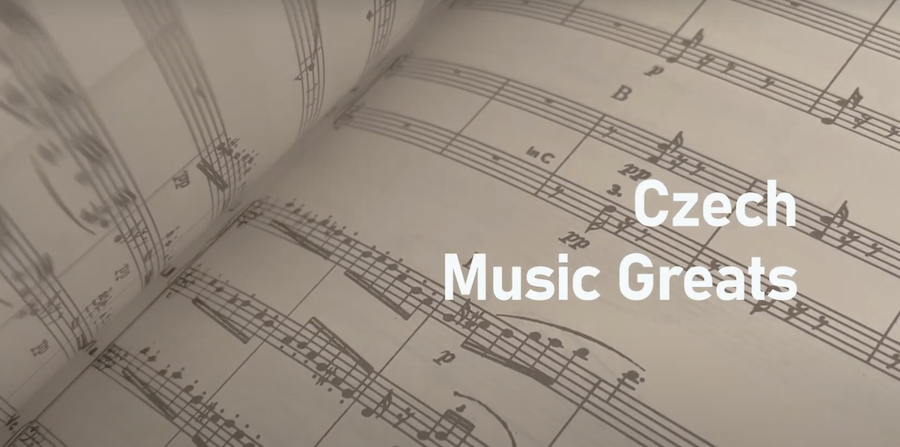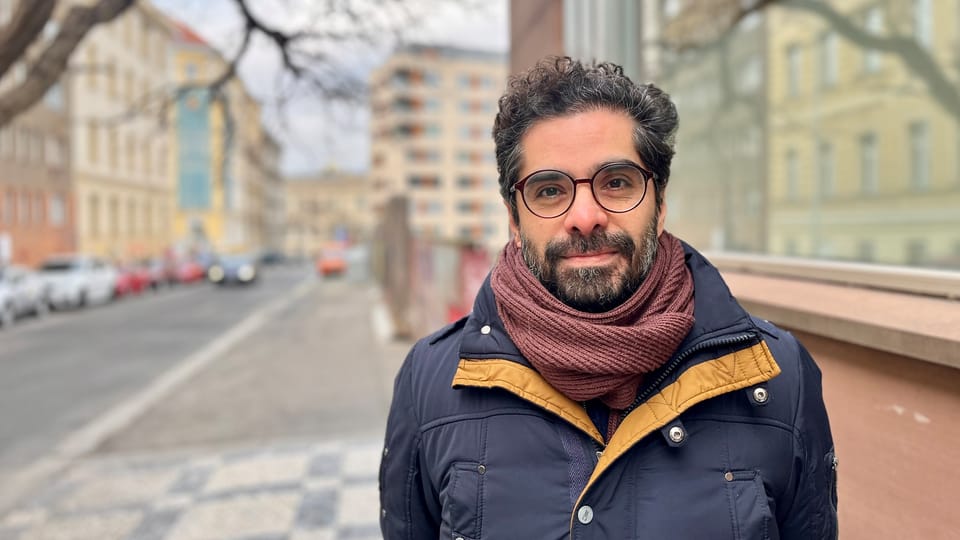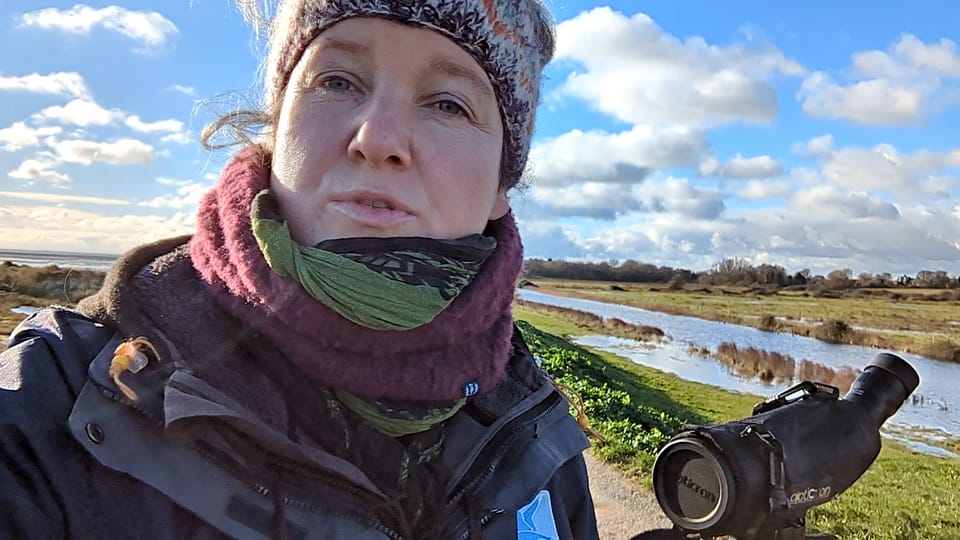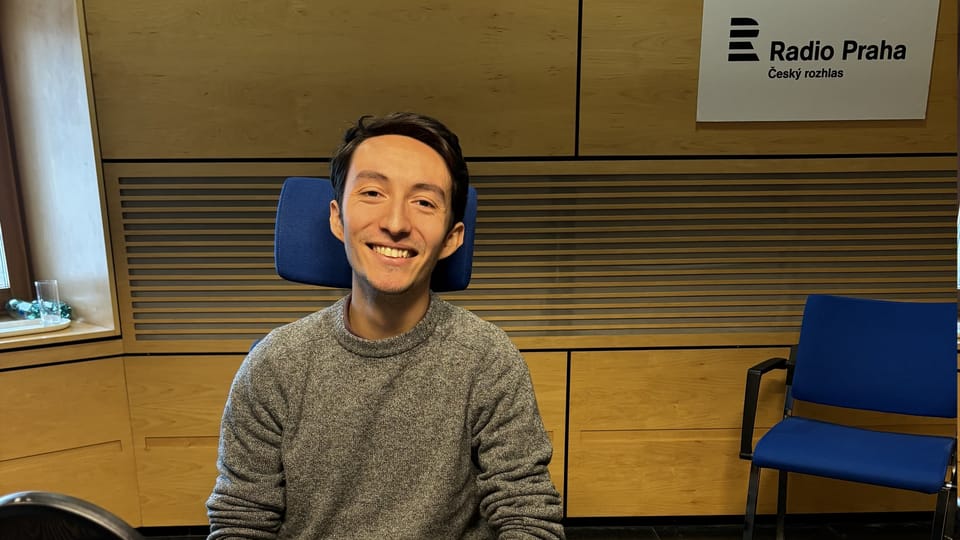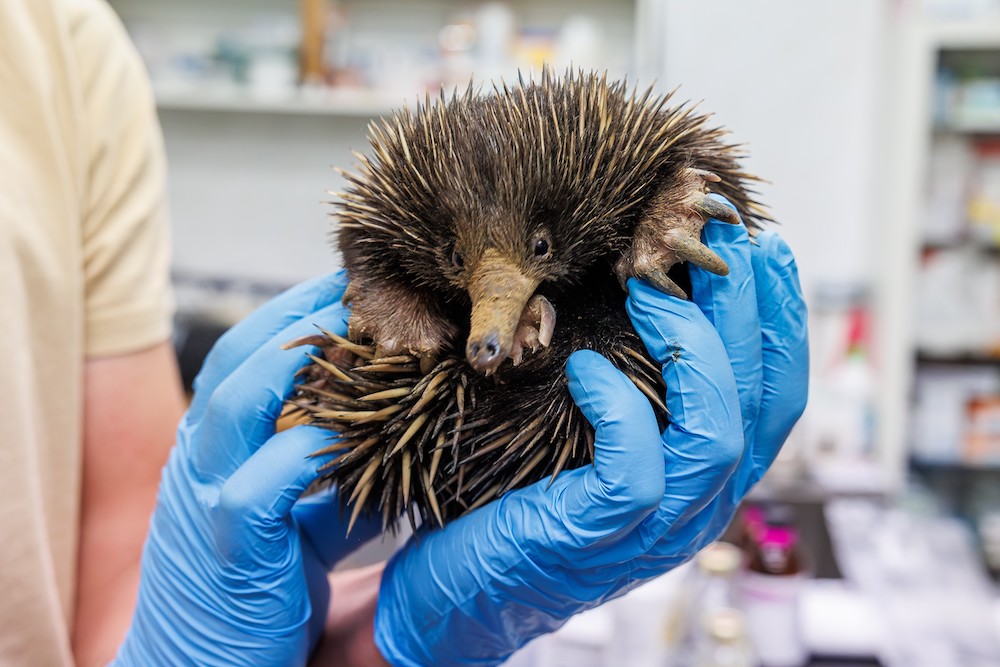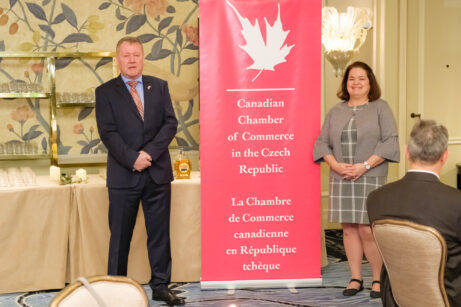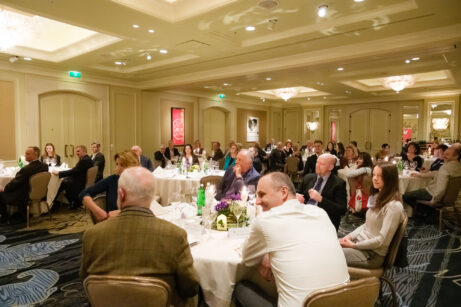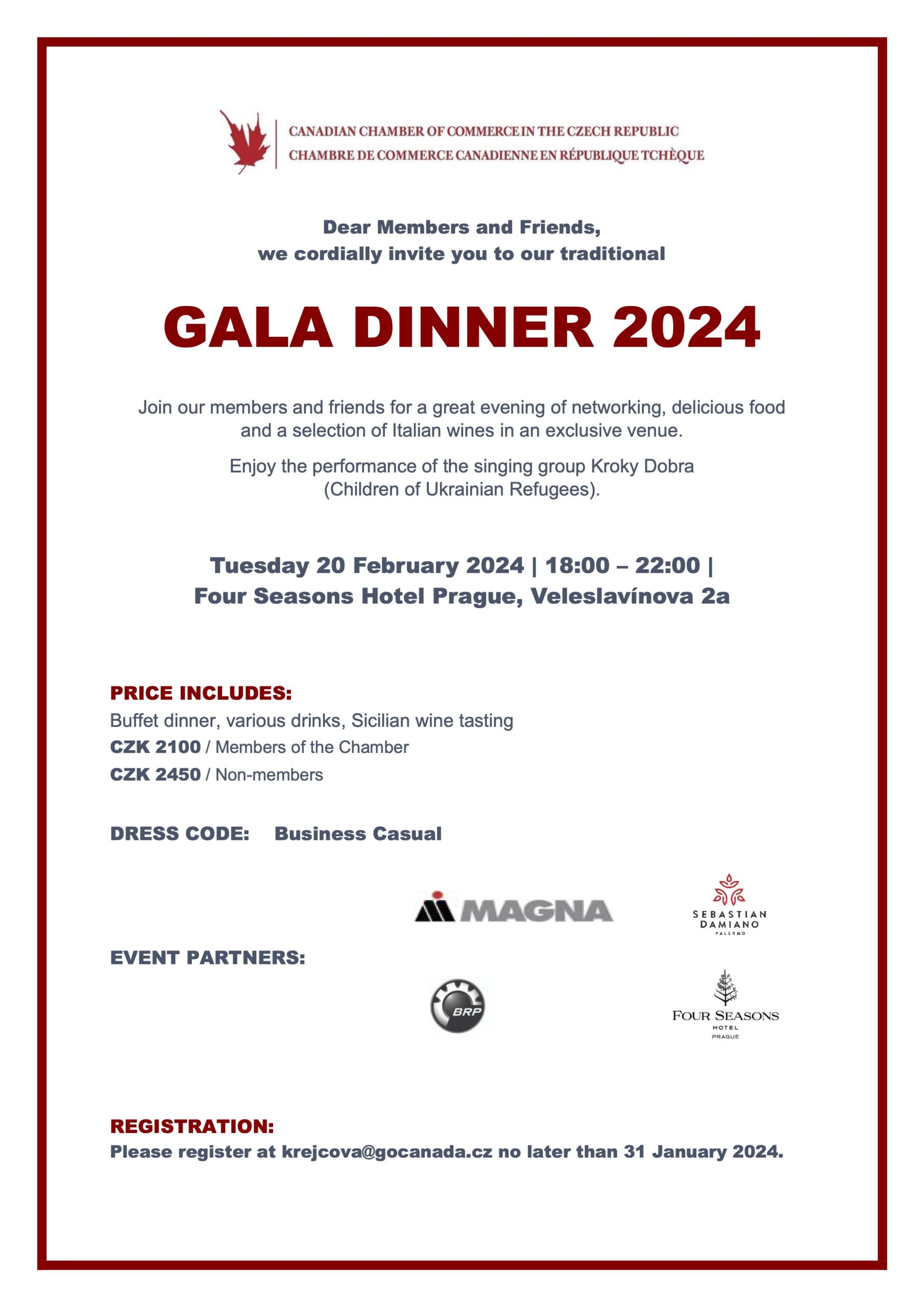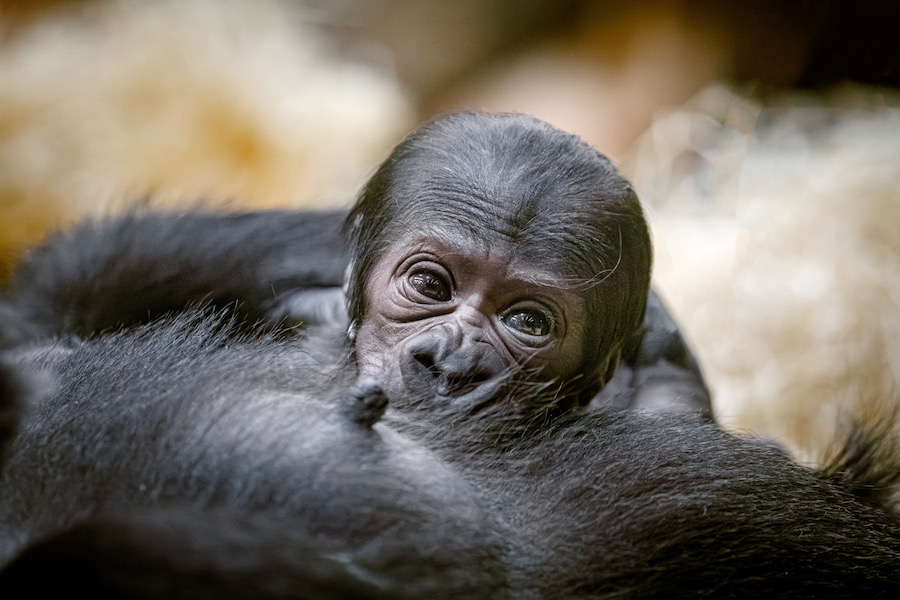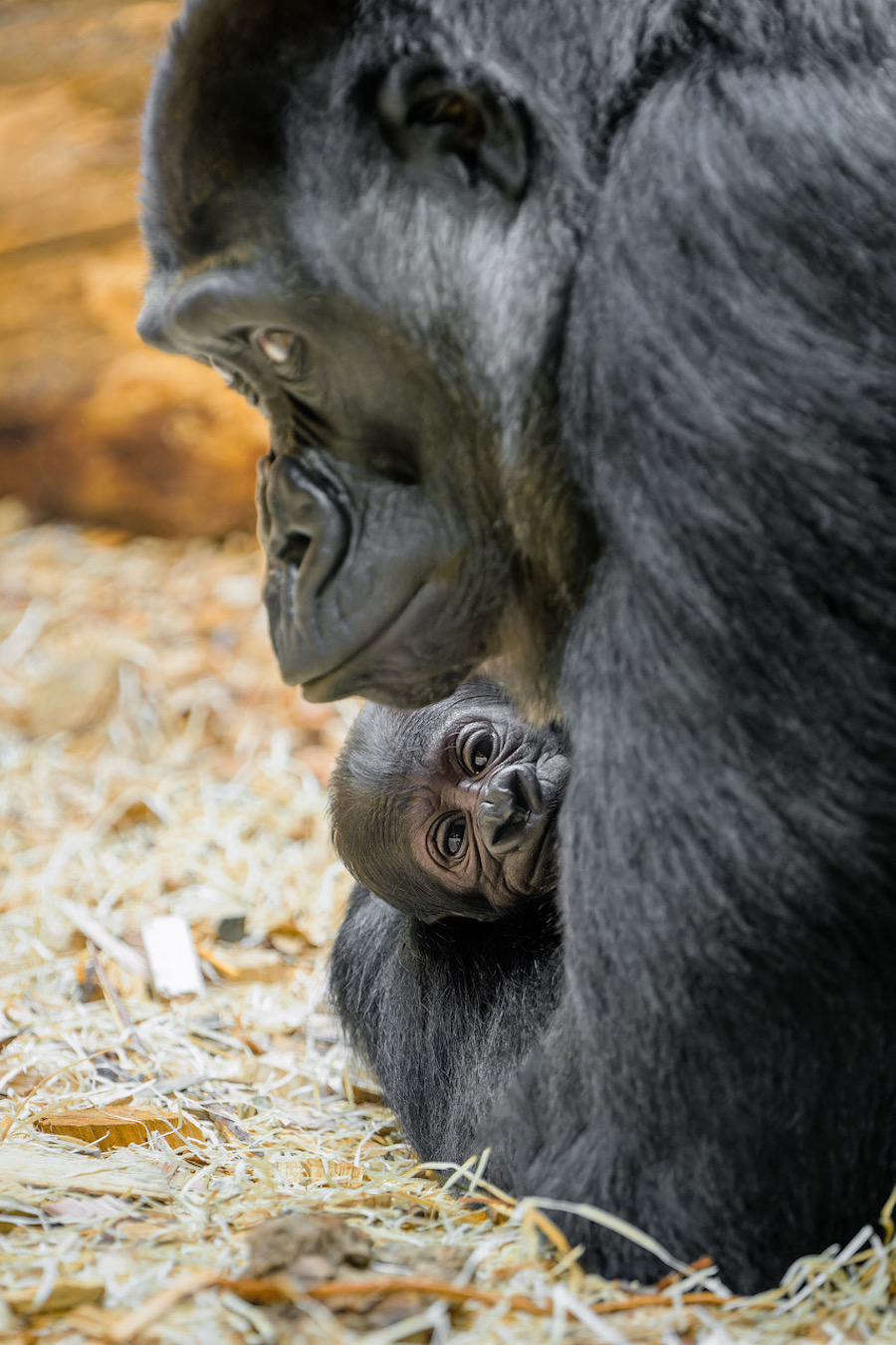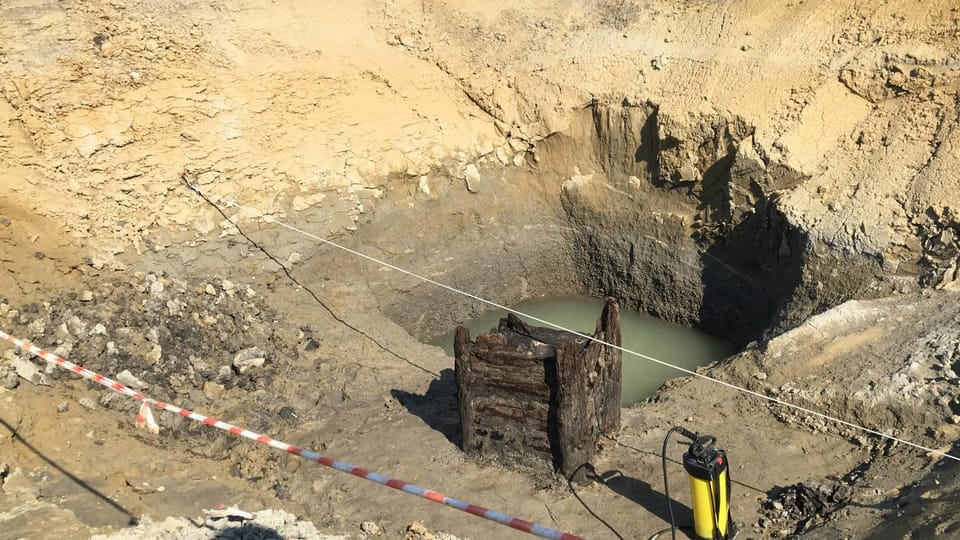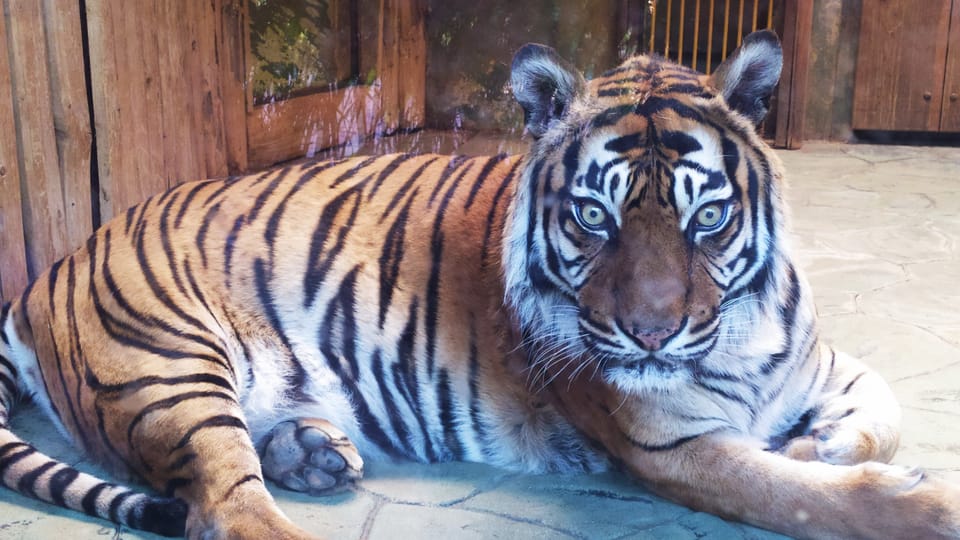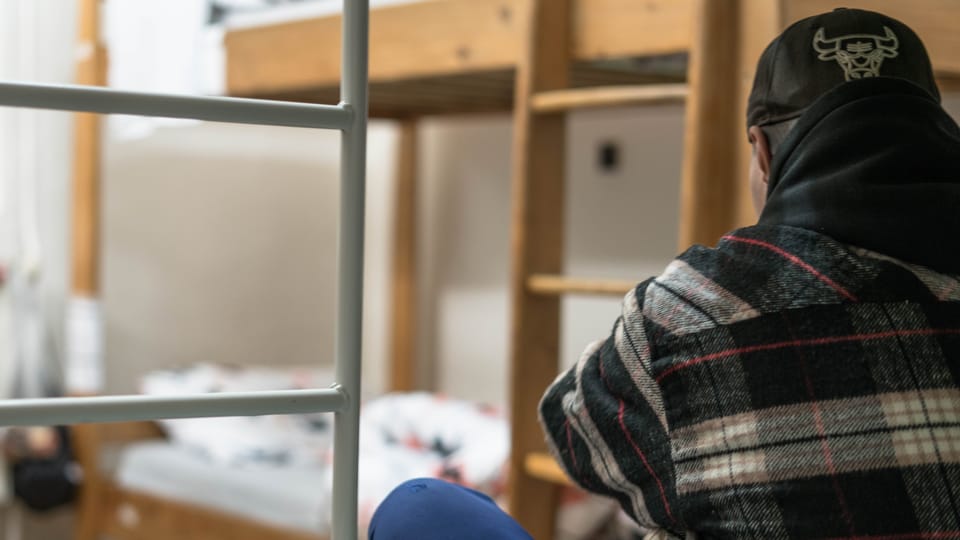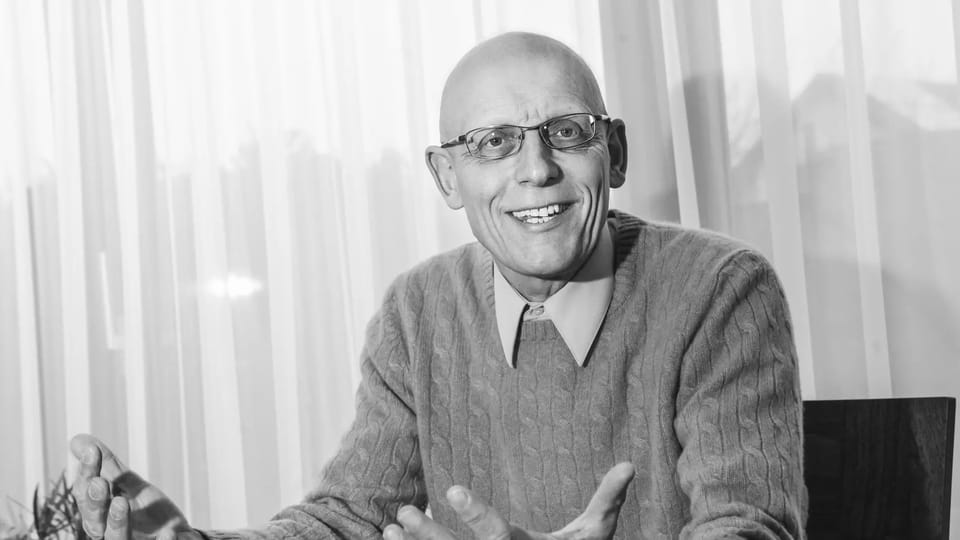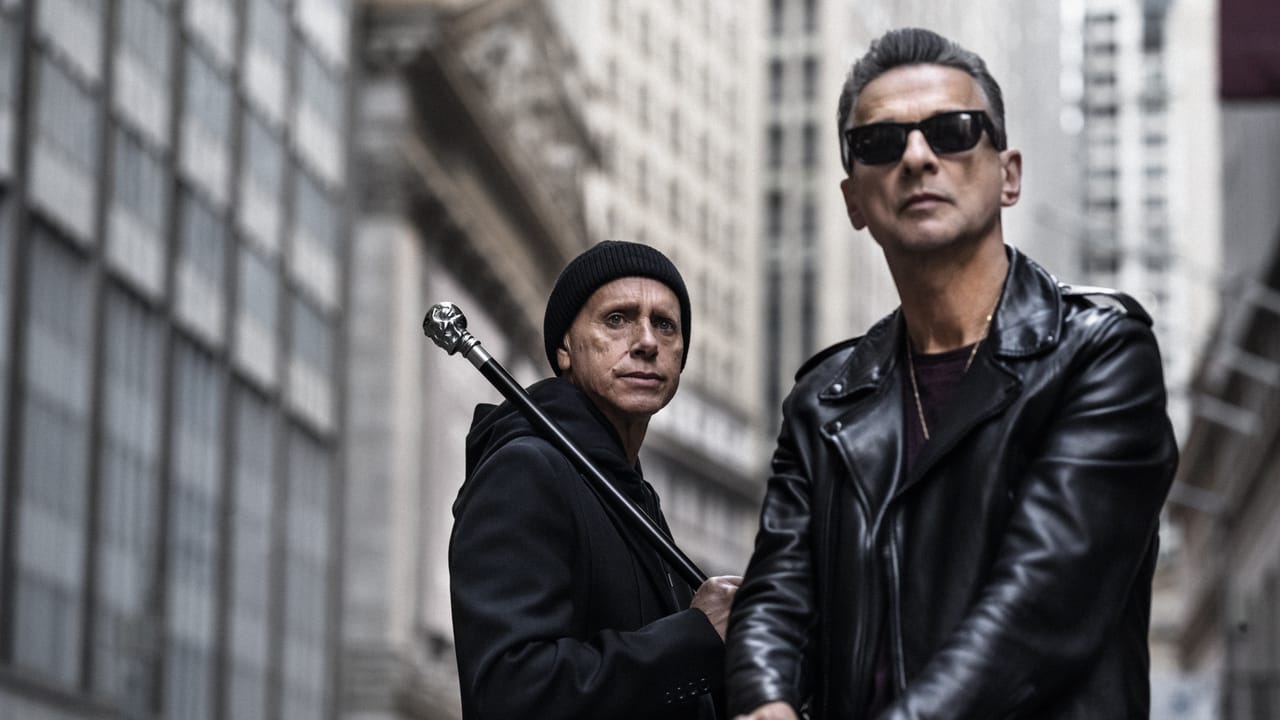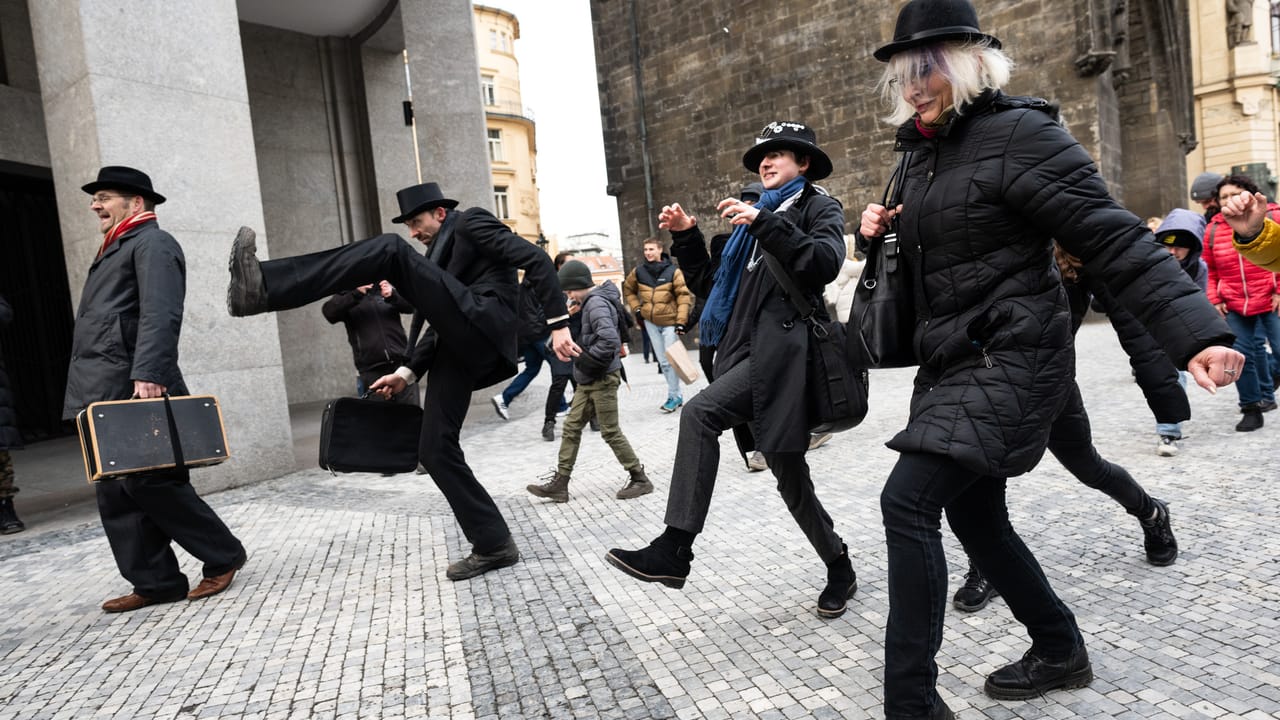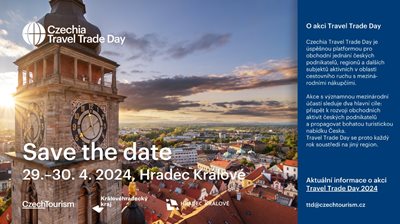
The main communication topic of Czech tourism for the next two years is Active tourism. The key campaign of the CzechTourism agency Unexpected Wellbeing will show how to exercise, relax, and rest while traveling. It follows on from the original and imaginative visual of Unexpected Traditions from 2023, which was appreciated by experts, and moves the theme of active tourism into a non-traditional form tuned in cooperation with the regions. With a common goal not only with the Ministry for Regional Development: to attract as many travelers as possible to the Czech Republic from all over the world.
Tourism is of fundamental importance for the domestic economy. It contributes 95 billion crowns to the GDP and provides 214,000 jobs, which means that every 25th Czech Republic works there. * (*Source: Czech Statistical Office, data for the year 2021) Tourism has the largest share of employment in the Karlovy Vary Region, Prague, and South Moravian Region, and GDP in the Karlovy Vary Region, South Bohemia, and Prague.
“The importance of tourism for the Czech economy is unquestionable. It has a positive impact on the development of regions, prevents their depopulation, and supports investment opportunities. The benefits of tourism need to be brought closer to people – thanks to it, the infrastructure of basic and accompanying services has been built in many regions. We want the Czech Republic to be an attractive destination not only for tourists but also for investors and entrepreneurs. Therefore, one of the first things we did at the Ministry of Regional Development at the beginning of the year was to allocate 200 million crowns to support tourism. In two calls, we will support the equipment of tourist routes, the development of navigation and information systems in destinations, the modification of cross-country ski routes or environmentally friendly transport in tourist regions, and marketing activities,” says Deputy Prime Minister for Digitization and Minister for Regional Development Ivan Bartoš.
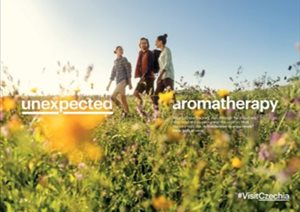
Active tourism is a global trend, where everyone is trying to “get people out of their chairs”. The Czech Republic has all the prerequisites for this: the best system of tourist signage in the world, a great tradition of sports and outdoor activities, and high-quality world-renowned spas that are also on the UNESCO list.
“The good news is that we managed to negotiate about 27 million CZK more for tourism this year than last year. The budget of the CzechTourism agency increased to CZK 400 million compared to last year’s roughly 373 million. In this way, we will be able to strengthen the visibility of the Czech Republic abroad and at domestic events,” says František Reismüller, director of the Czech Tourism Office – CzechTourism, adding: “Money naturally plays a very important role in how individual countries manage to attract guests from abroad. Although in the first three quarters of last year, mass accommodation facilities in the Czech Republic were visited by almost 2.3 million more tourists than in 2022, approximately 17.4 million, more than half of them were domestic travelers. There were 10.2 million of them, while 7.2 million foreigners came to us. At the same time, foreign tourists spend more than residents on trips to and around the Czech Republic. Germany, Poland, Slovakia, the USA and Great Britain were the most creditworthy markets for the Czech Republic from the 1st quarter of 2022 to the 3rd quarter of 2023. It is there, but not only, that we want to target our biggest campaigns this year.”
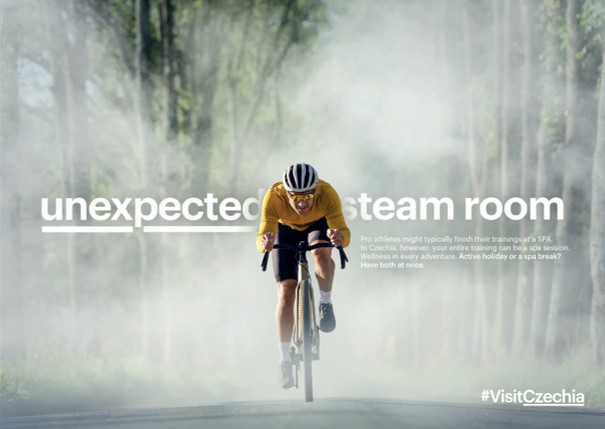
The new communication concept of the Czech Tourism Board’s 2024 and 2025 Unexpected Wellbeing campaigns is based on the idea that the Czech Republic is de facto one big spa. There is such relaxation, beautiful nature, and rich culture that even if you spend your vacation in the Czech Republic actively relaxing, you feel like you are in a spa. And so each one easily sports activity becomes an unexpected spa procedure. The visuals, which were primarily created in English, have slogans (claims) such as “unexpected steam room” for a photo of a cyclist in the fog, “unexpected pedicure” for a photo of bare feet walking on rocks in the forest or “unexpected aromatherapy” for a group of people walking across a blossoming meadow. In addition to the campaigns, CzechTourism is also planning a whole range of other activities.
“Of course, our biggest B2B event aimed at buyers and representatives of travel agencies from all over the world and domestic experts and entrepreneurs in the tourism industry will take place again this year under the name Czechia Travel Trade Day. It is held in a different regional city every year. Last year’s very successful one in Brno, on which we worked intensively with the Center for Tourism – South Moravia and the statutory city of Brno, was attended by 74 buyers from 23 countries around the world, and 1,800 individual B2B meetings took place over two days. We are preparing this year’s so-called TTD for April 29 and 30 in Hradec Králové, it will be the 7th edition,” says František Reismüller, director of the Czech Tourism Office – CzechTourism, adding: “In addition, we will continue to develop our destination portals Visit Czechia and Kudy and Nudy, which last year recorded the highest number of visitors in history – VC more than 2.4 million, KzN more than 28 million visits. In general, it is clear that digitization and tourism are inextricably linked.”
“We are also preparing a new approach to the registration of accommodated tourists. Imagine not having to fill out lengthy paper forms when visiting an accommodation facility. Instead, we are entering the era of digital tourism, when a single digital place will be used to register tourists in our accommodation facilities. At the Ministry for Regional Development, we are working on an amendment that will reduce the administrative burden and adapt the tourism industry to new technologies. We will have data in real-time, which will benefit not only our ministry but also the foreign police, the statistical office, and the municipalities themselves. Each mayoress will see how many tourists they currently have in their cadastre and how much money they will get into the budget in fees thanks to them. These can then be used, for example, to develop infrastructure,” says Deputy Prime Minister for Digitization and Minister for Regional Development Ivan Bartoš and adds: “This revolution in accommodation records naturally also includes tourists who use online accommodation platforms. Every visitor to our country will be required to register, in accordance with the European Union regulation currently being discussed by the European Parliament. Modern times demand modern solutions – we will not stand by, but will meet them.”
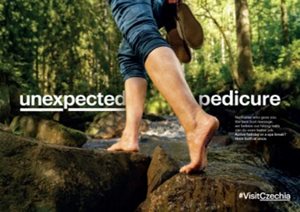
In 2024, the further involvement of artificial intelligence (AI) in the Kudy z nudy and Visit Czechia portals should also be analyzed in order to facilitate the work of users. On/s Kudy z nudy will continue to create thematic landing pages and conclude data alliances so that it is possible to use high-quality external data sources. Currently, CzechTourism, among other things, is helping to implement a project of the Ministry of Culture in the context of the 200th anniversary of the birth of Bedřich Smetana. Not only thanks to this composer, the year 2024 is known as the Year of Czech Music, in which a whole series of events will take place in connection with classical music, information about which can already be found on a special signpost.
At KzN, people can also familiarize themselves with the upcoming news of 2024, sports events and what domestic spas are planning this year. And the Czech Tourism Office, in cooperation with partners, is also preparing the Tourism Forum, which will be part of the HOLIDAY WORLD & REGION WORLD 2024 fairs in March, the presentation of the Czech Republic at foreign fairs, various events under the banner of the Czech Convention Bureau, etc.
